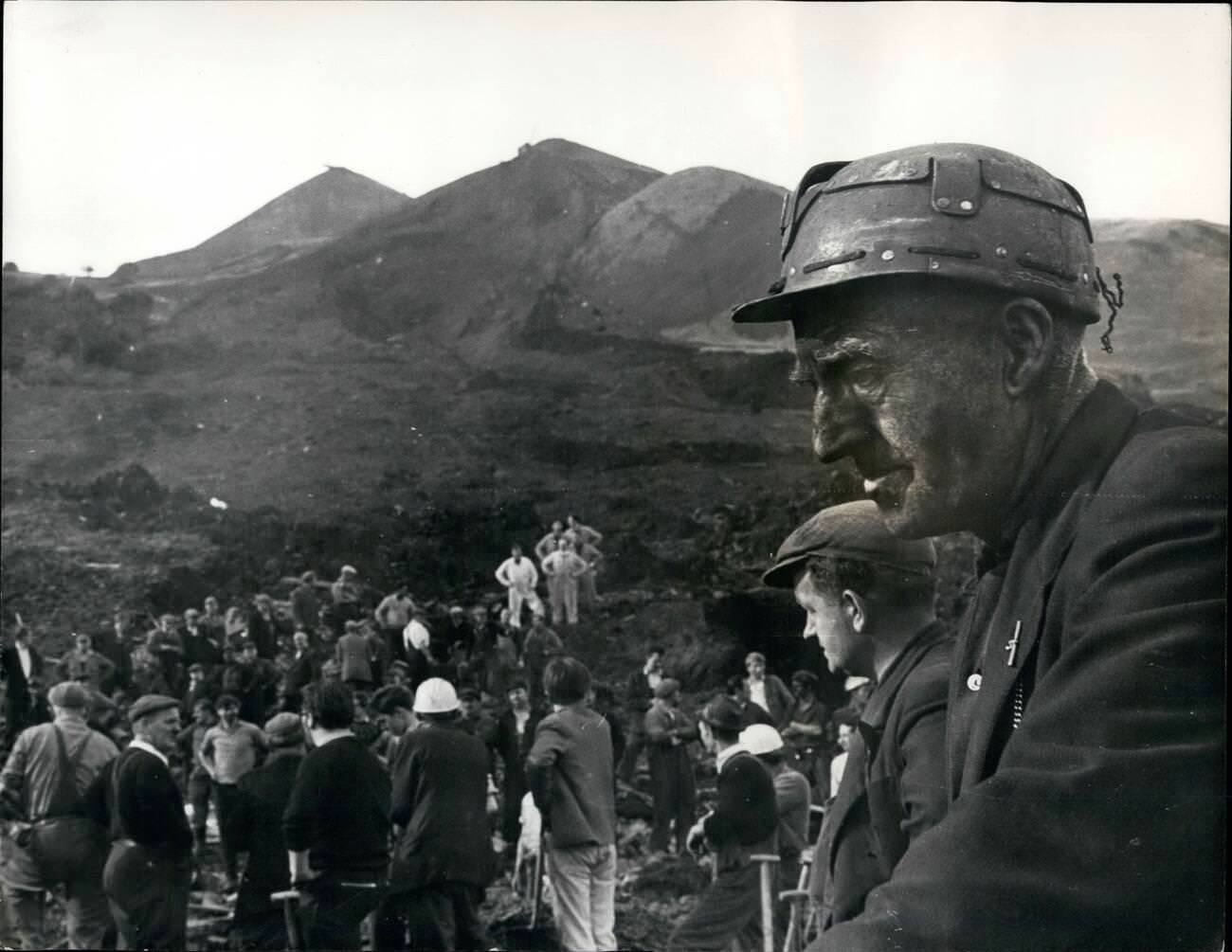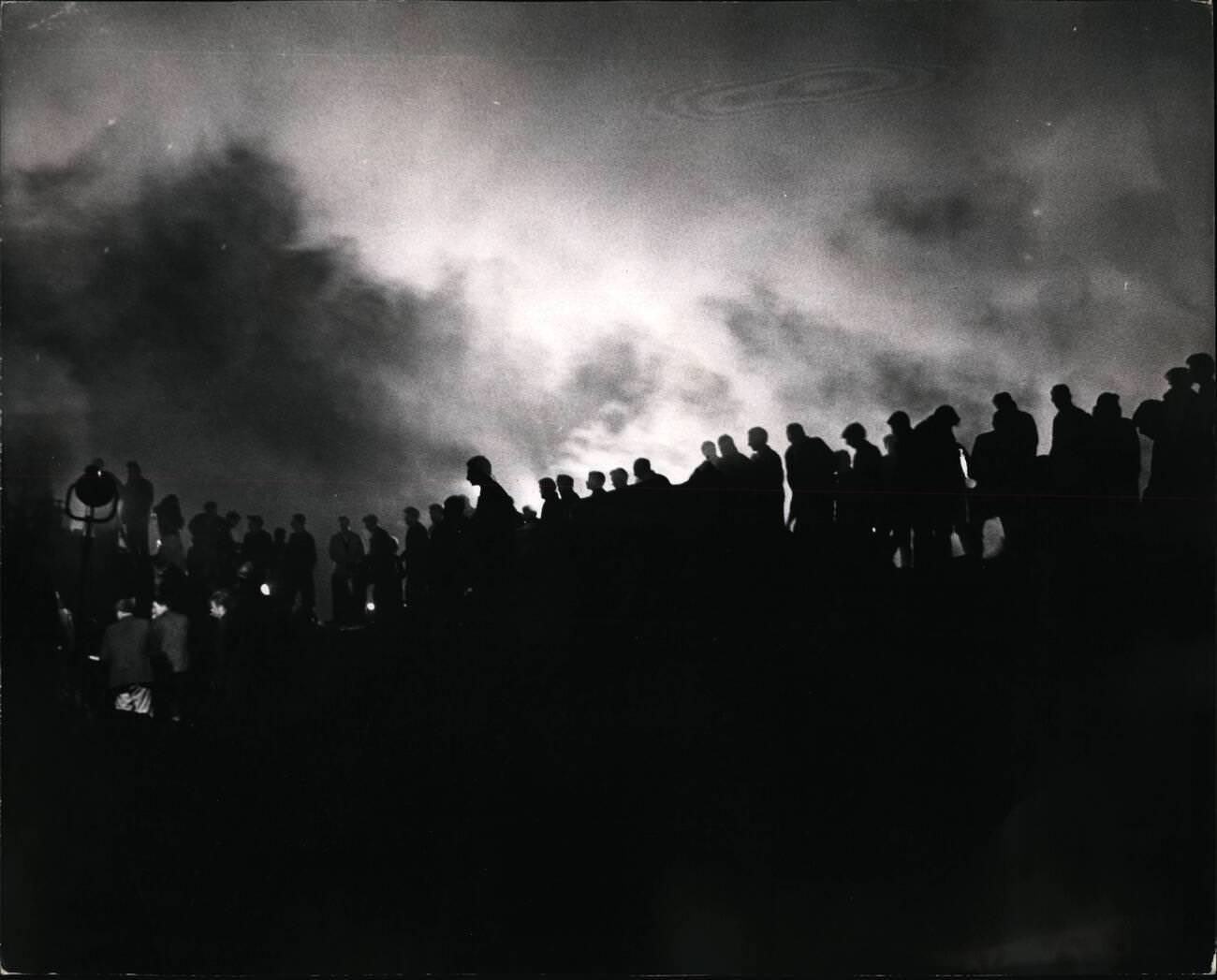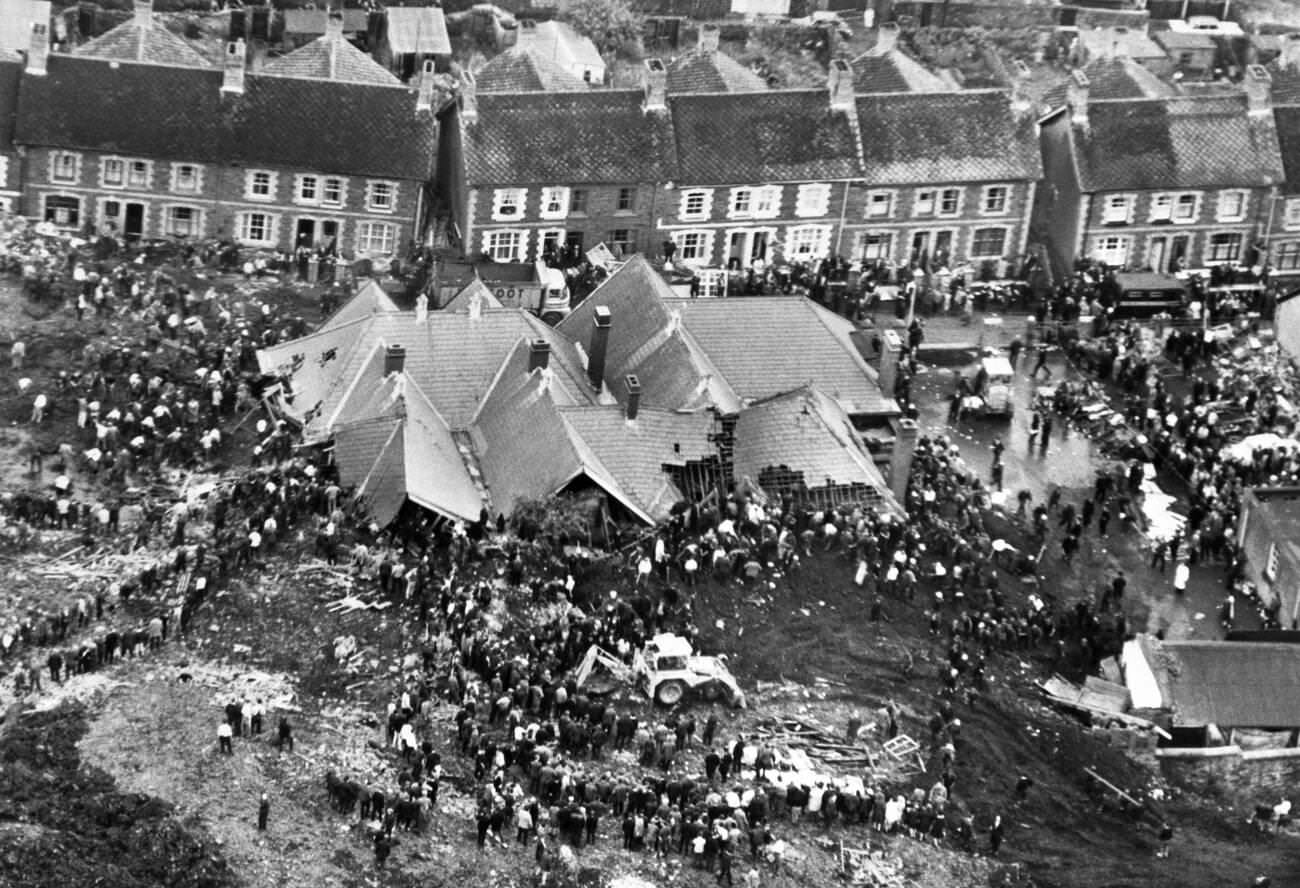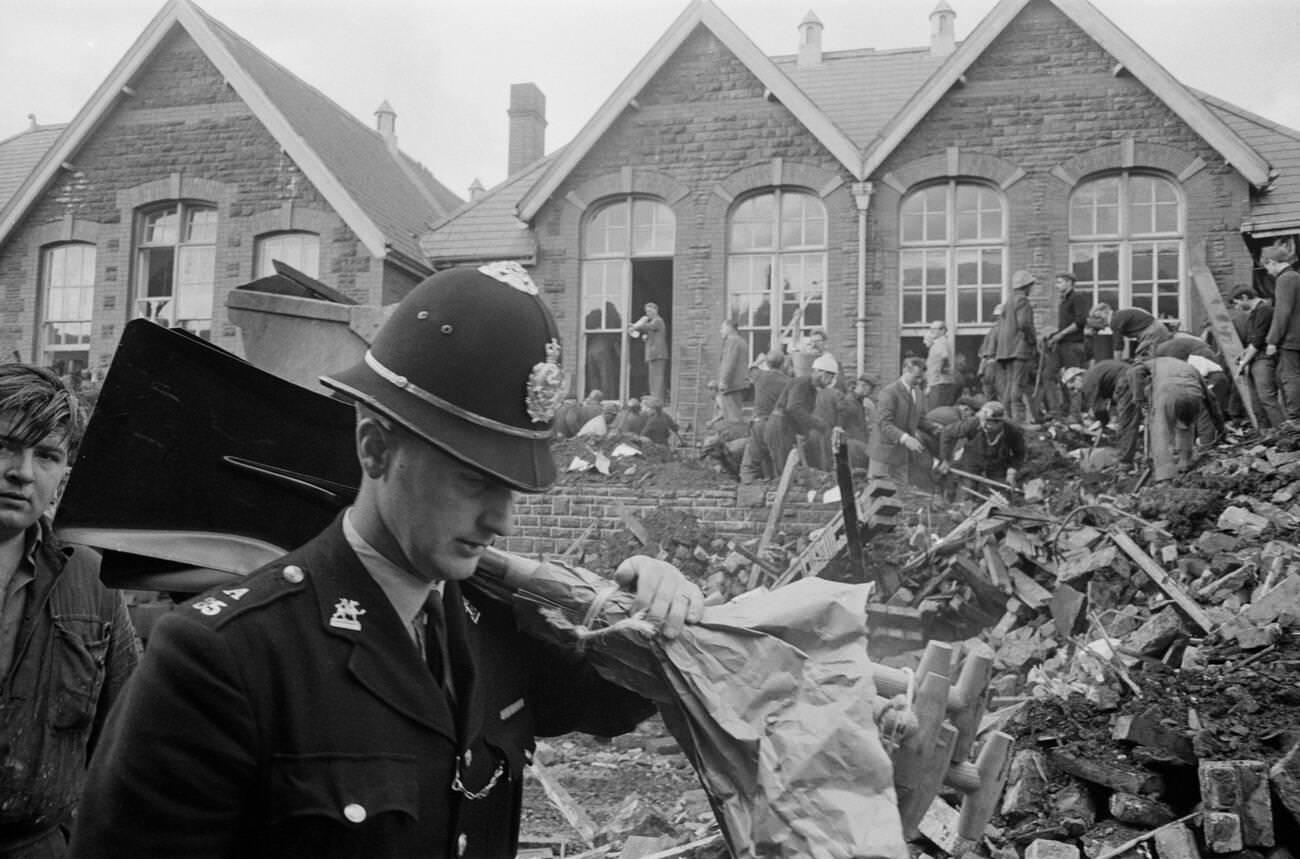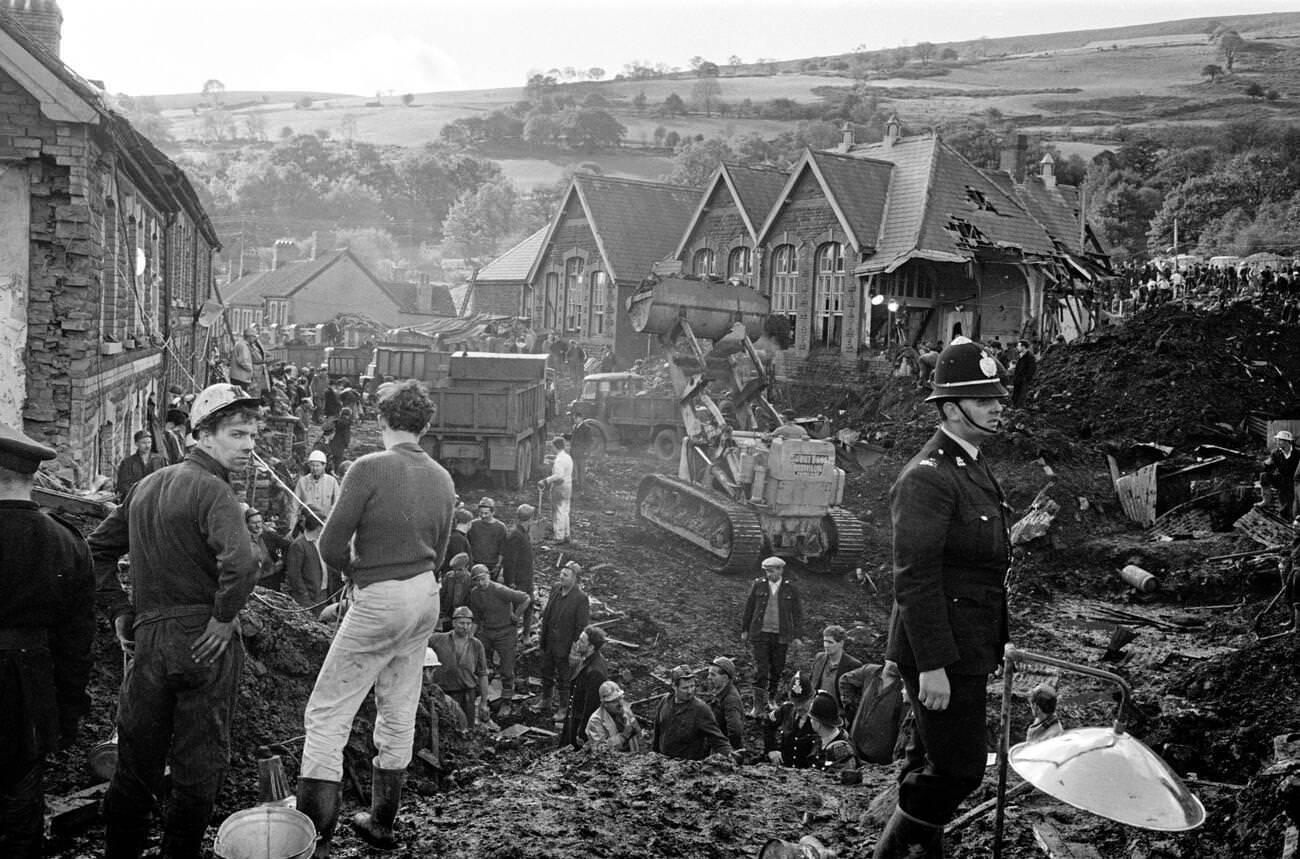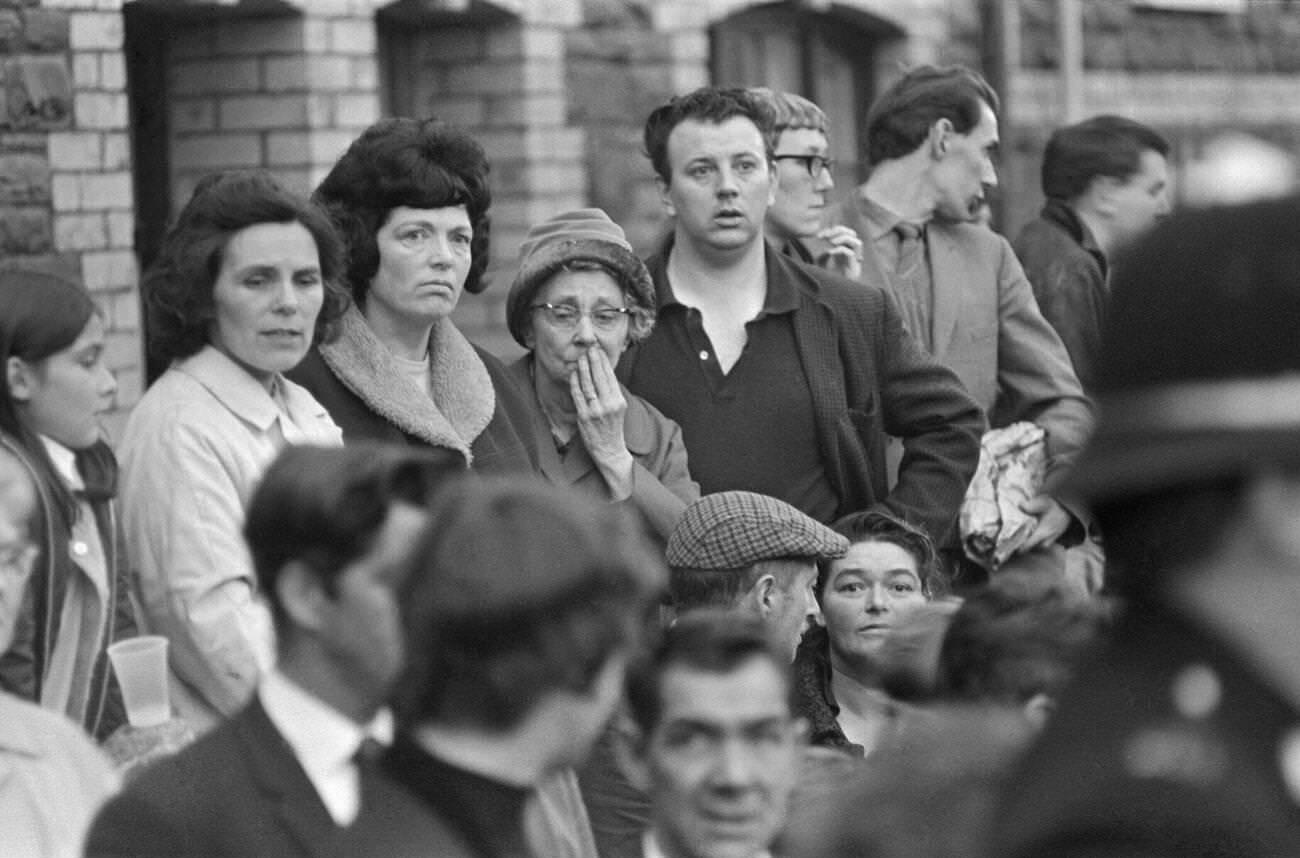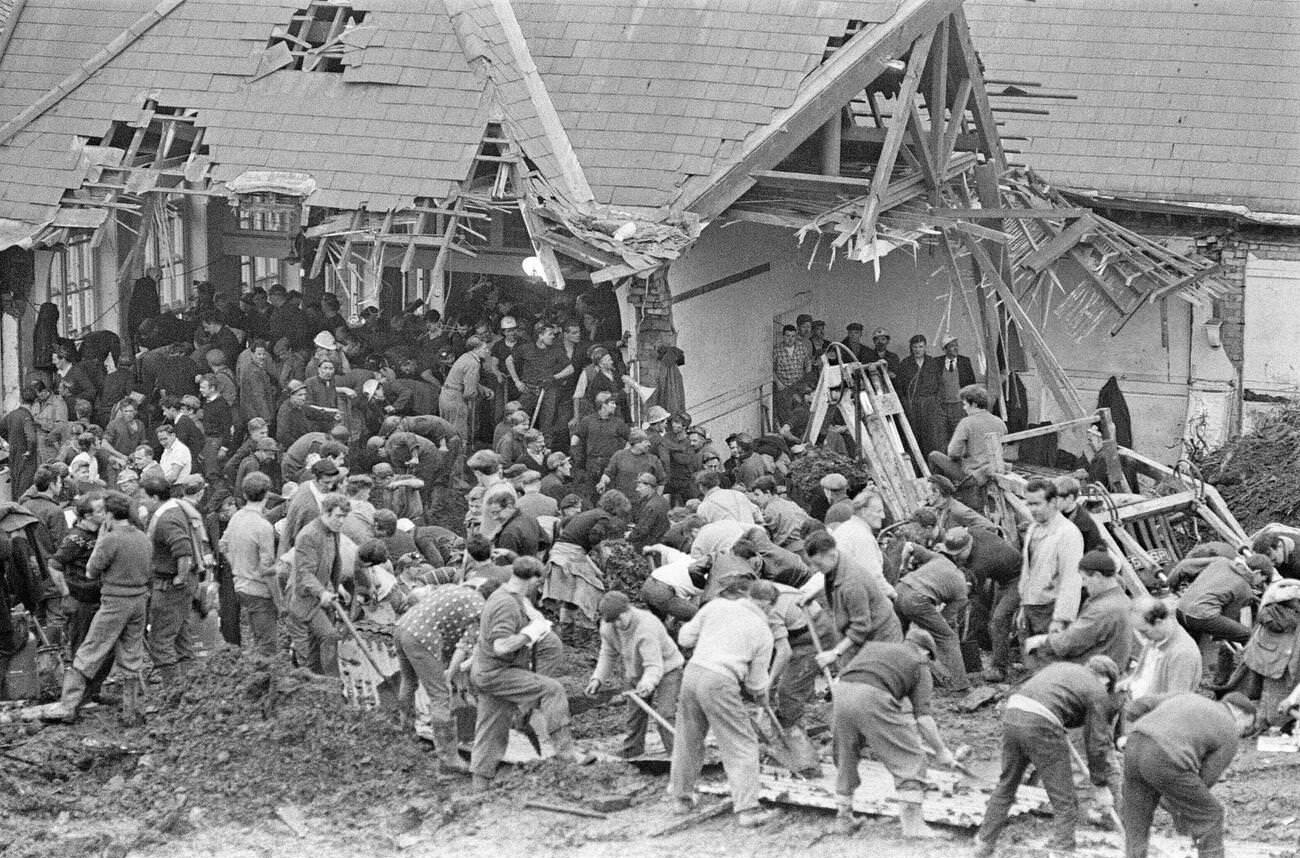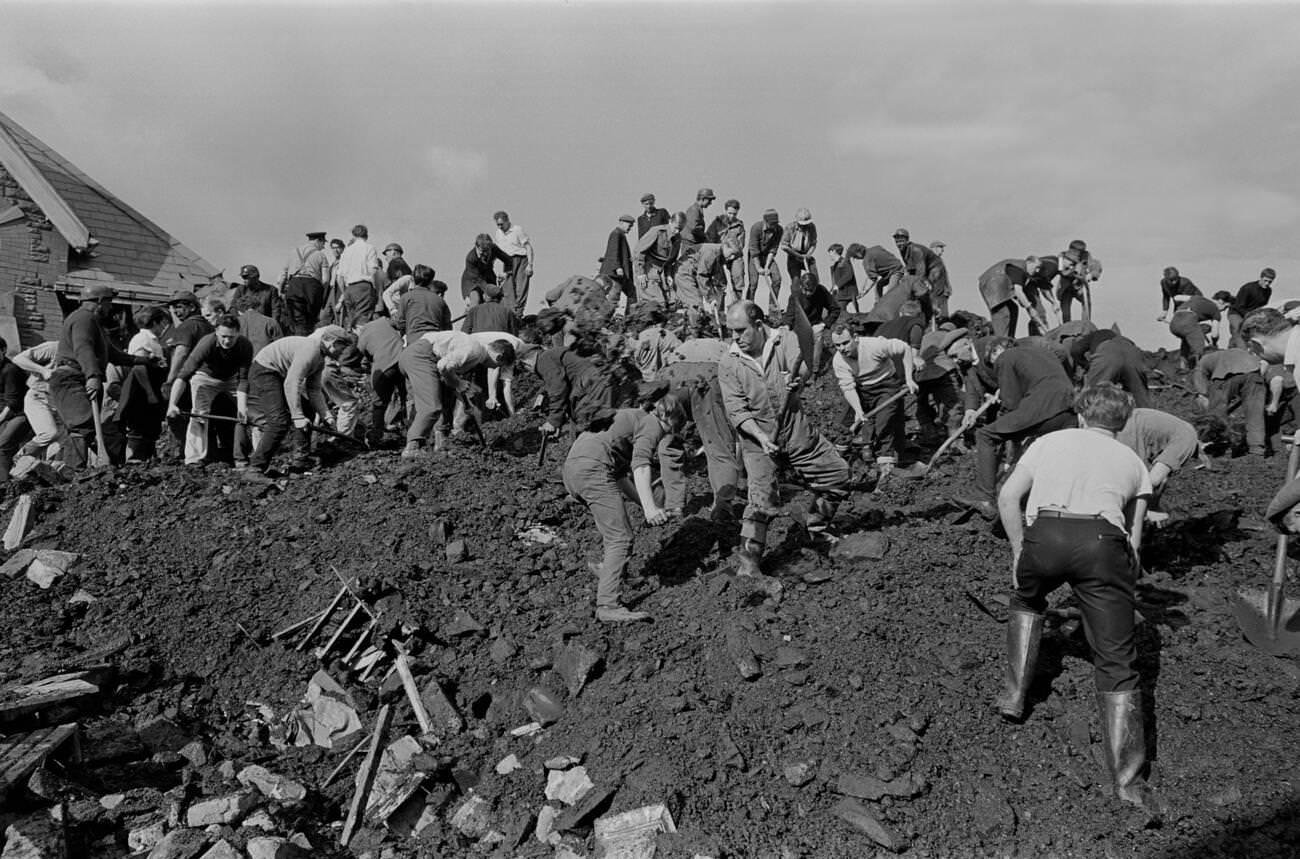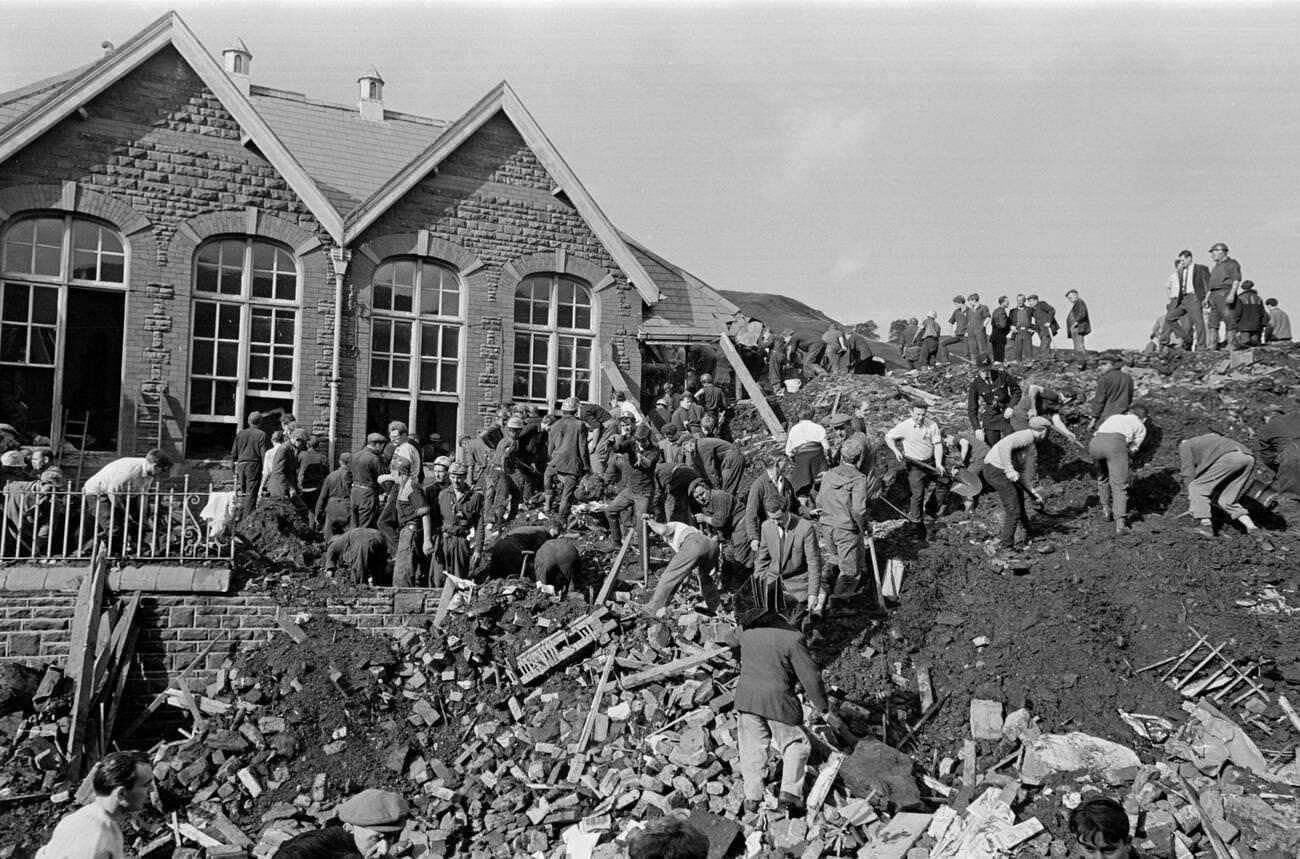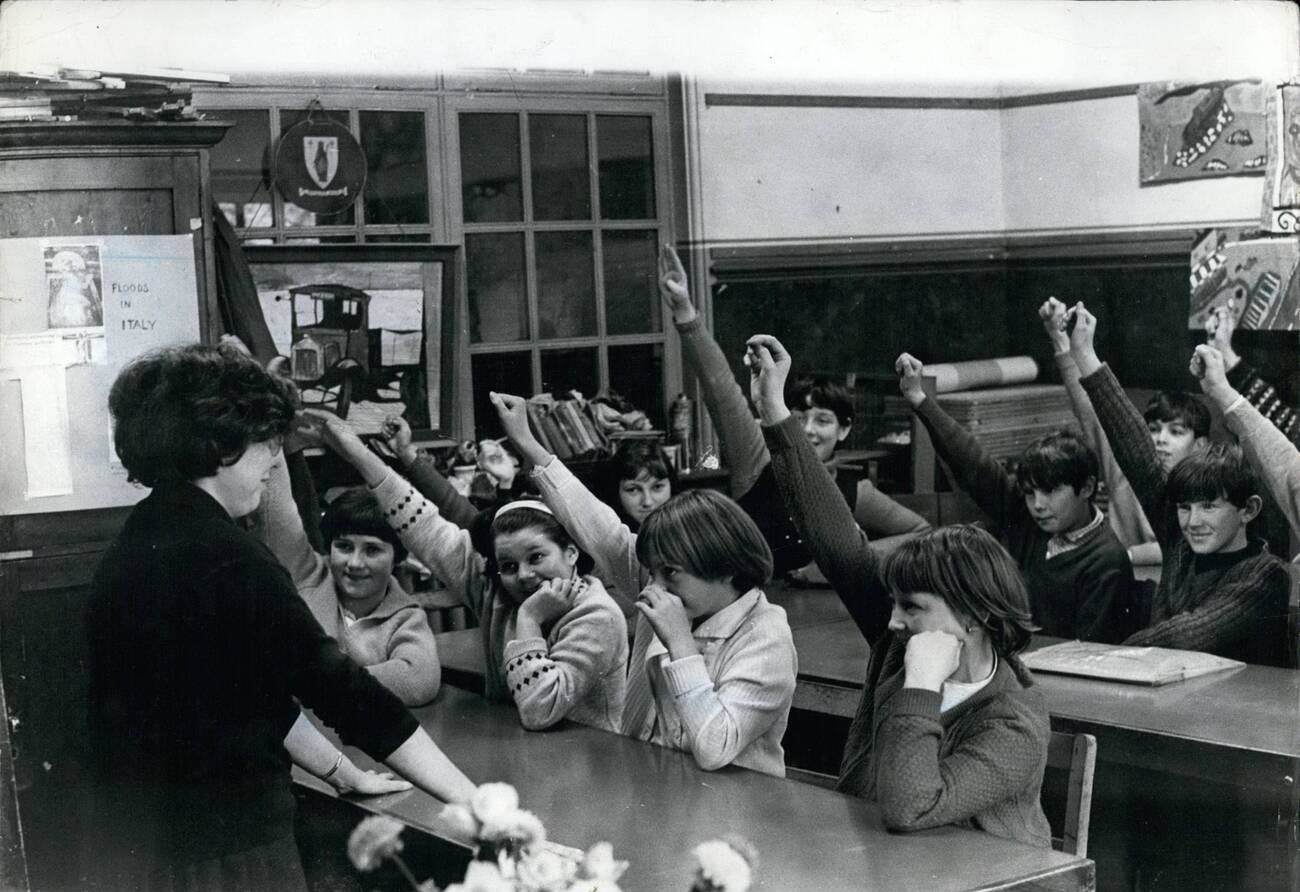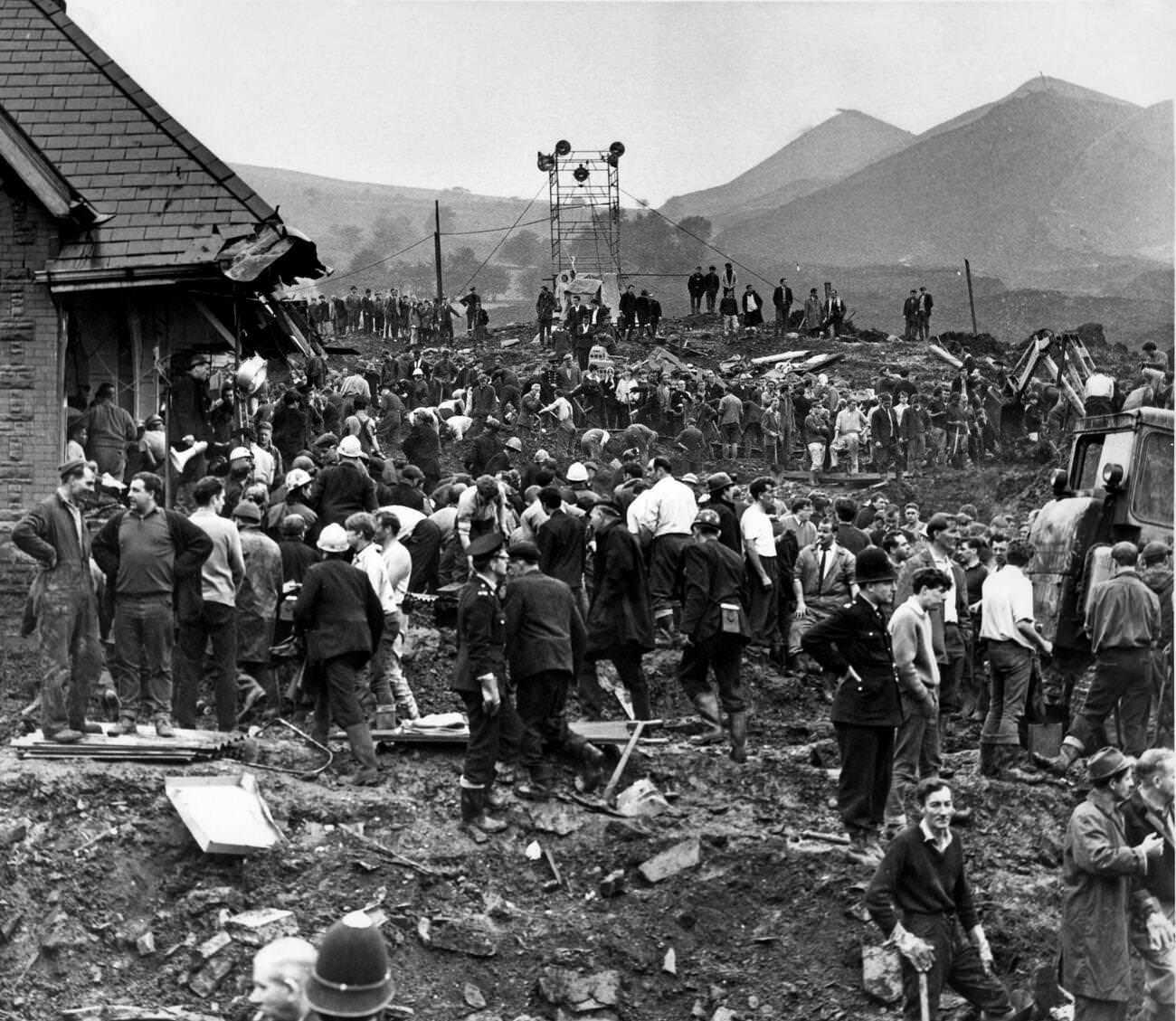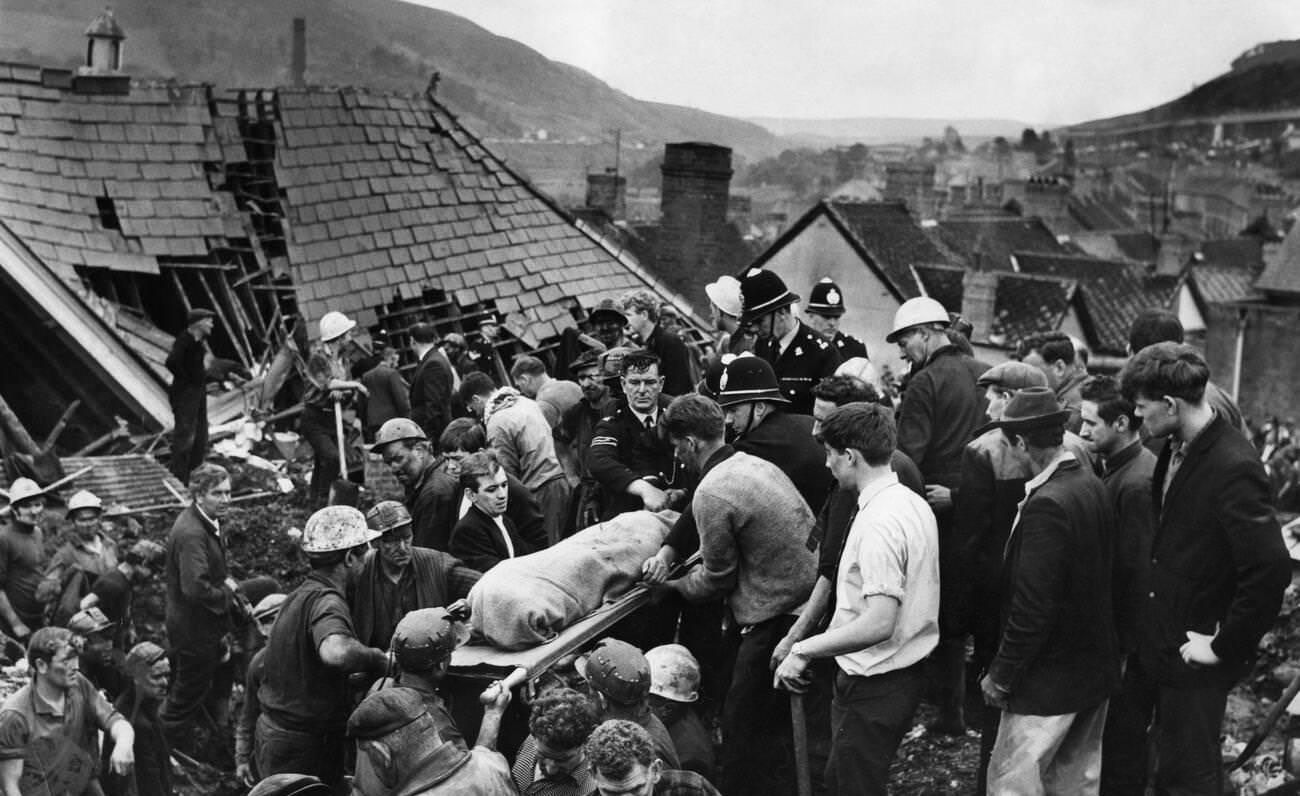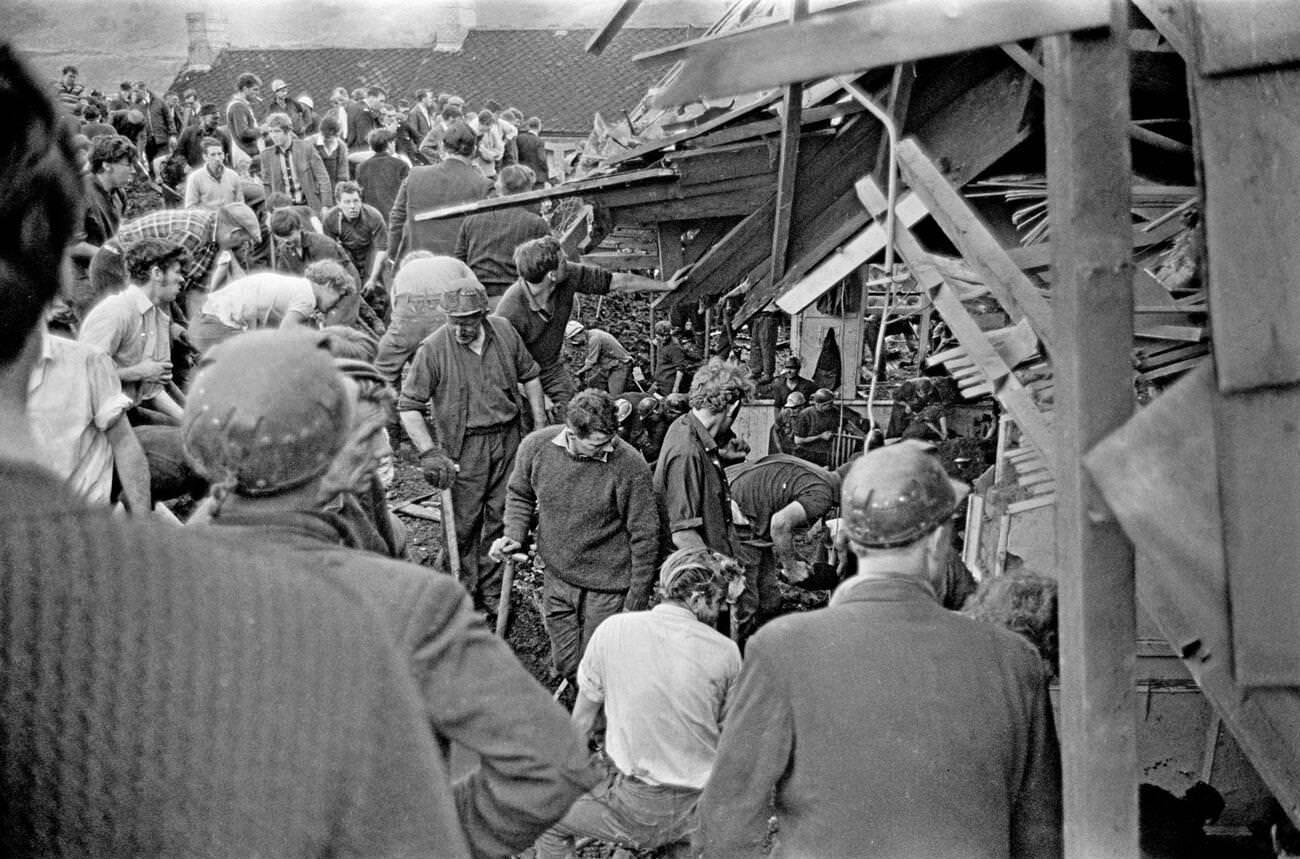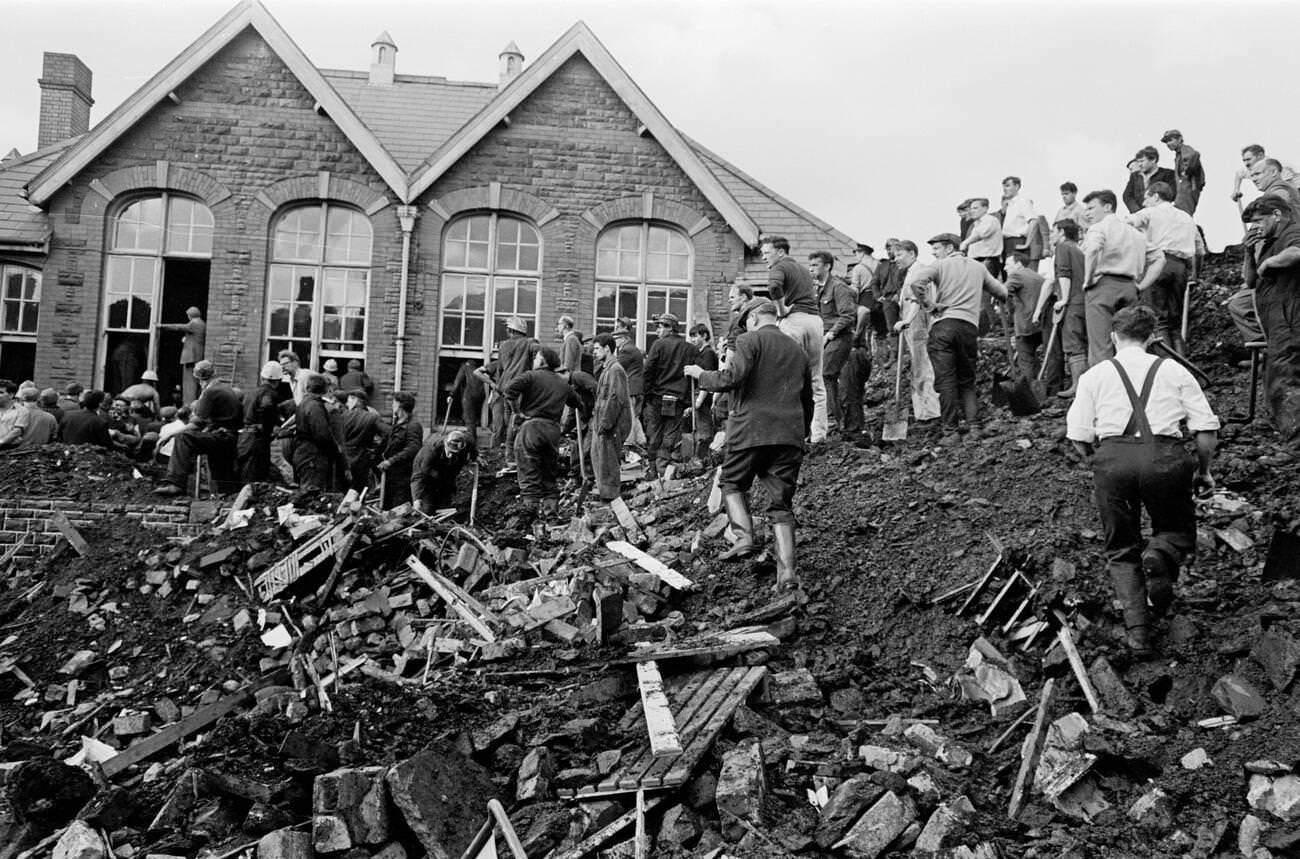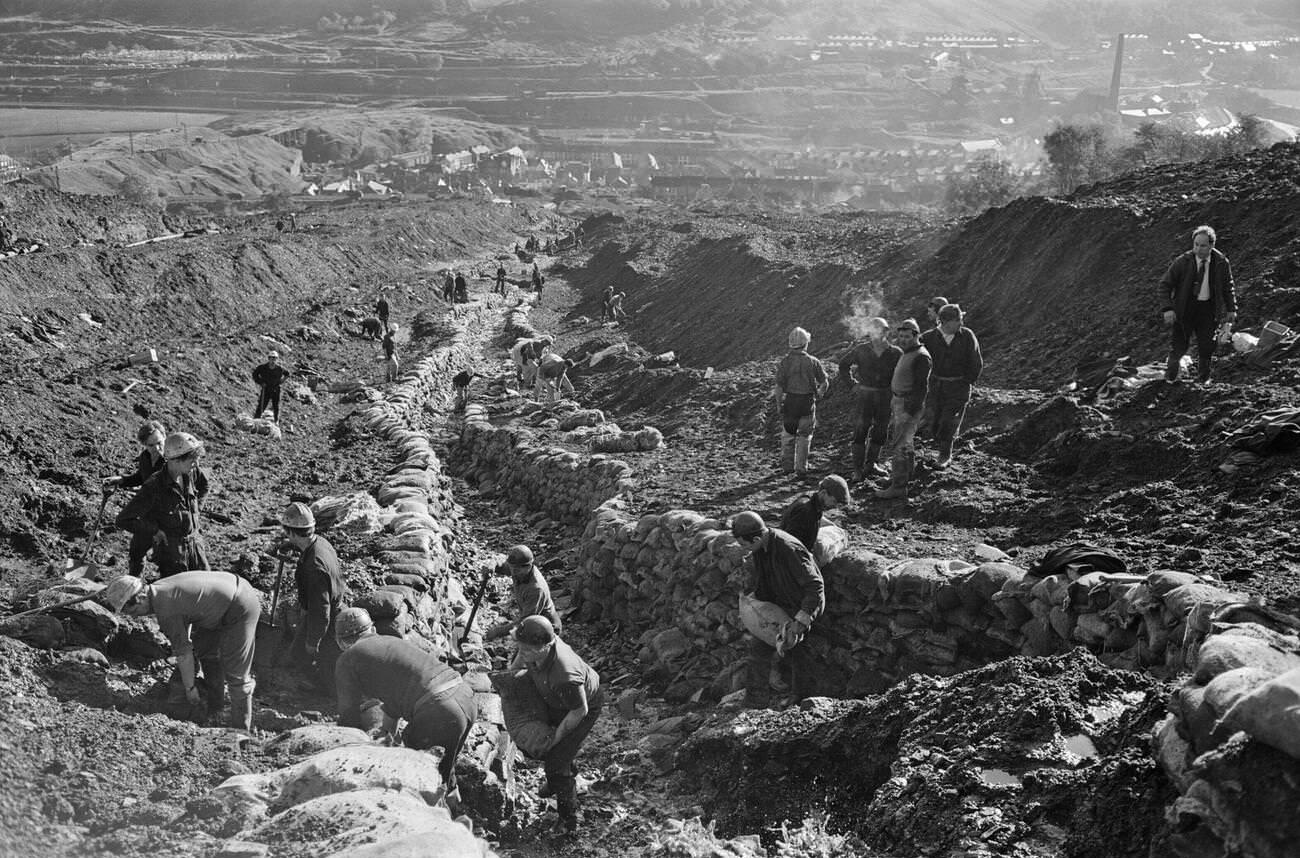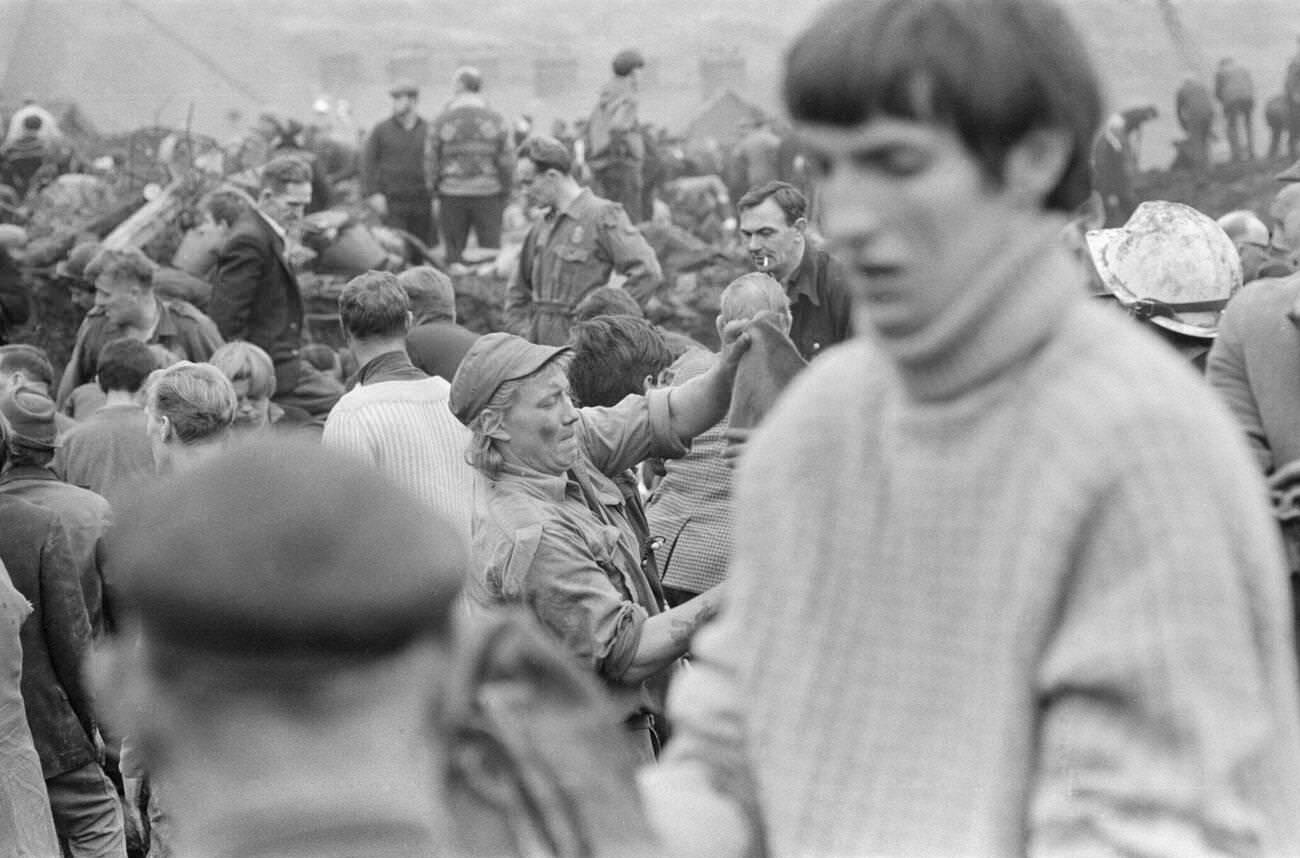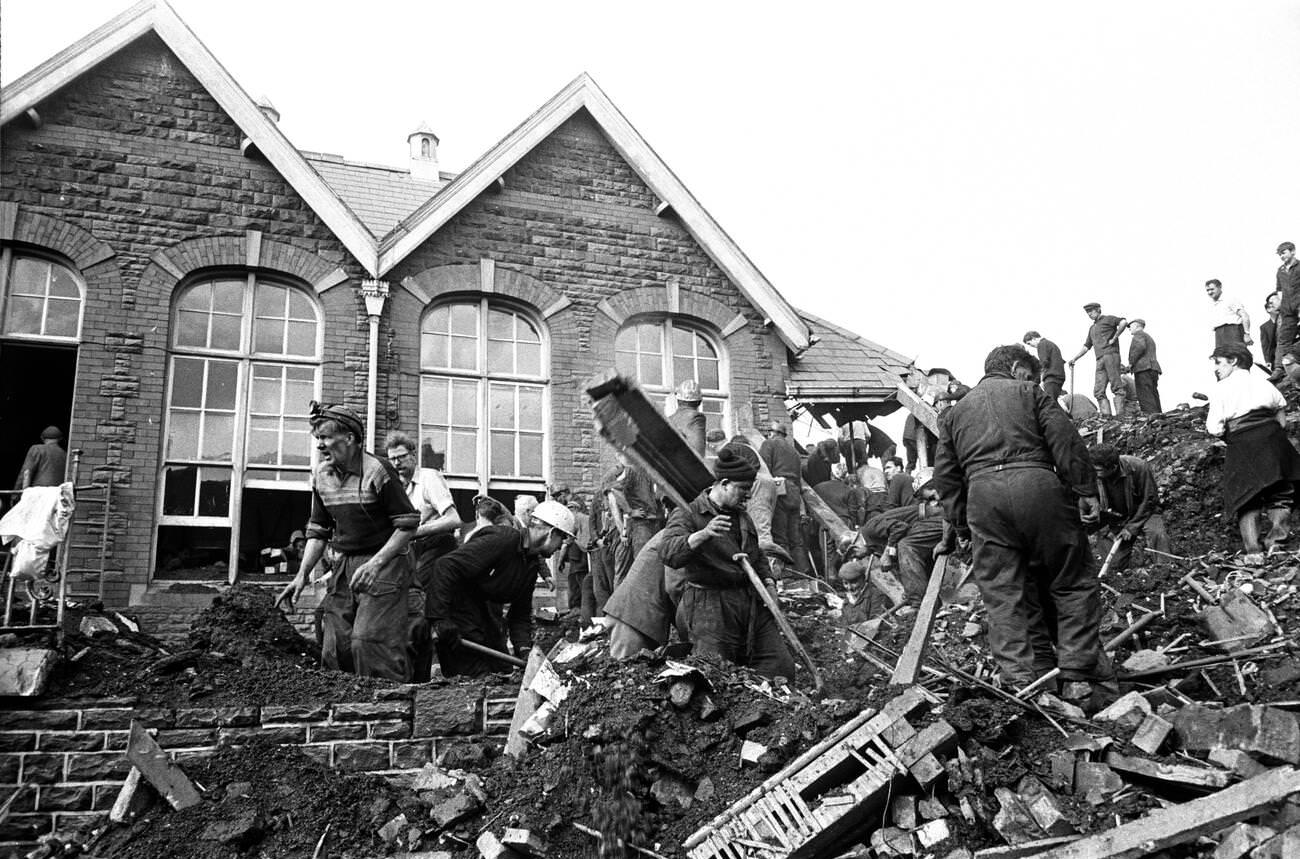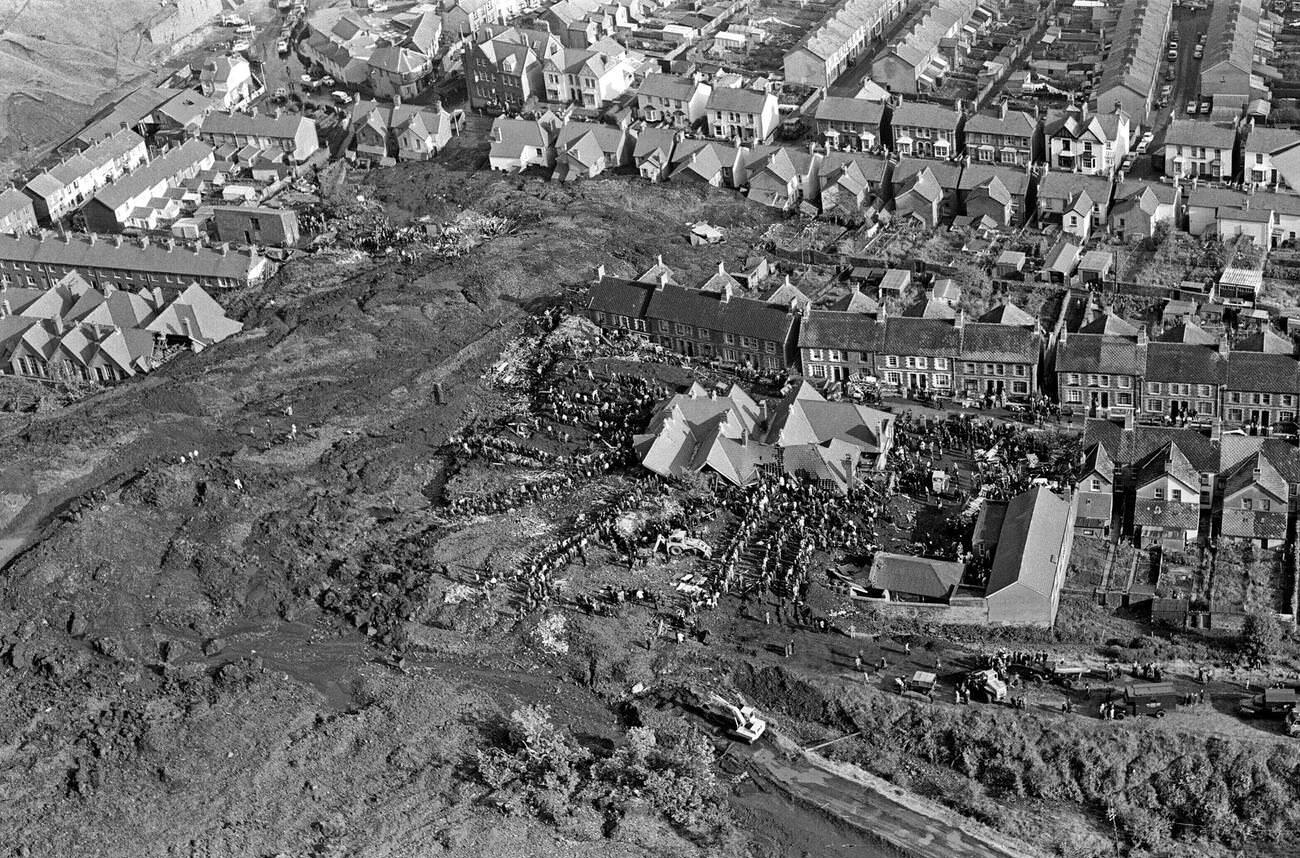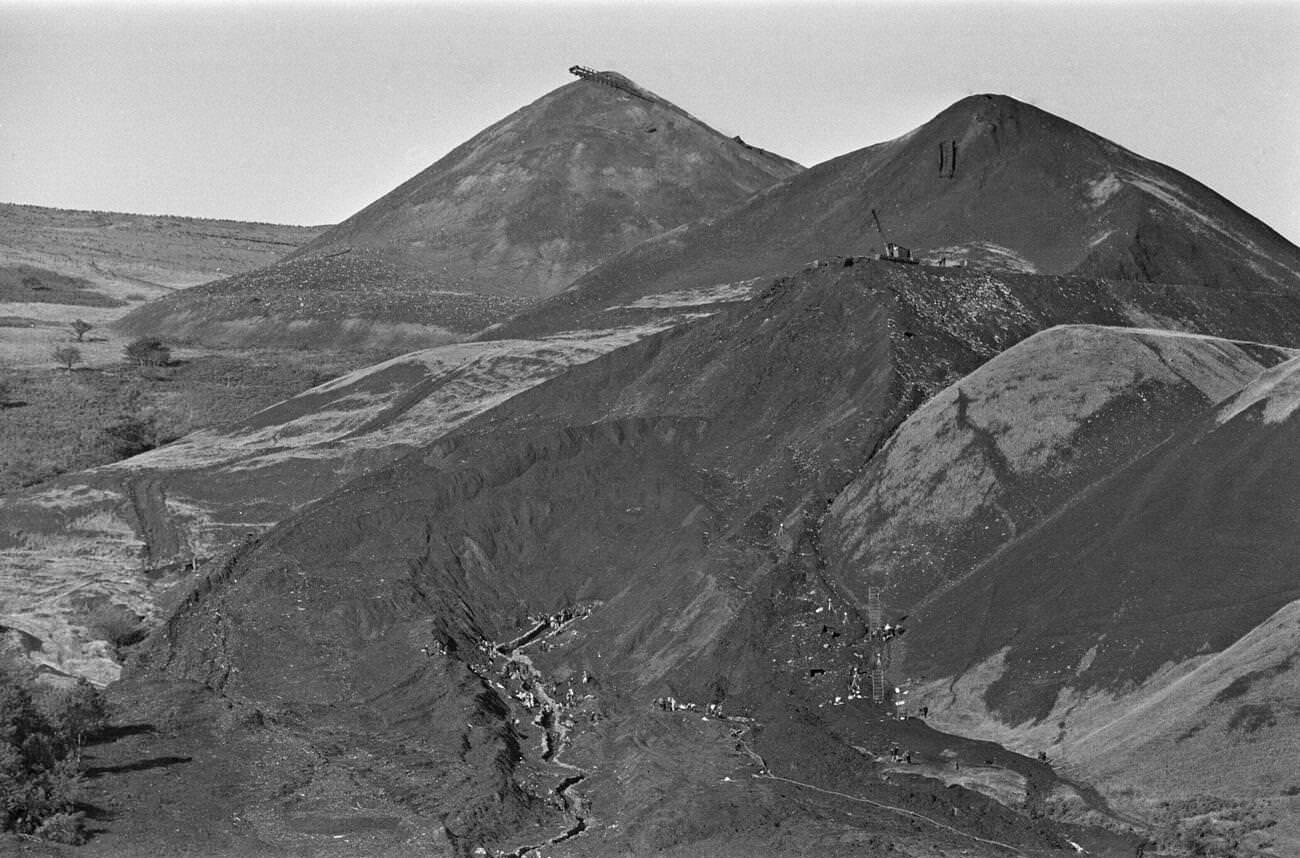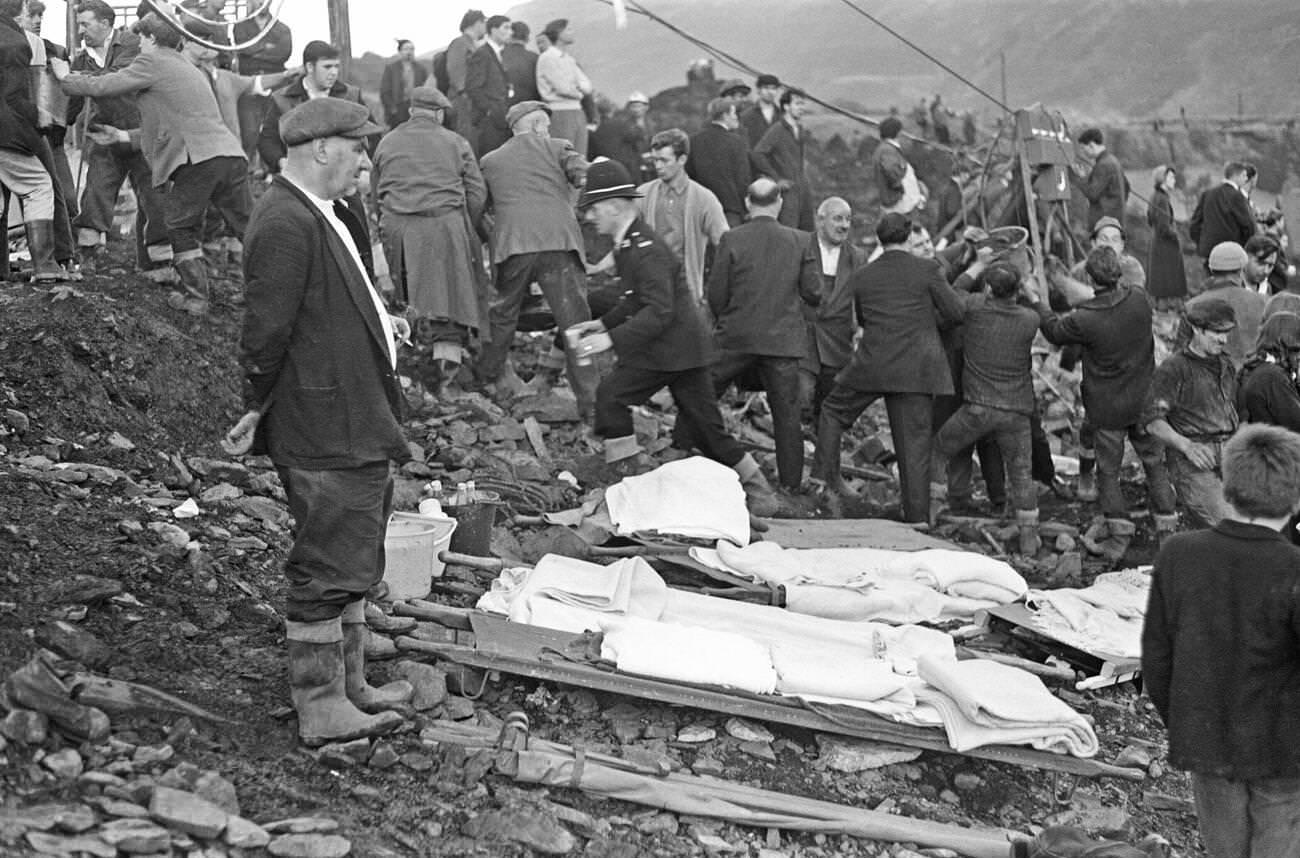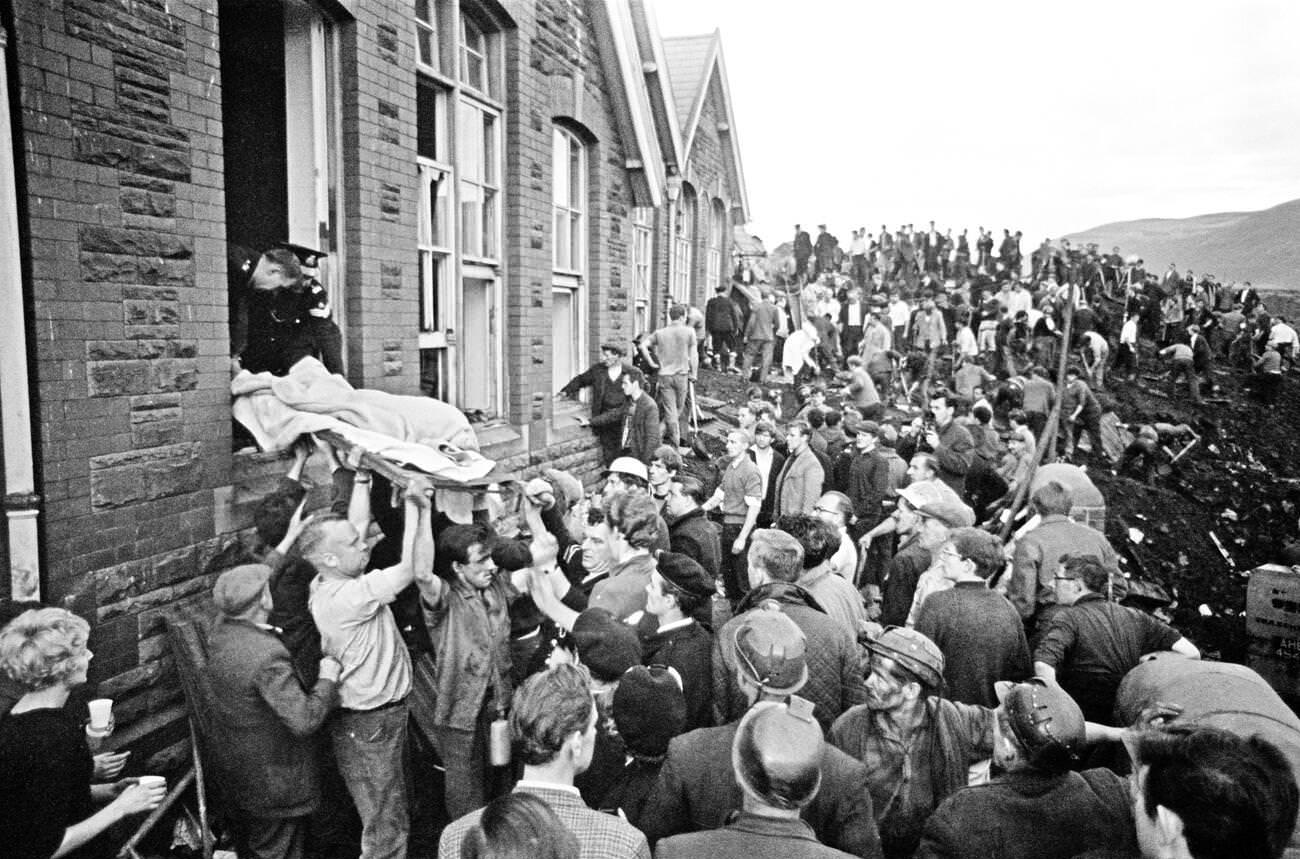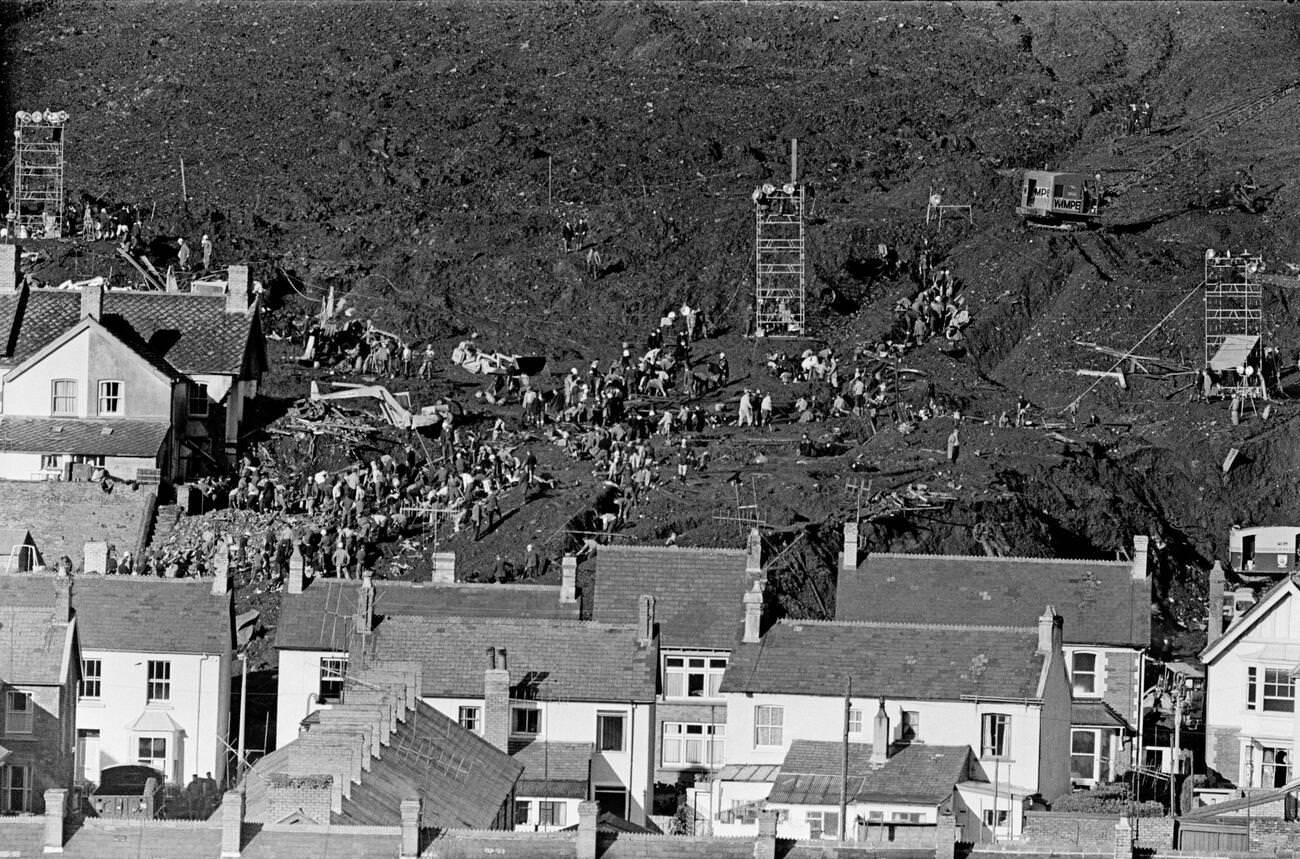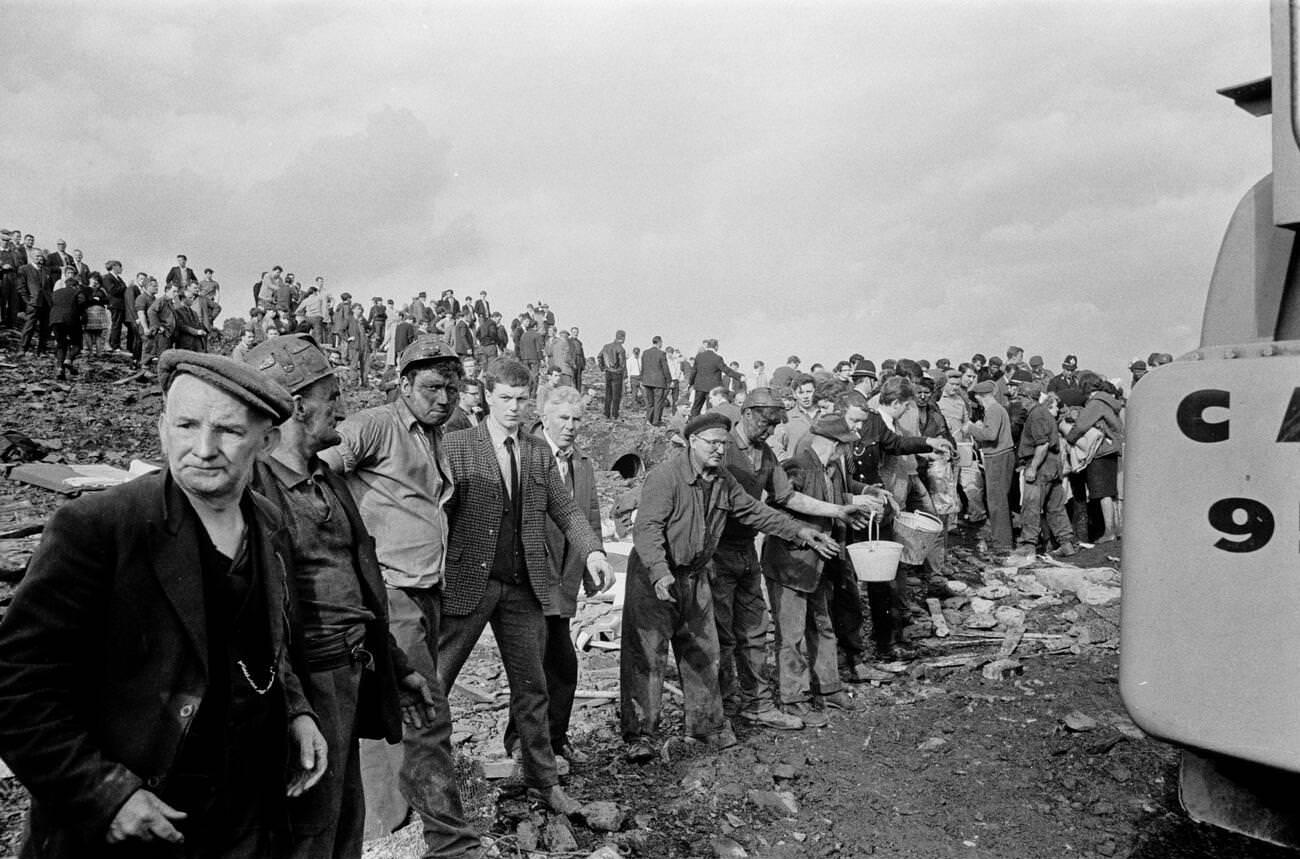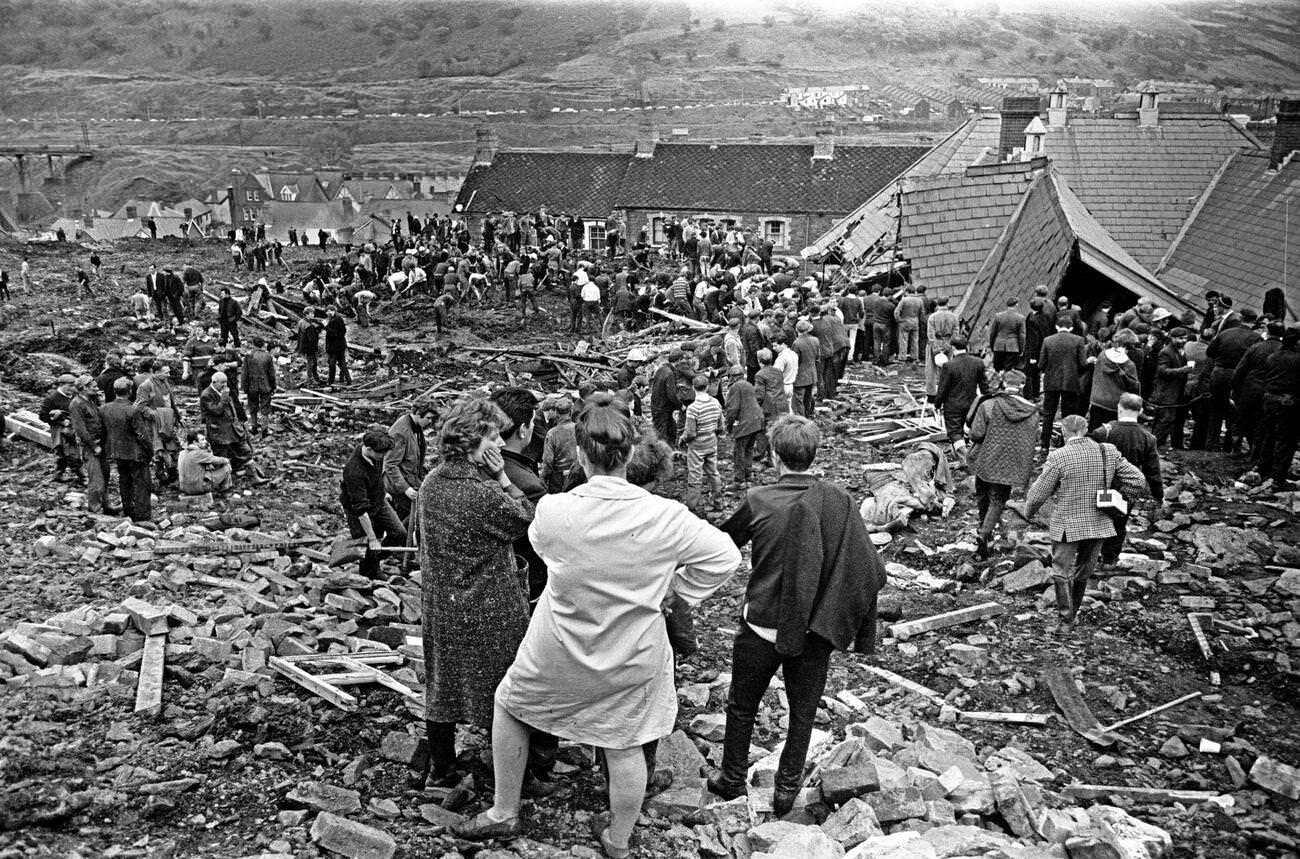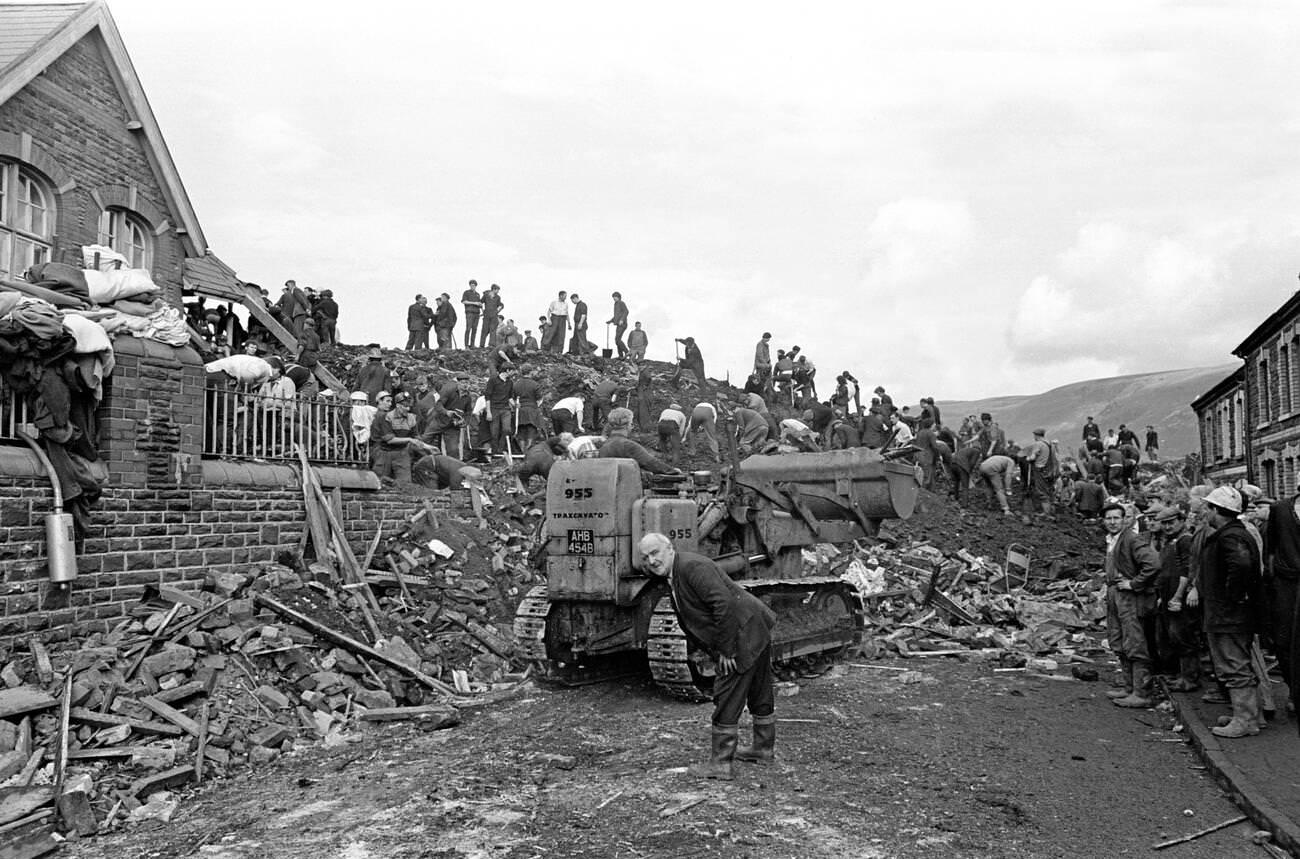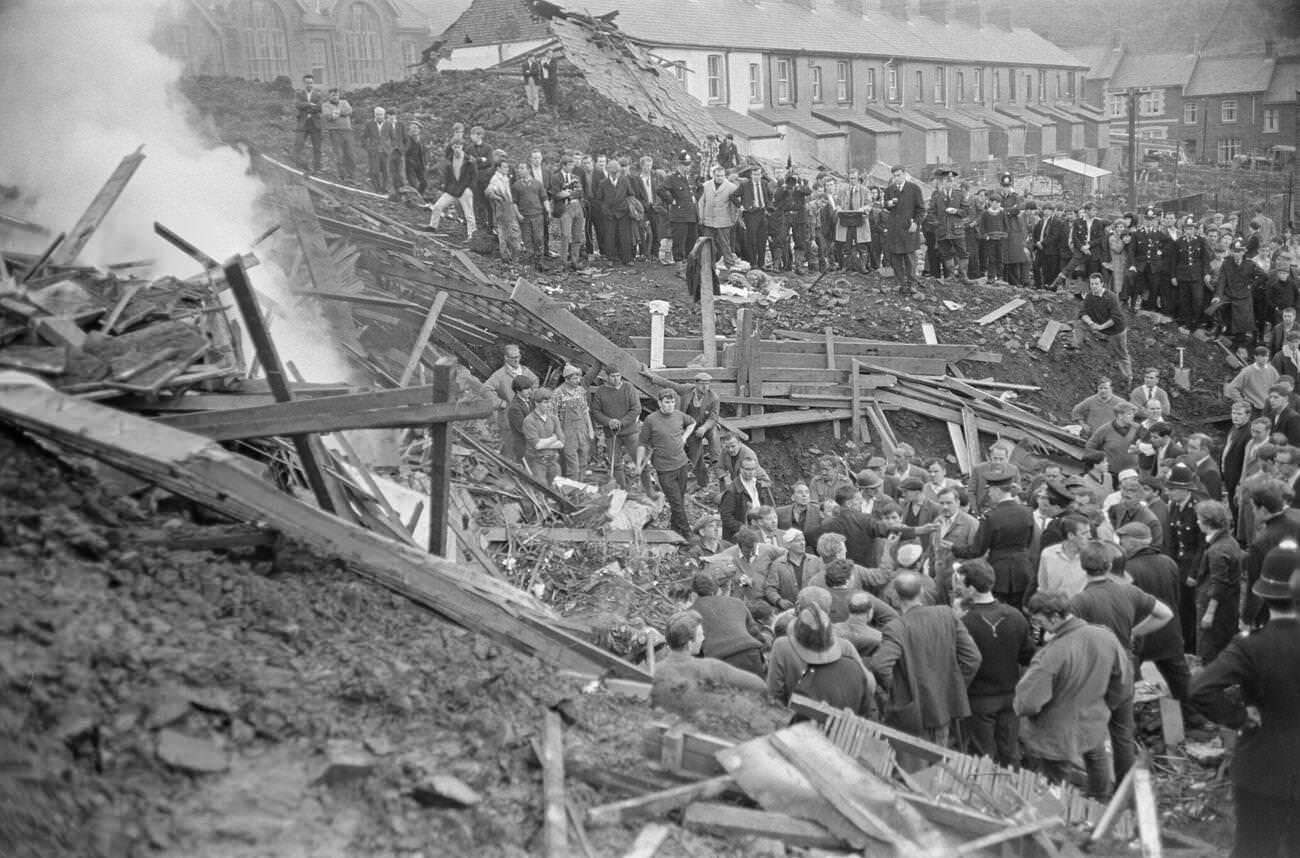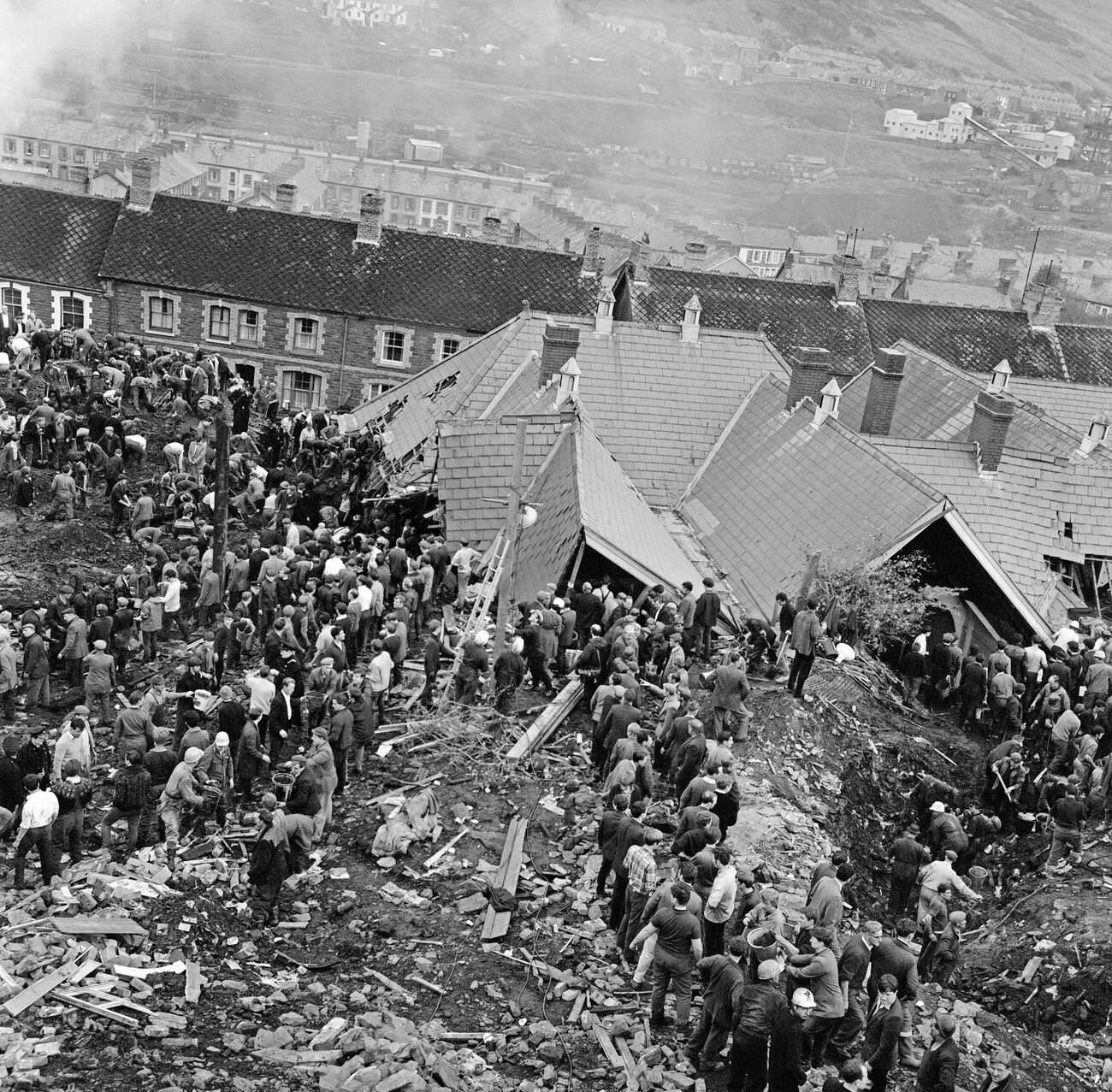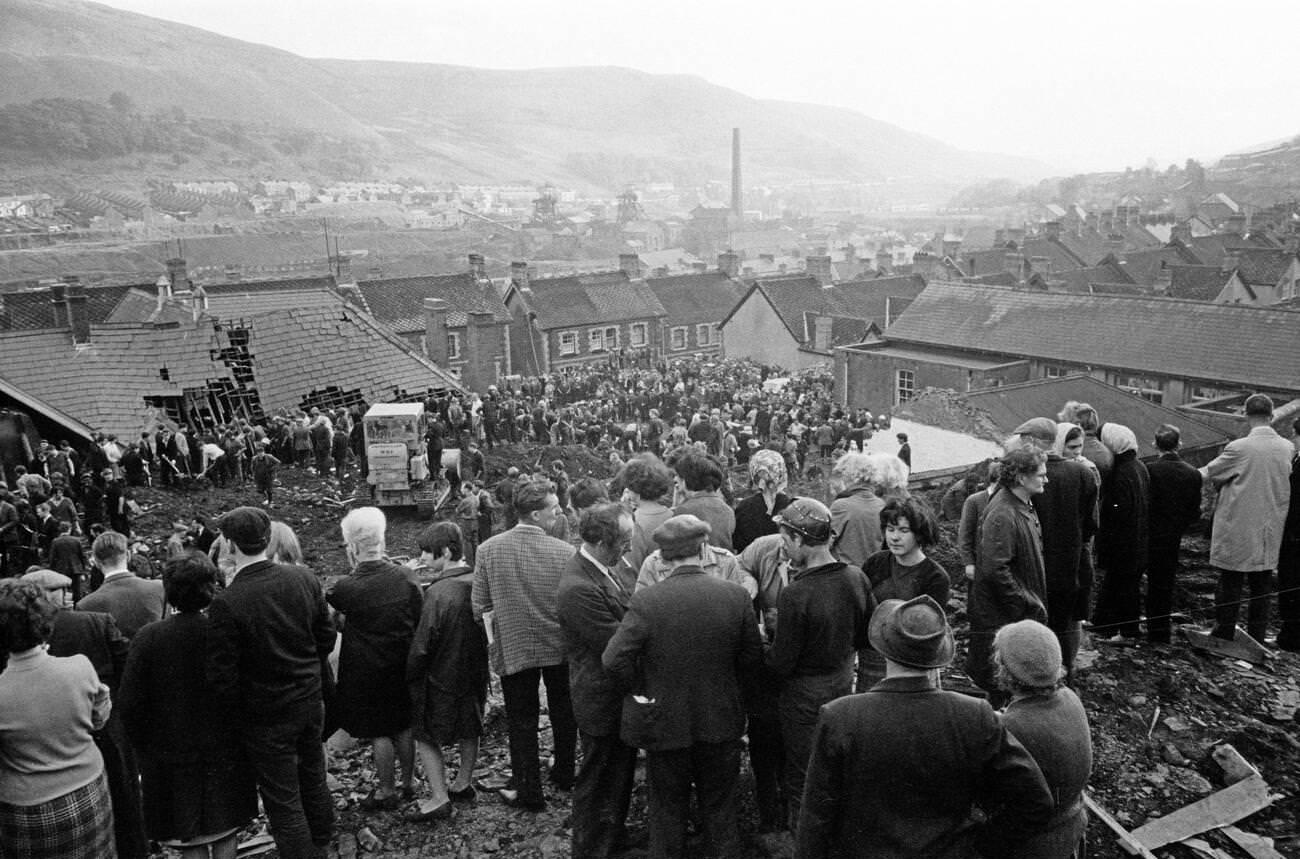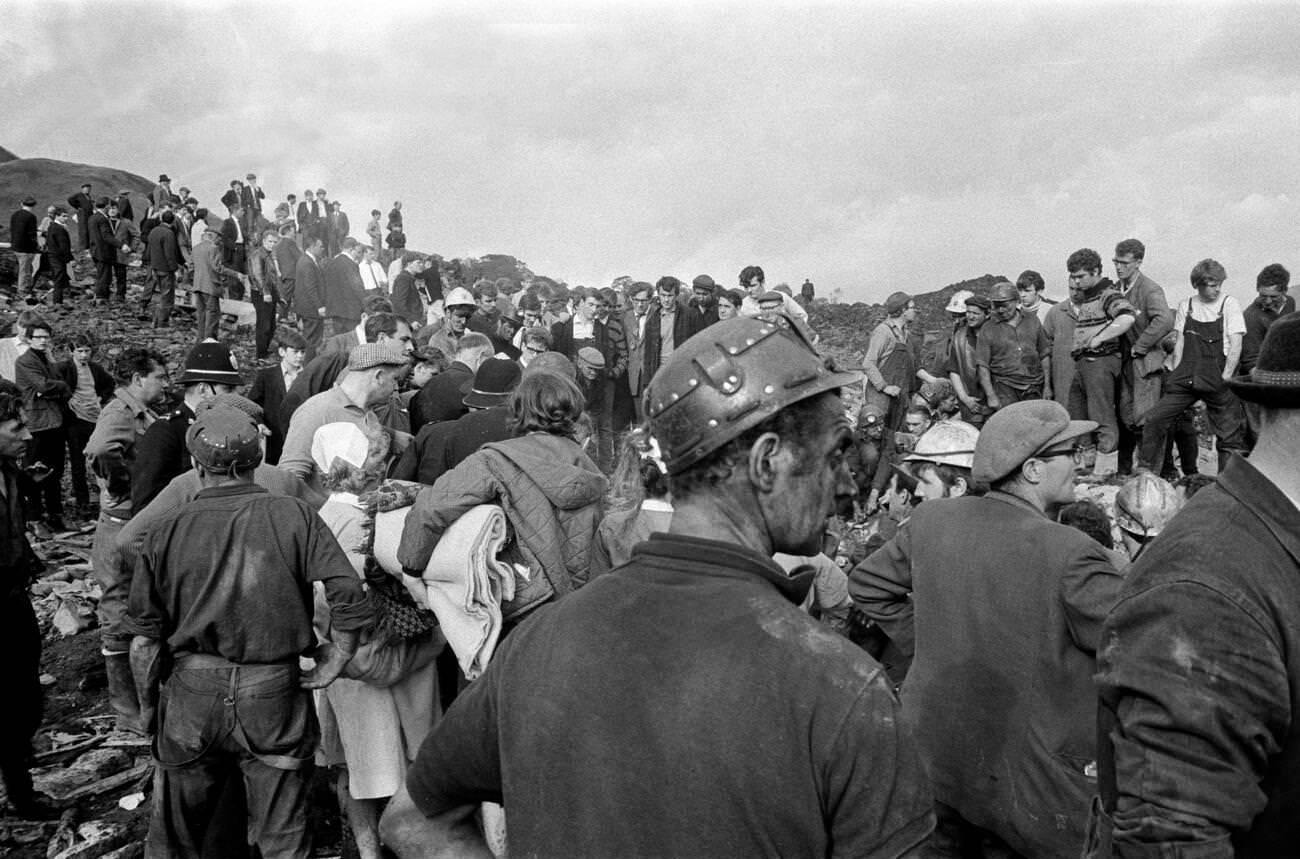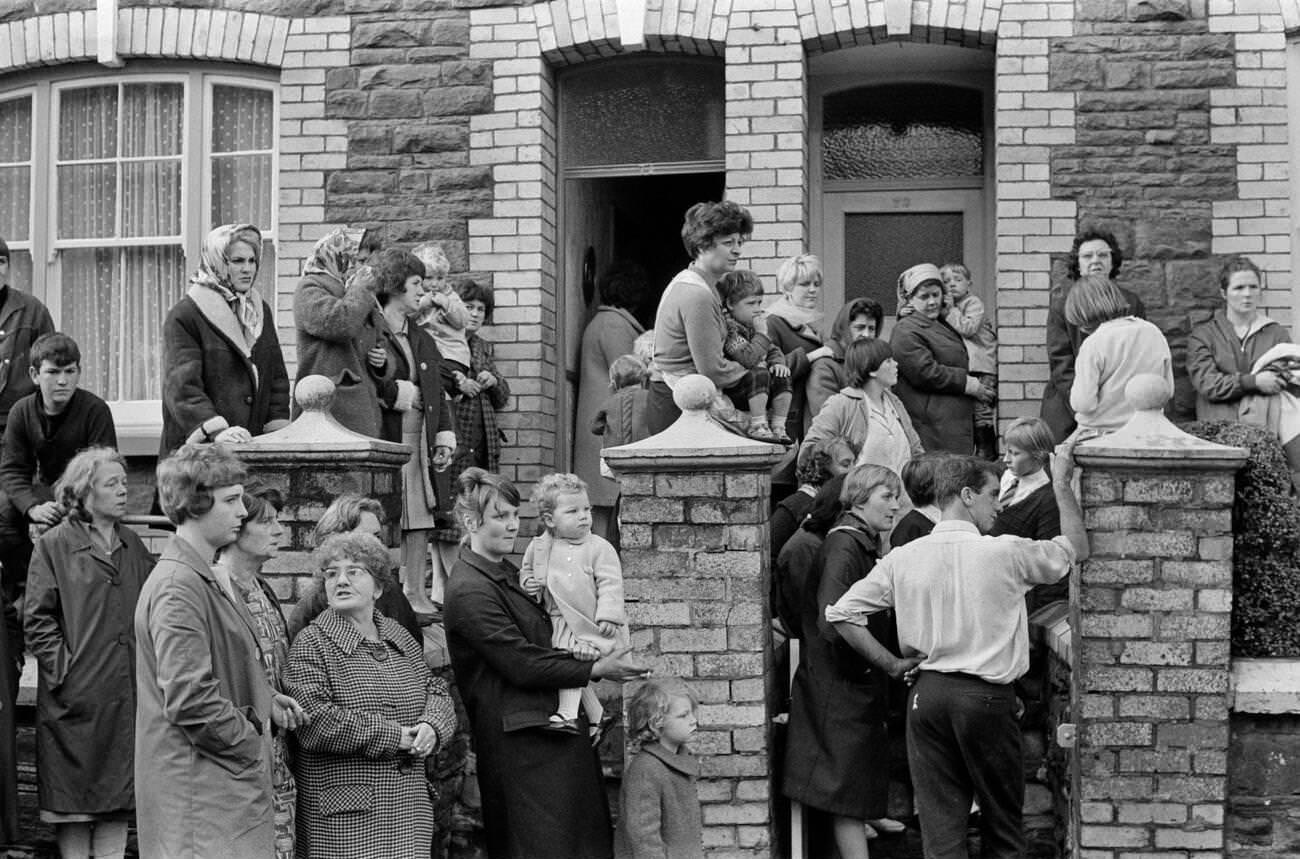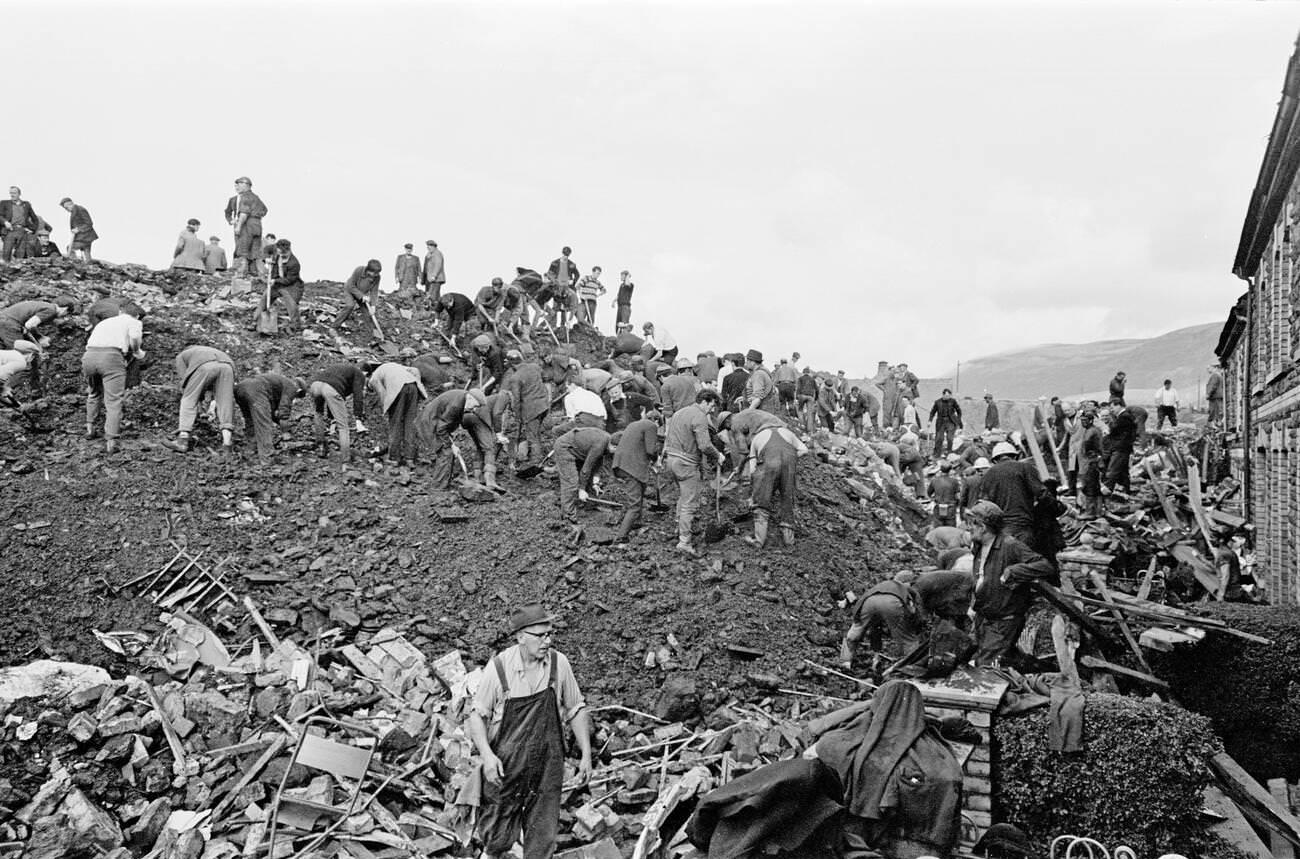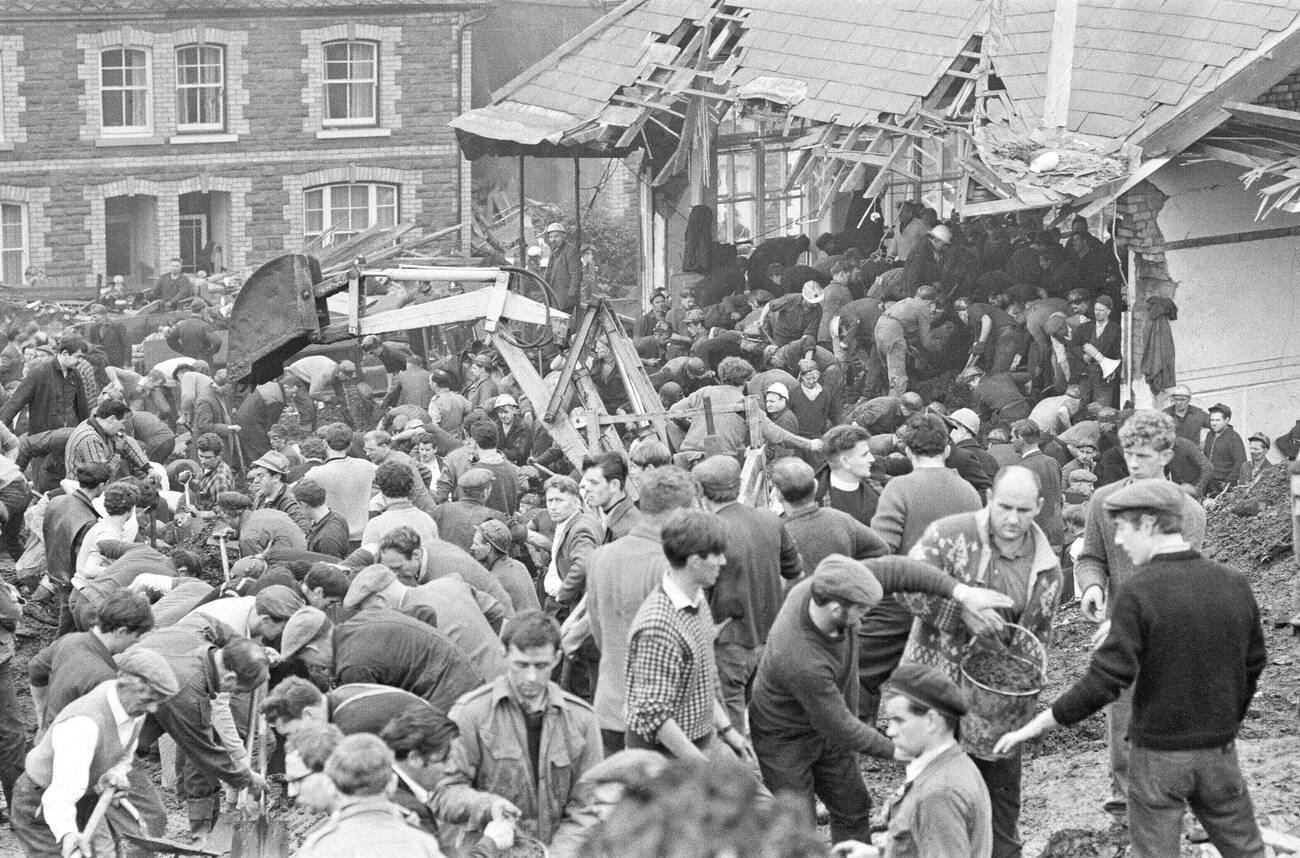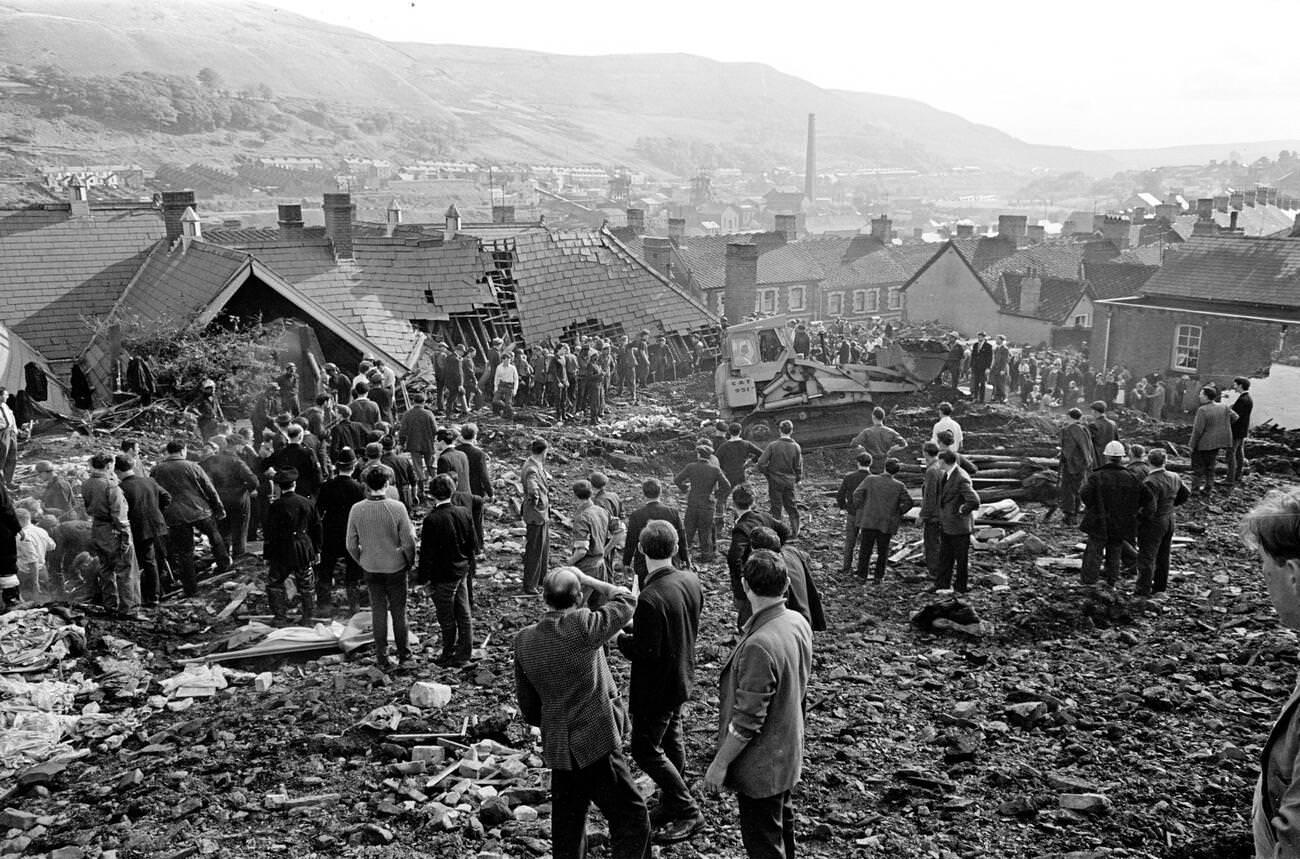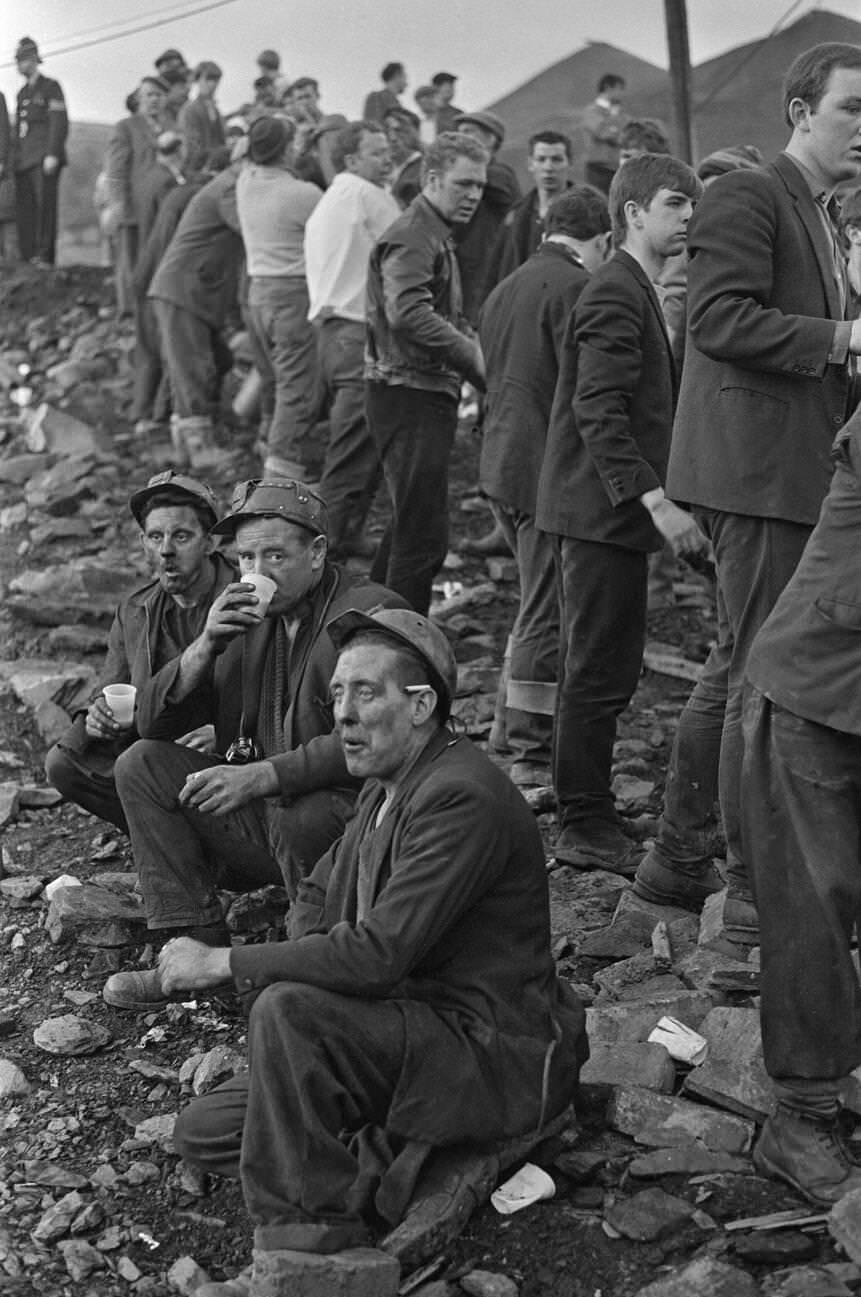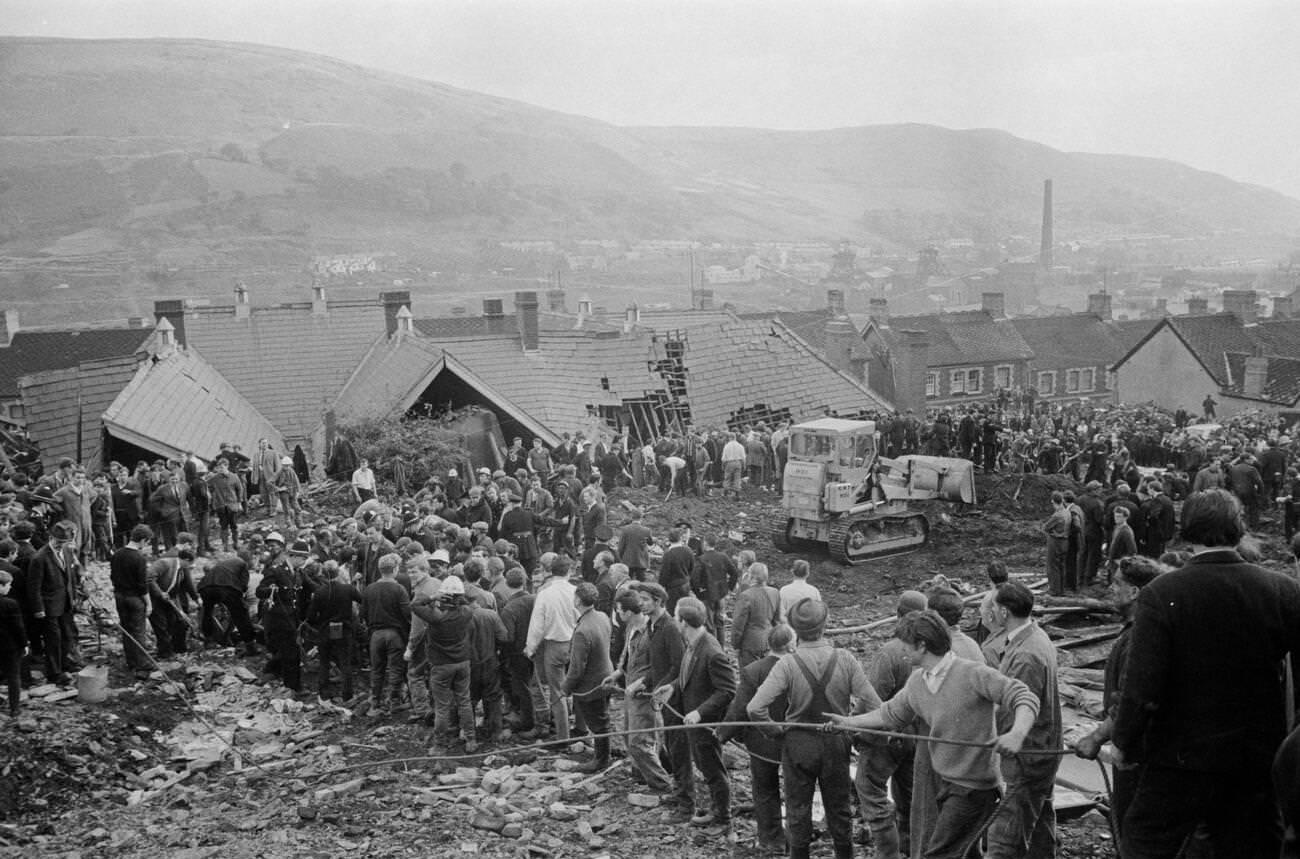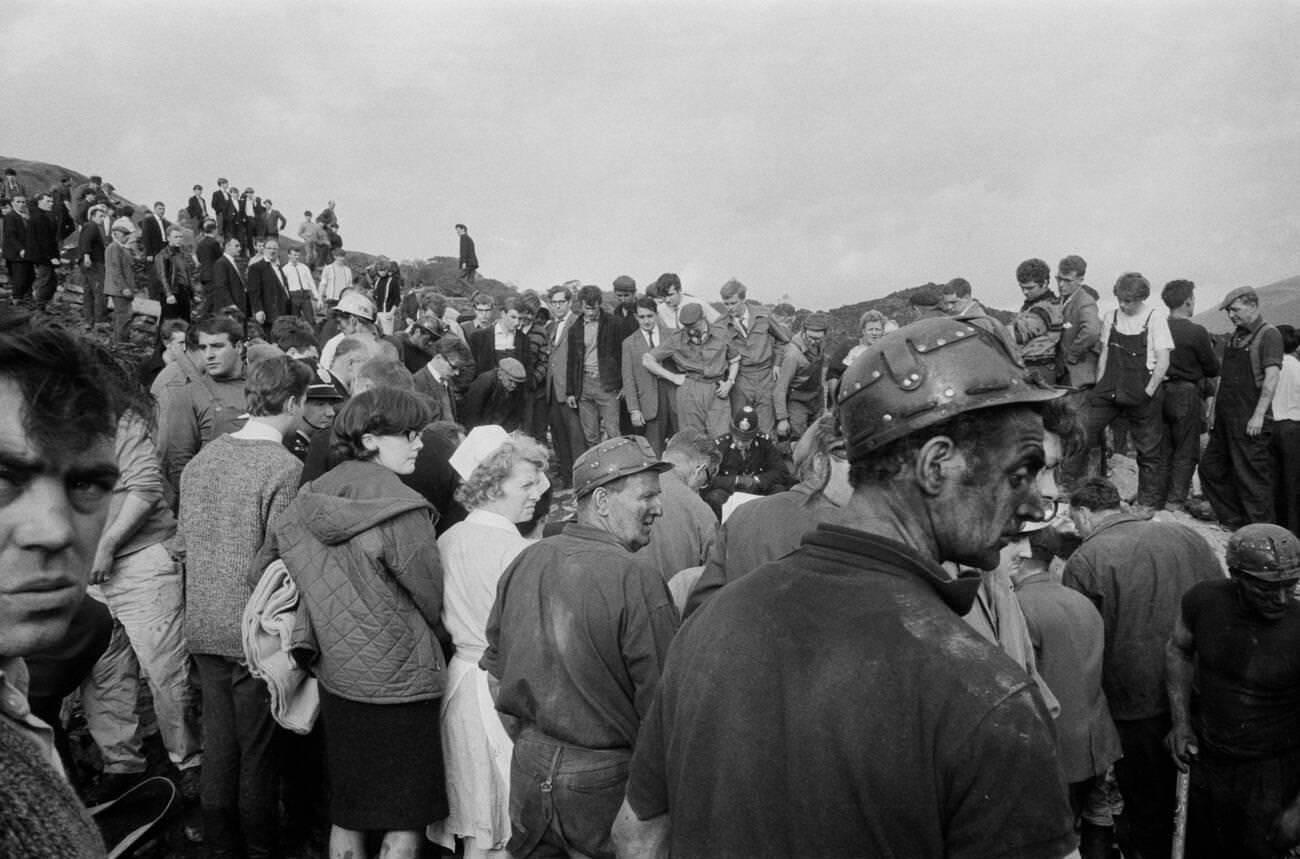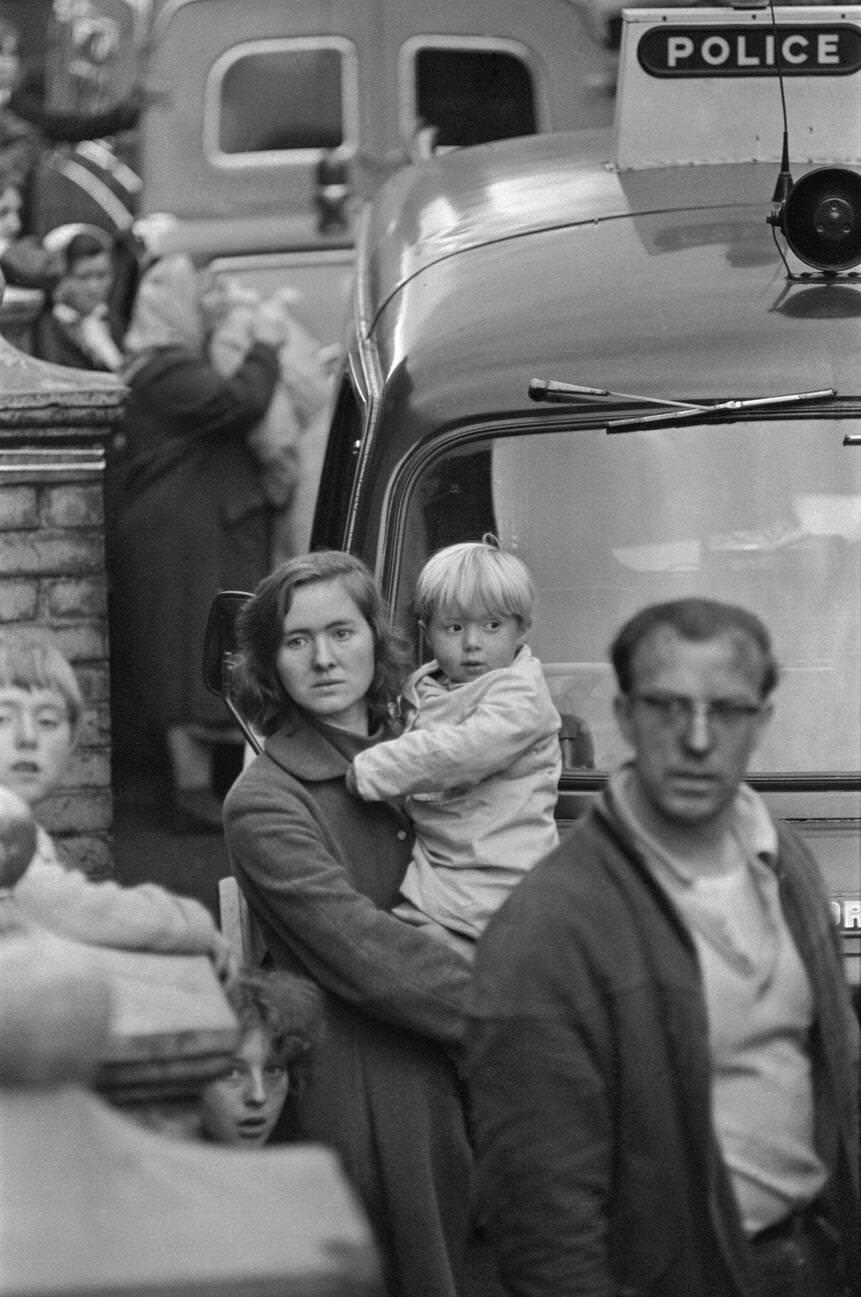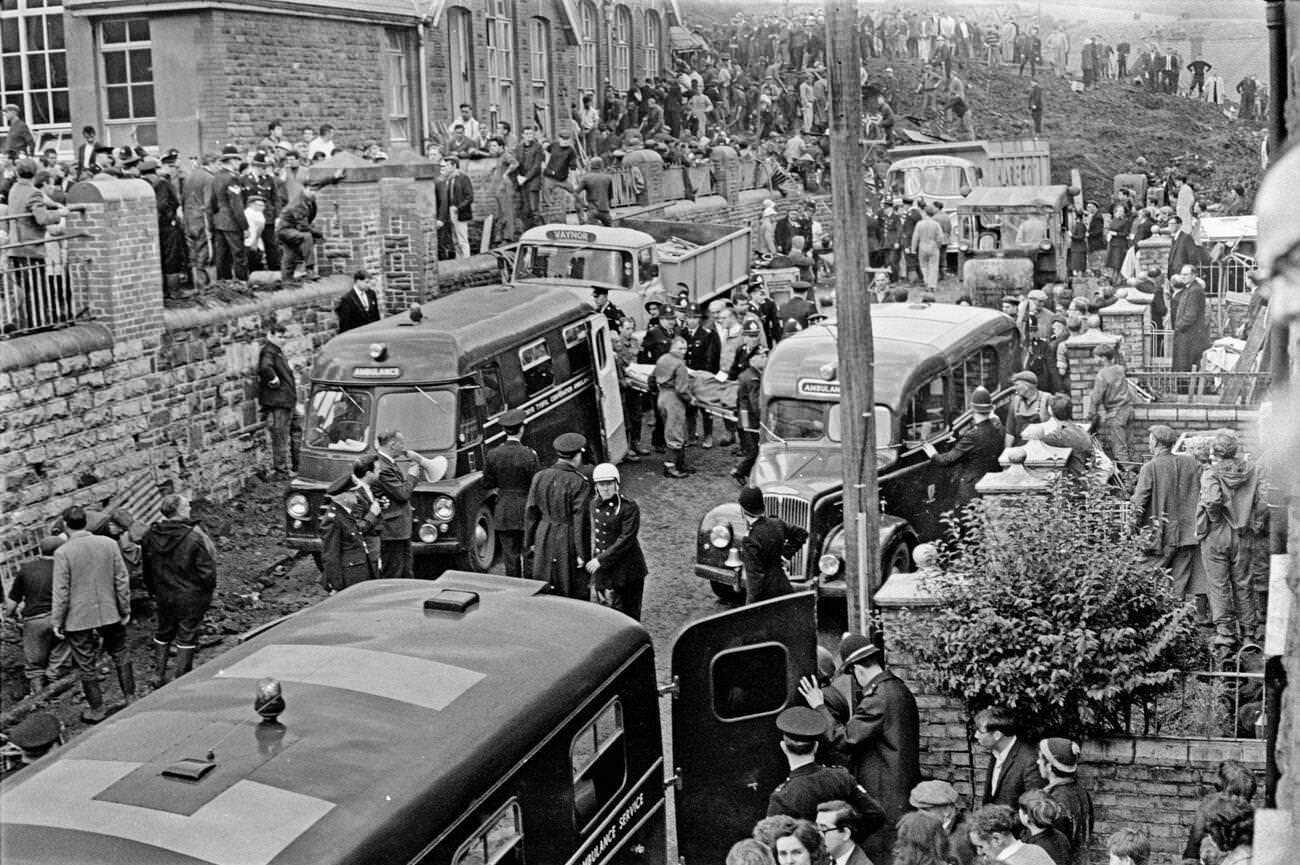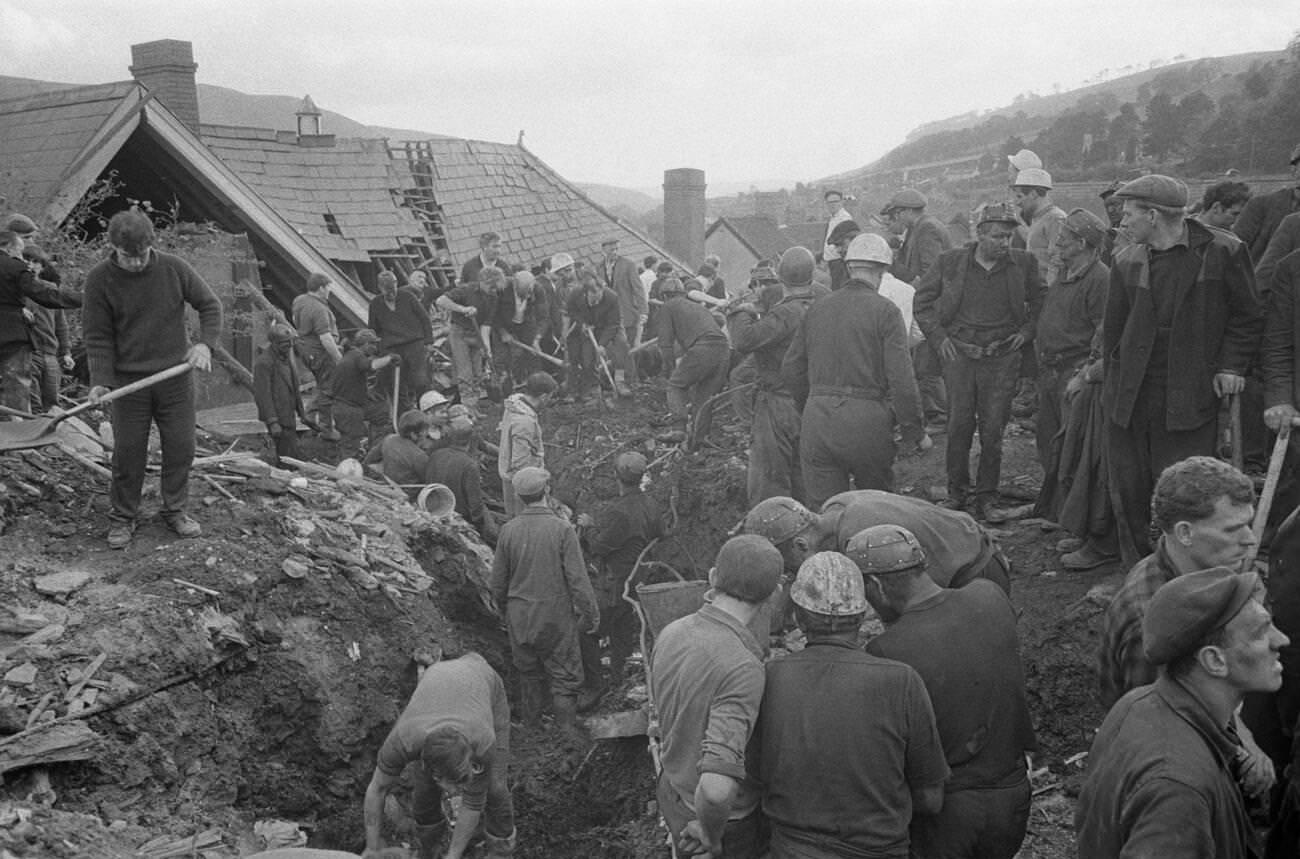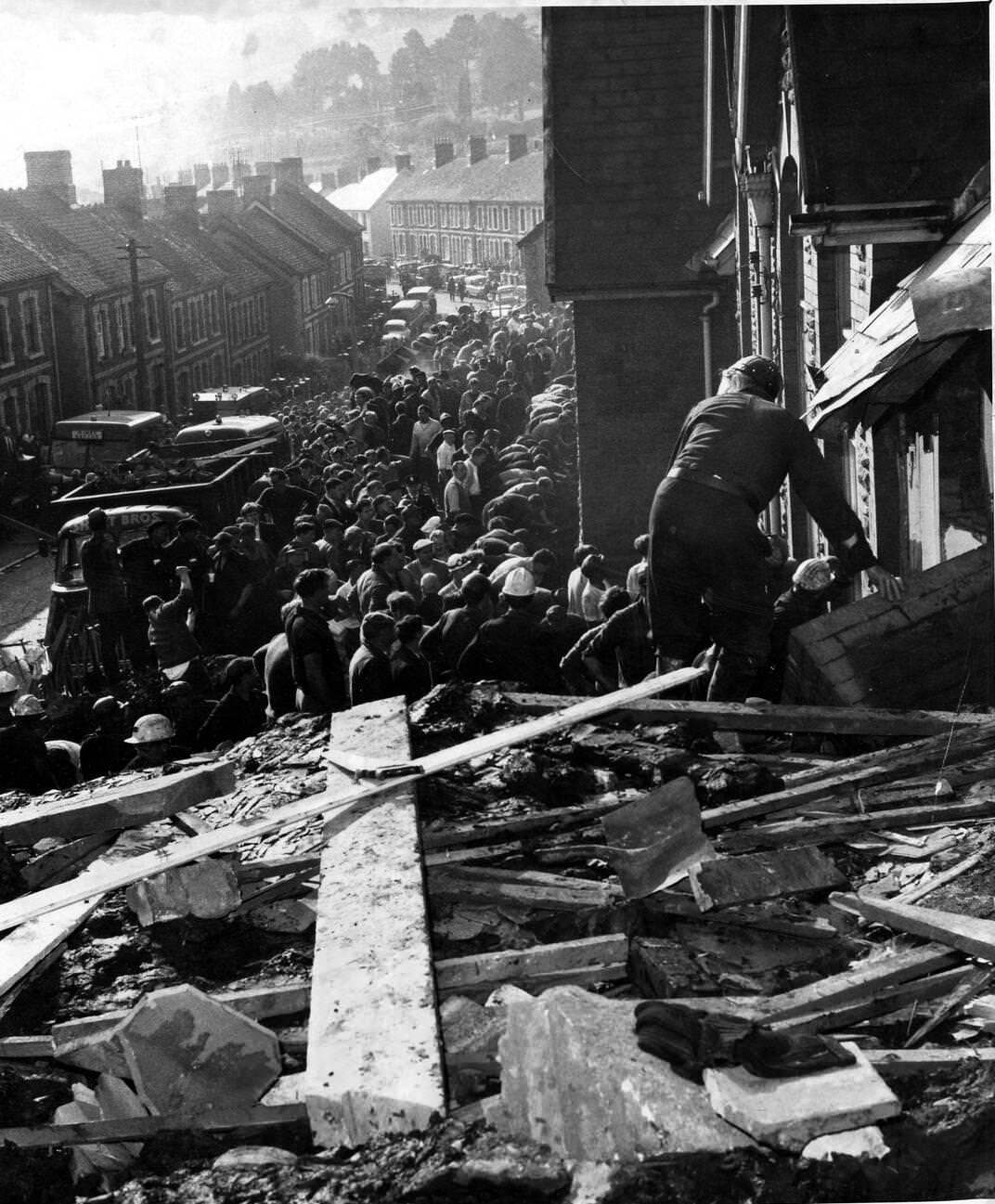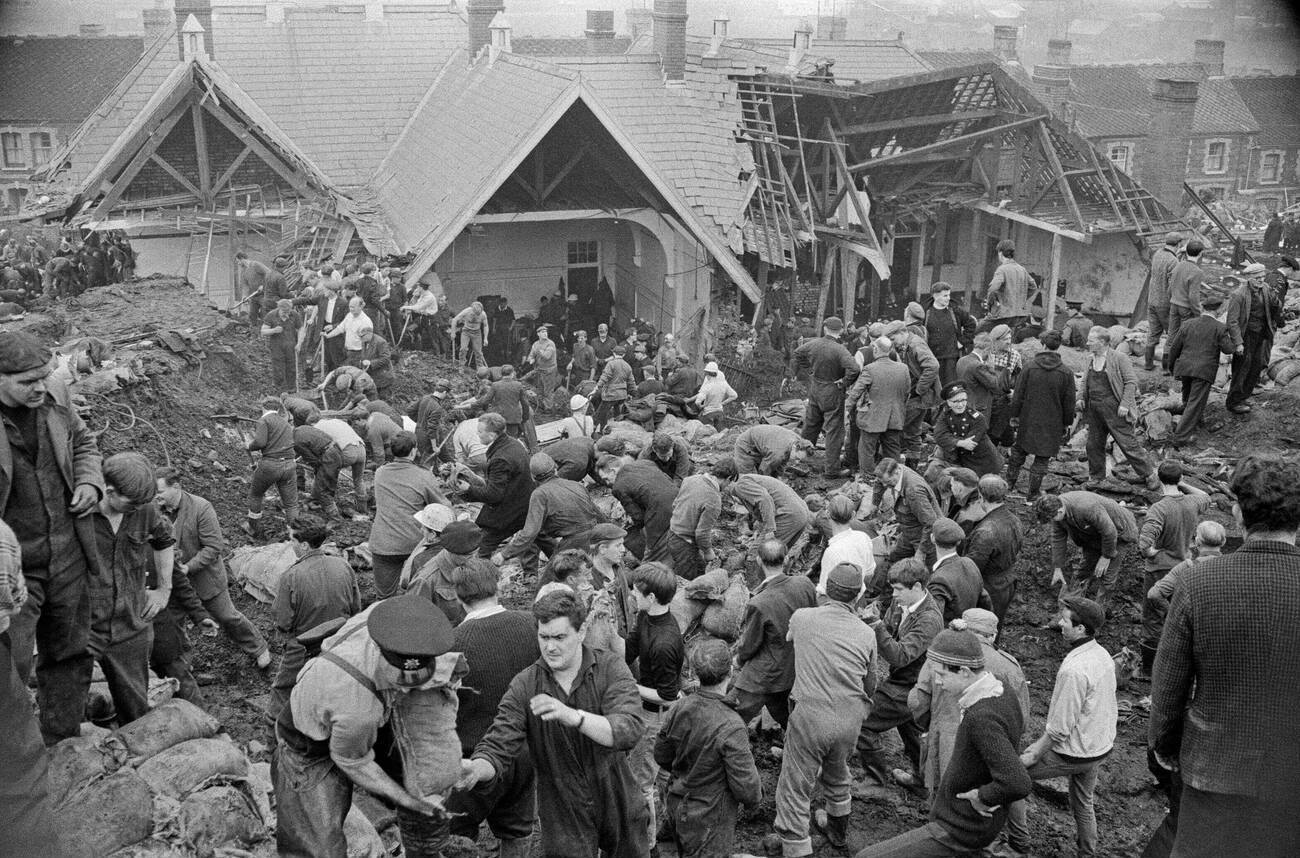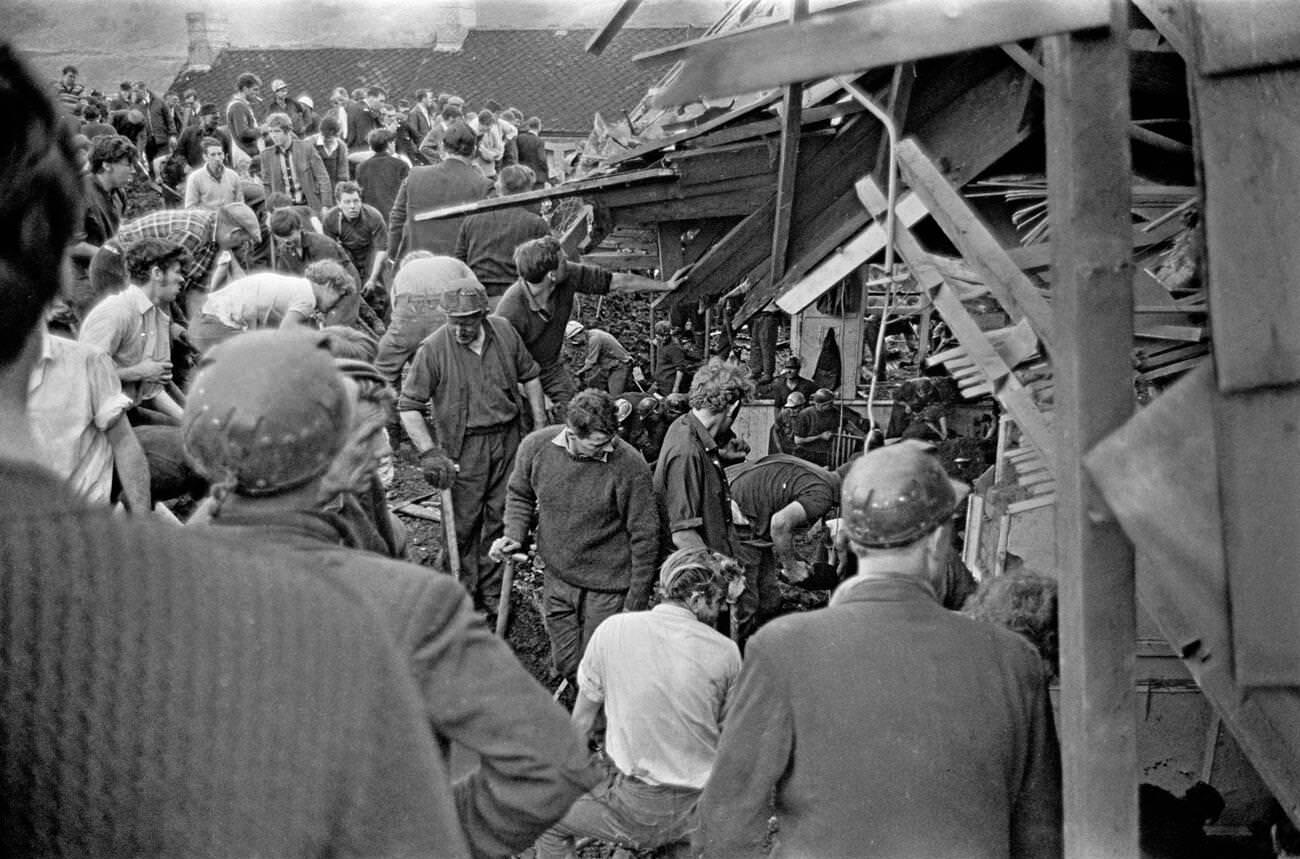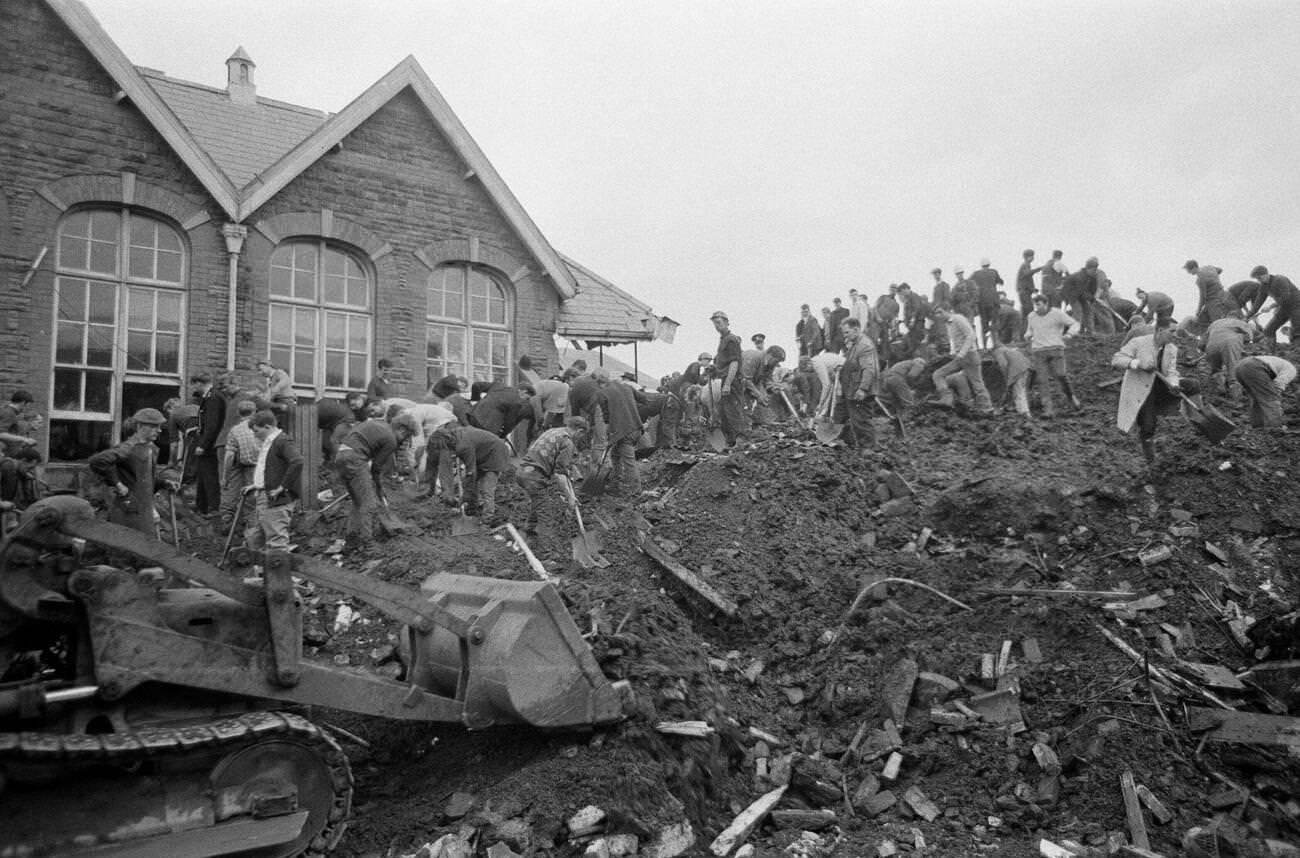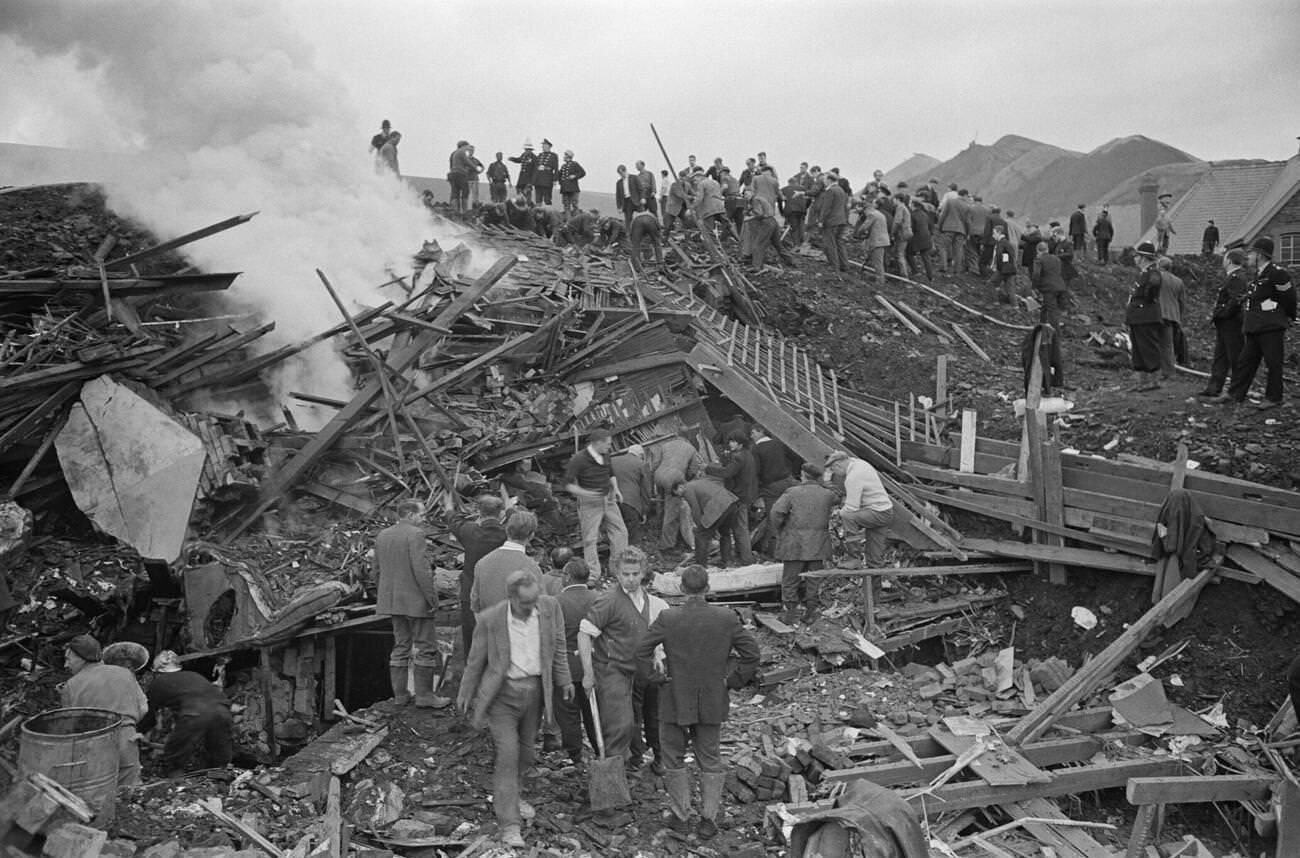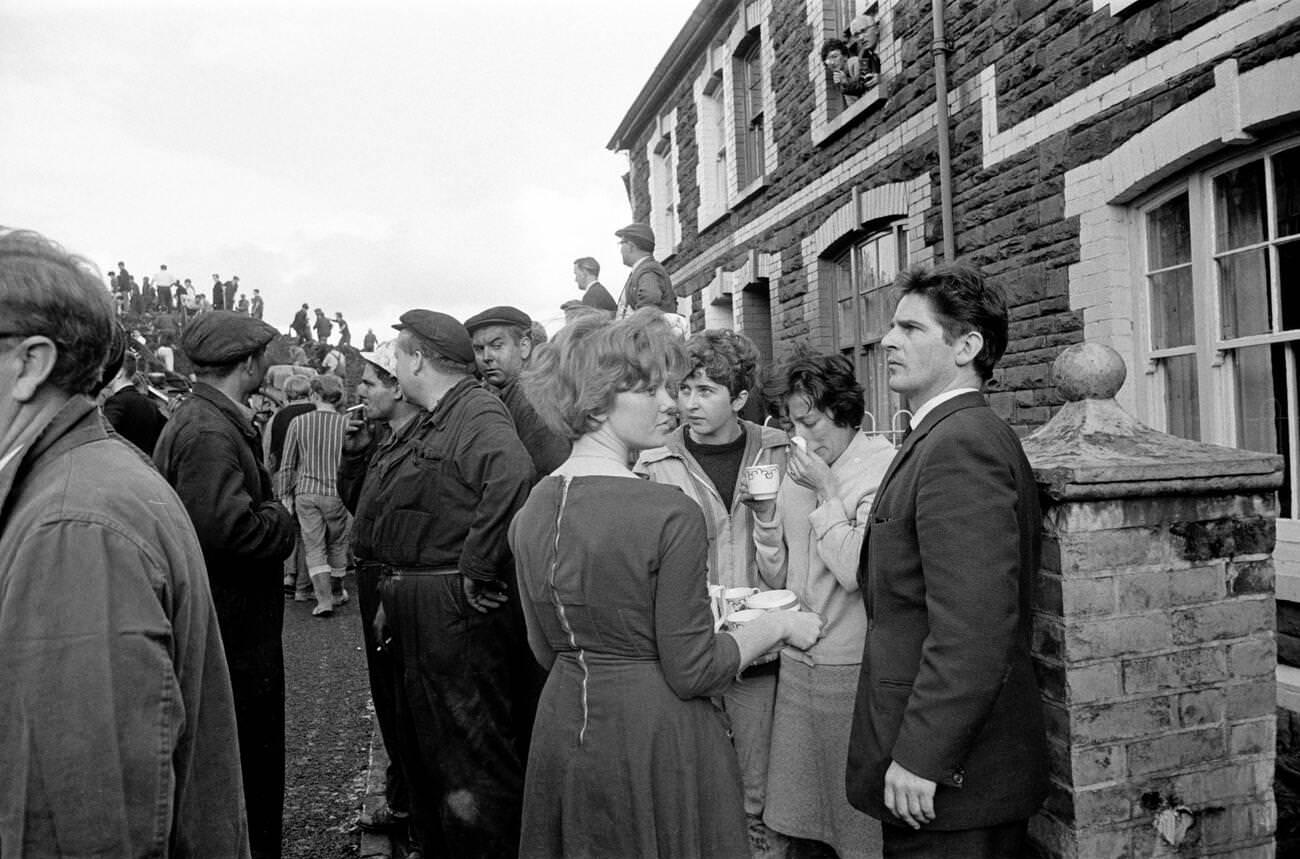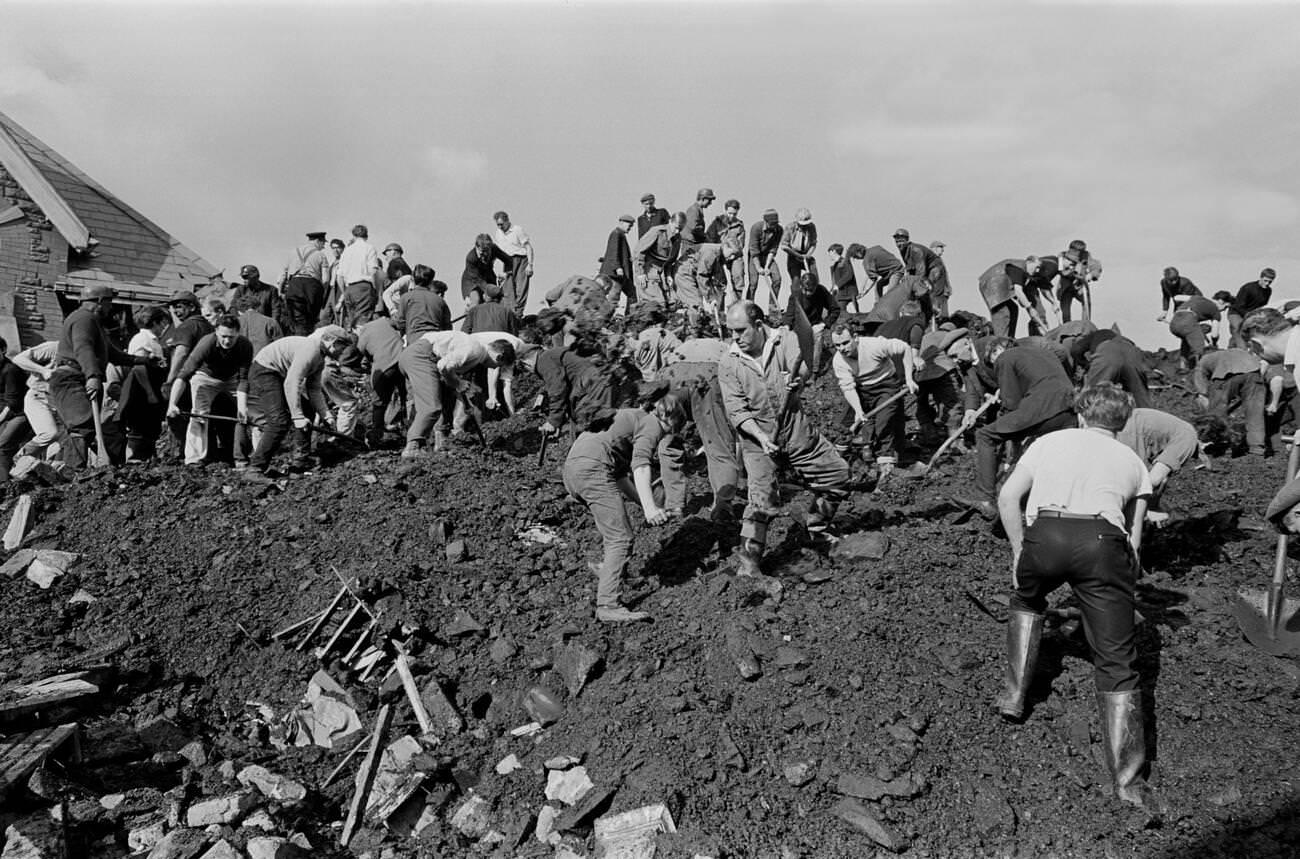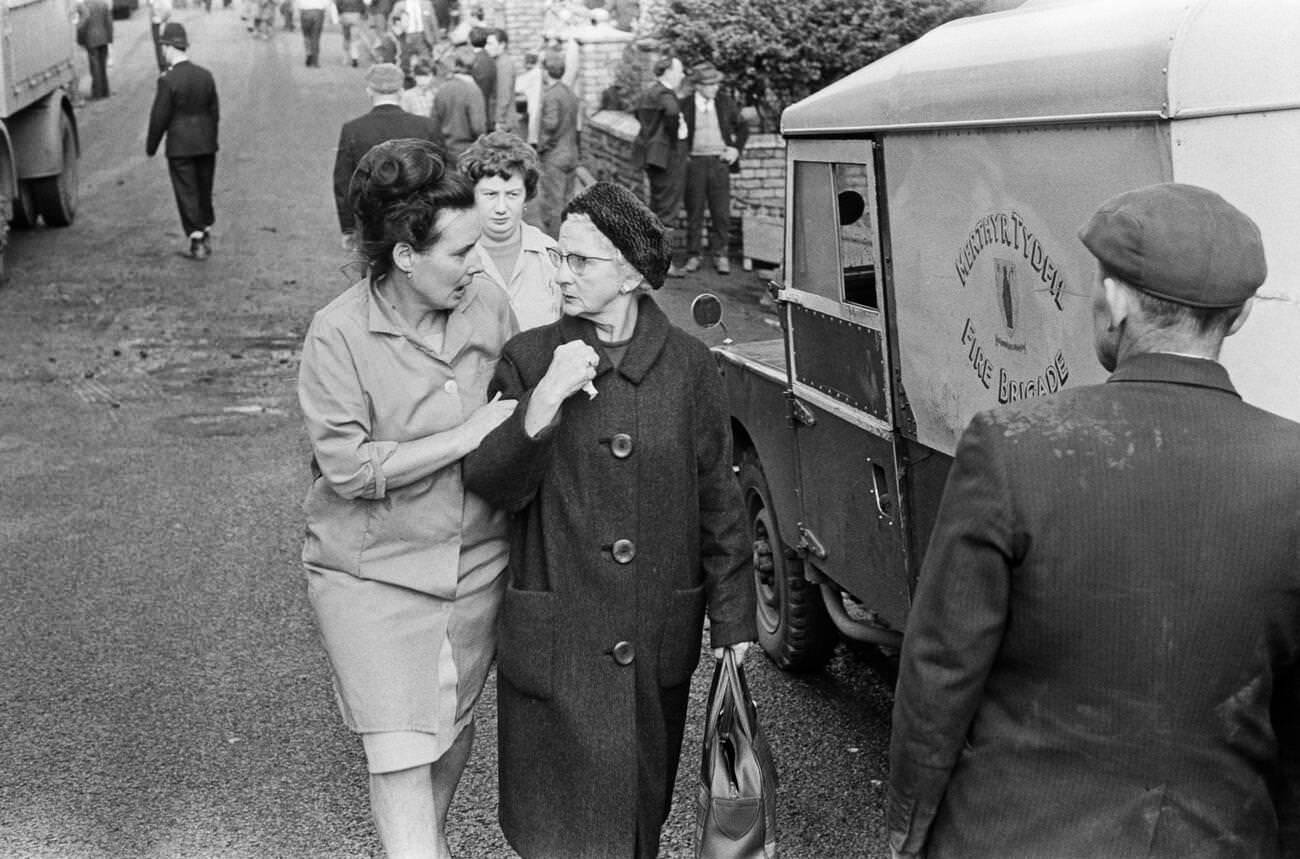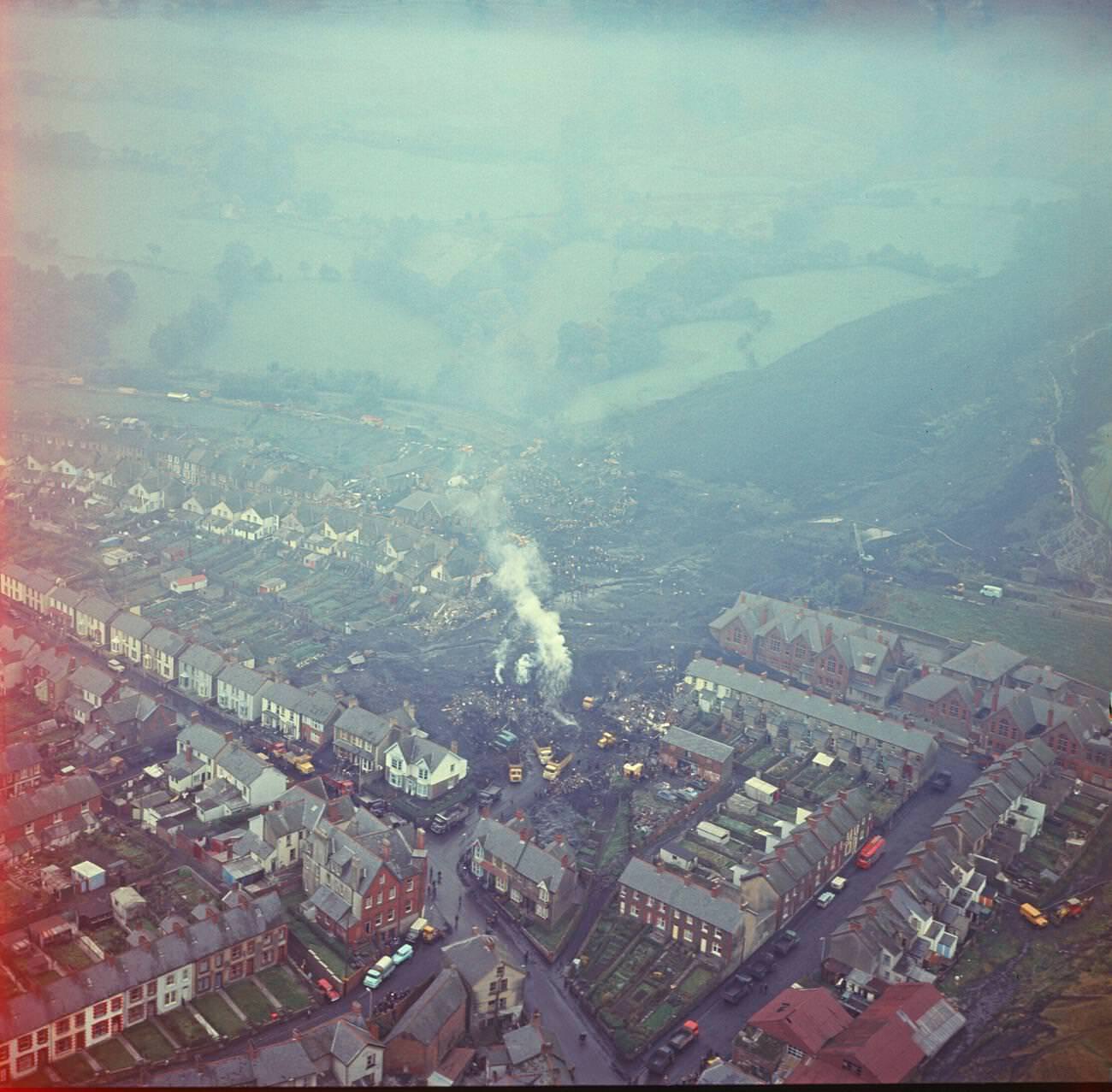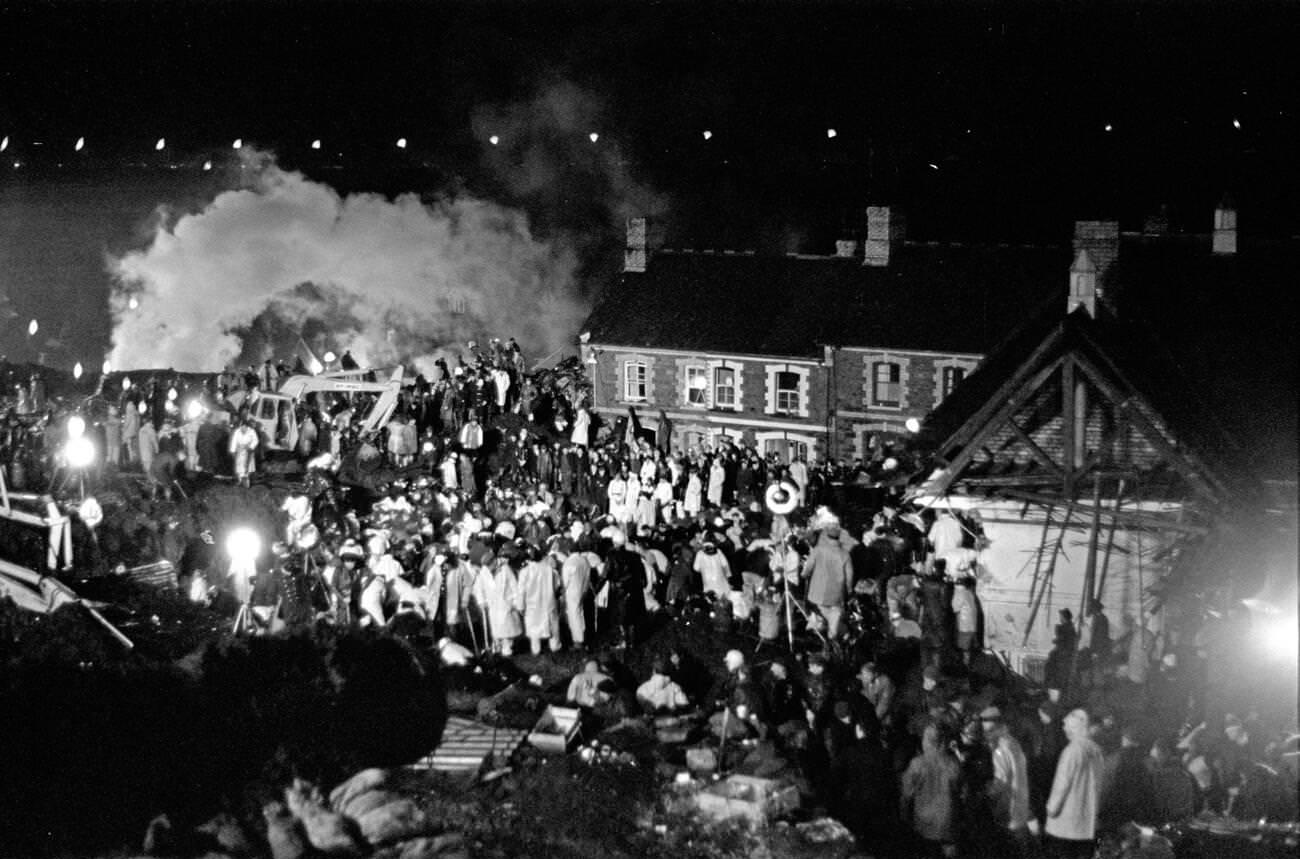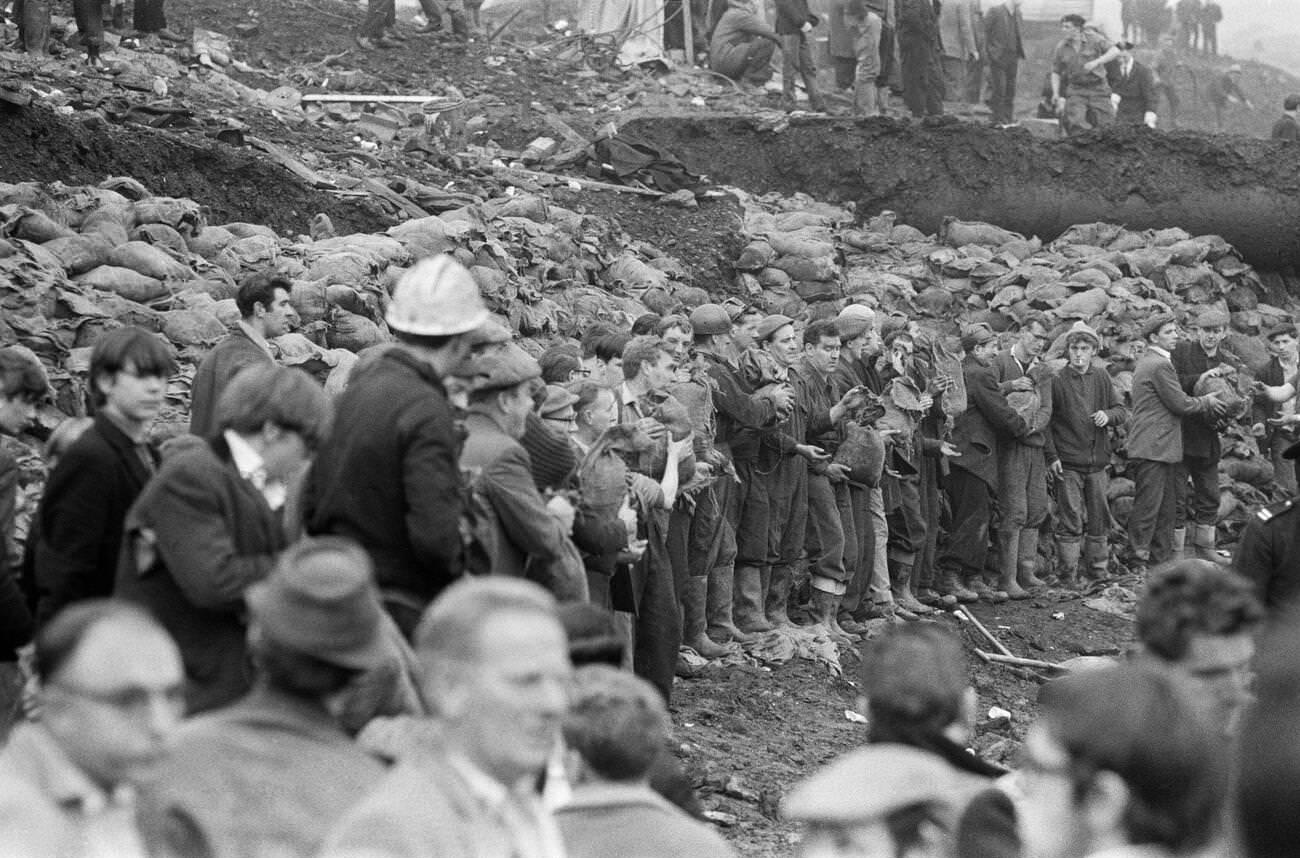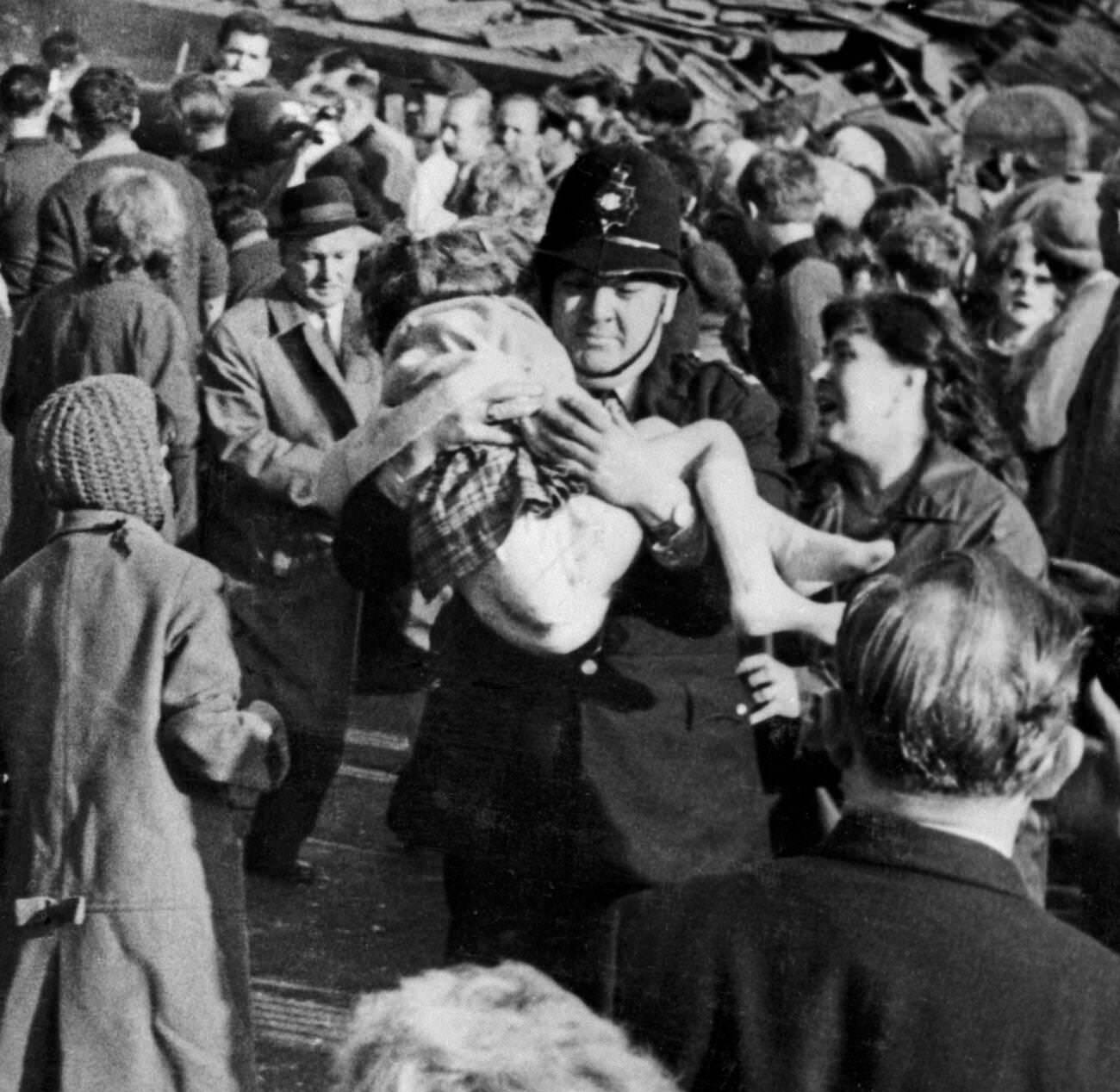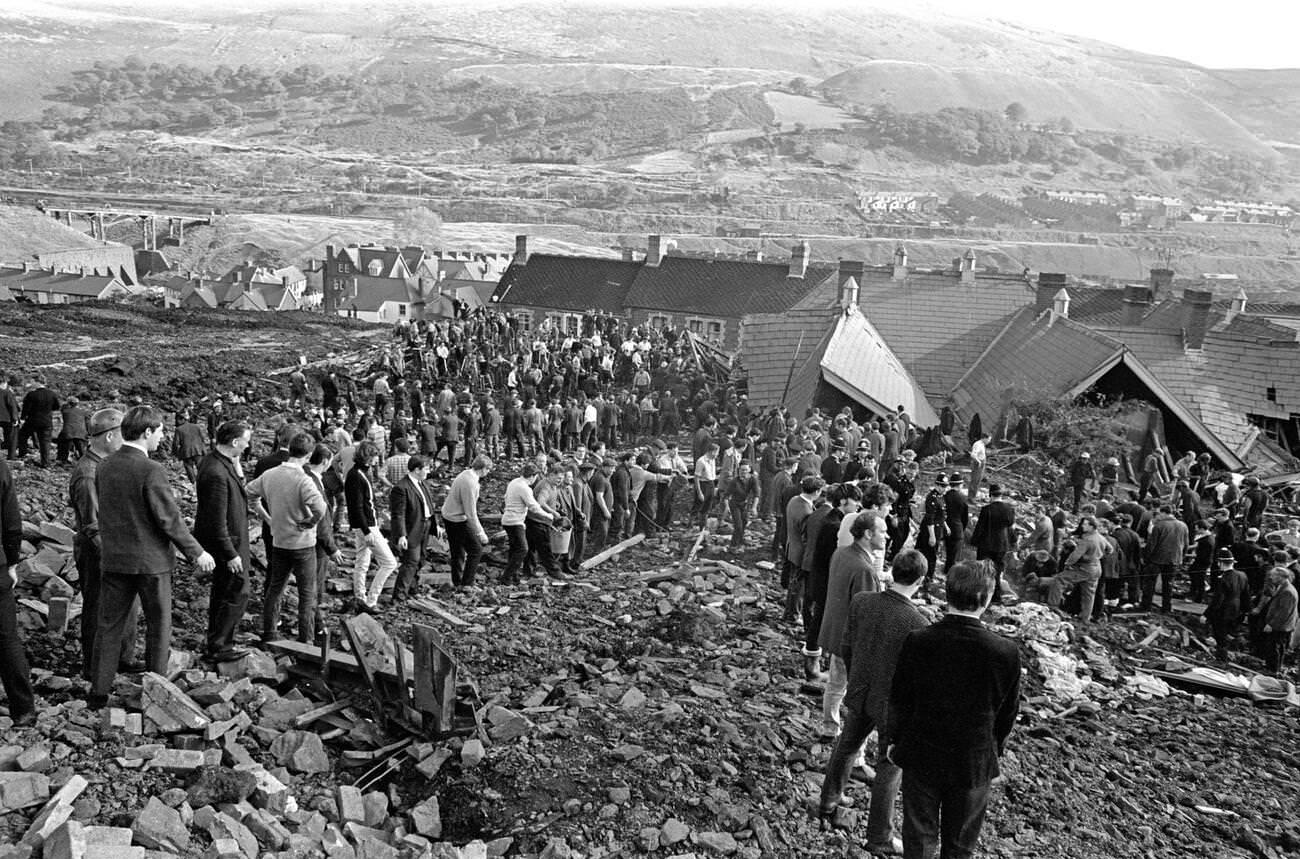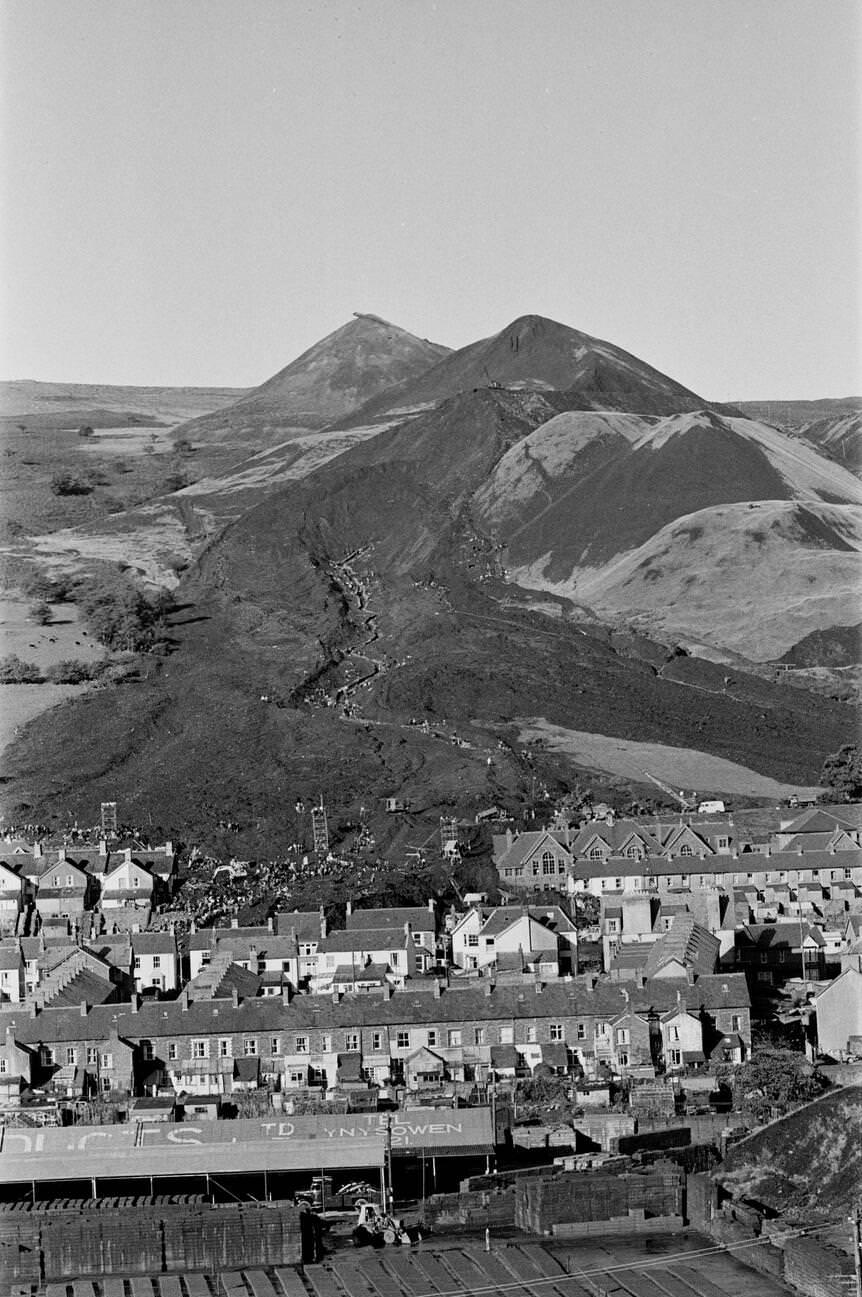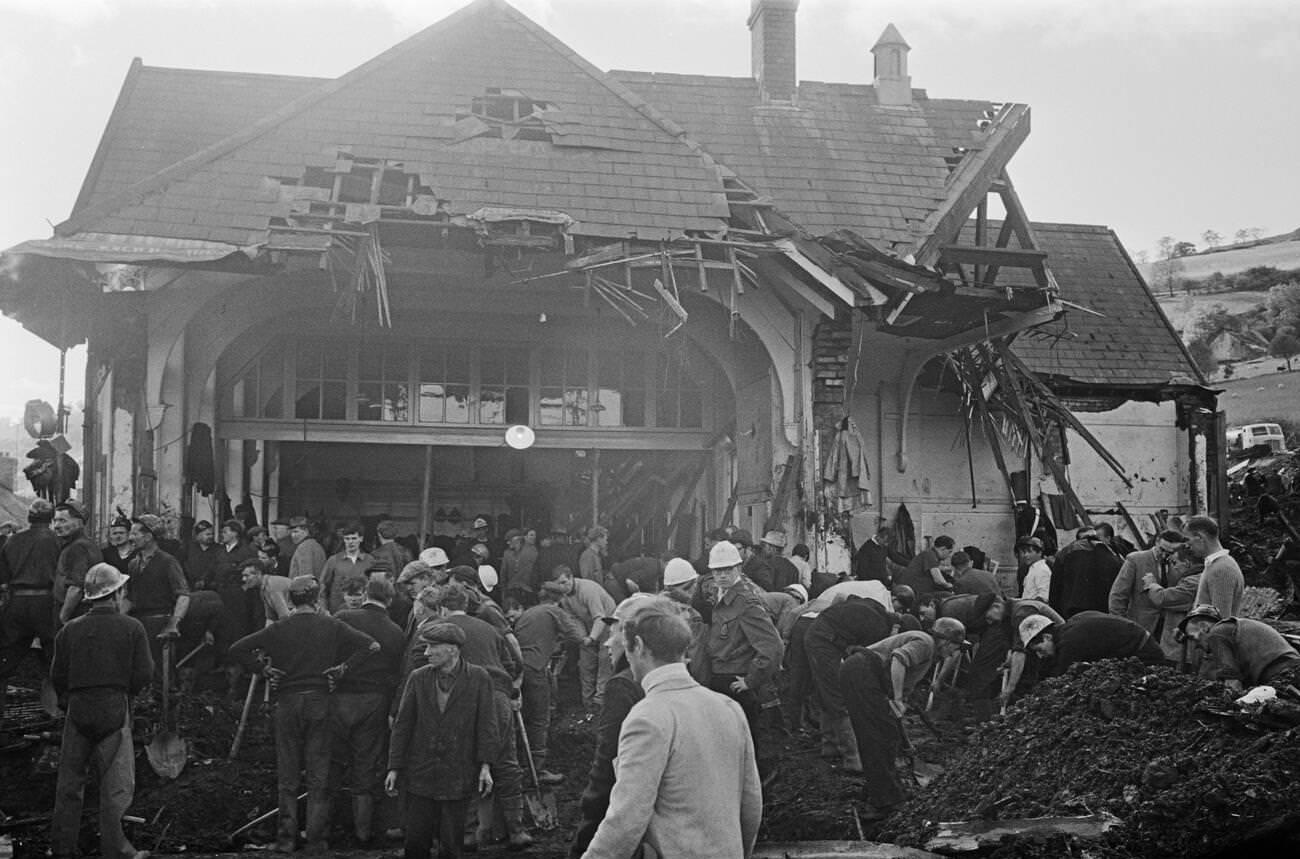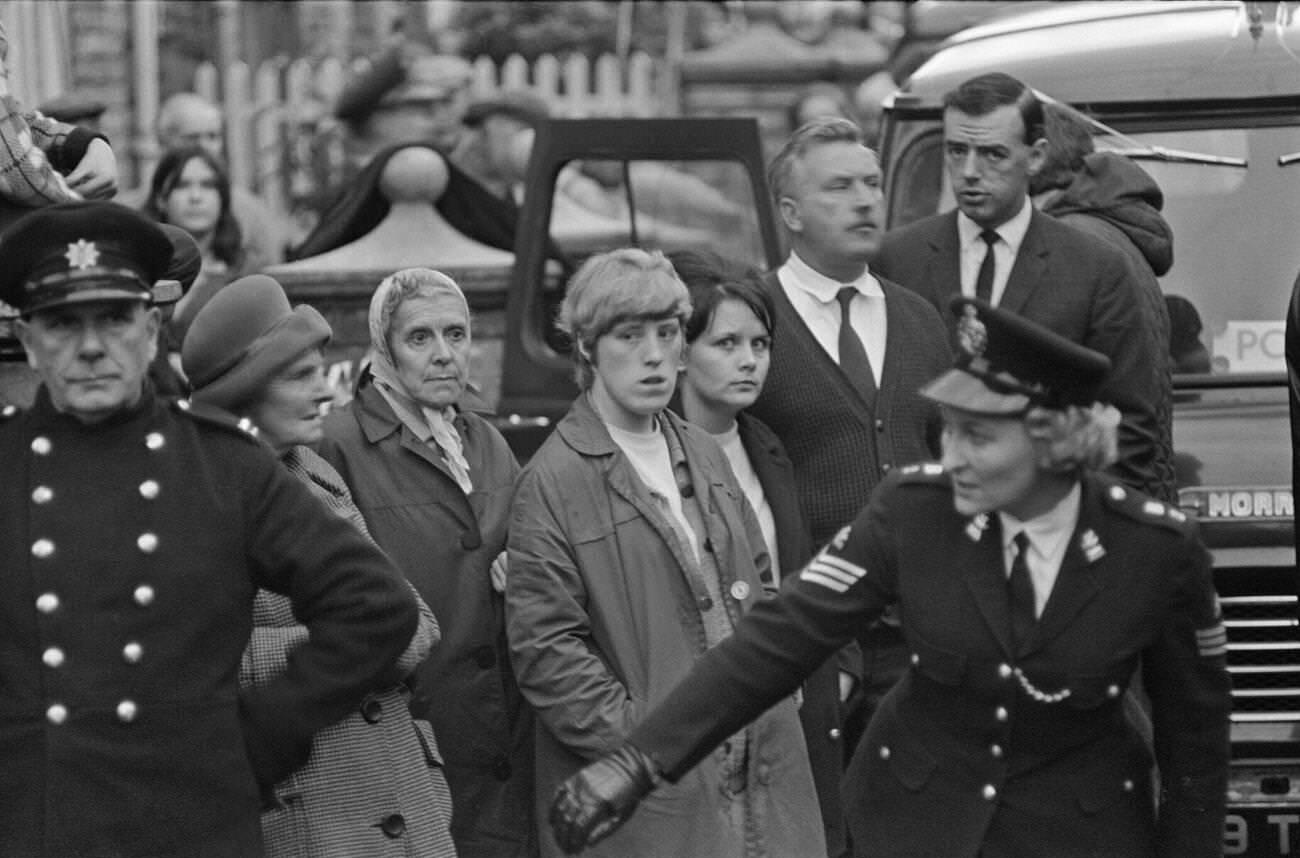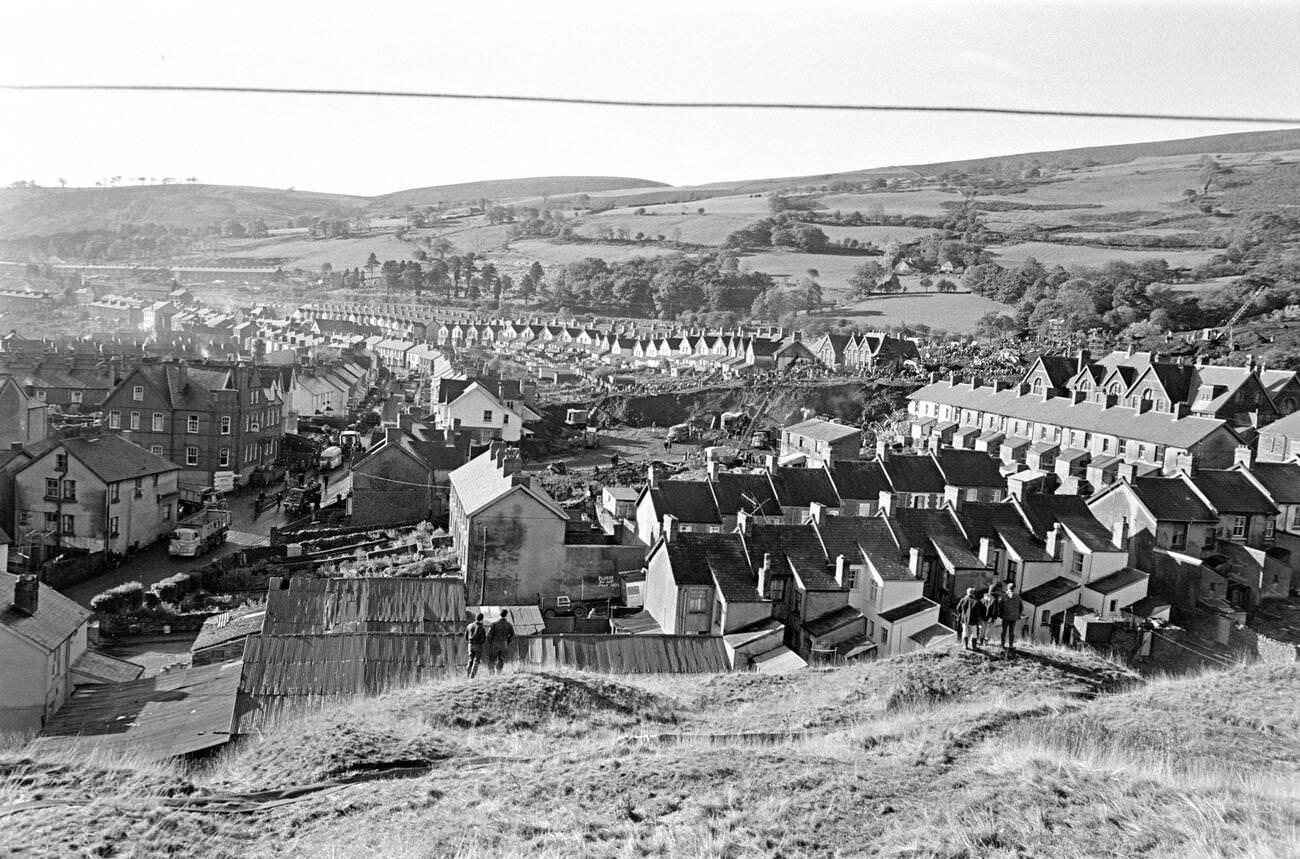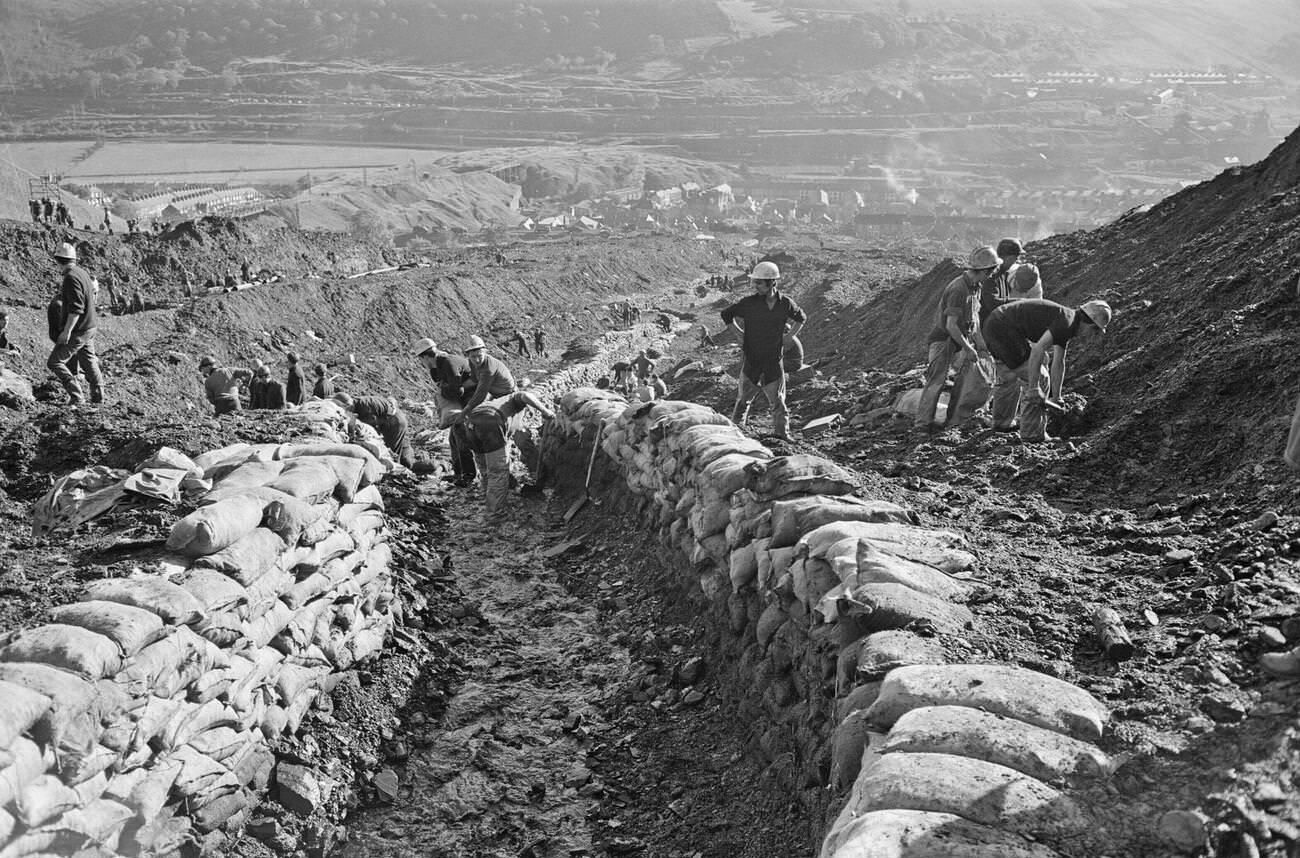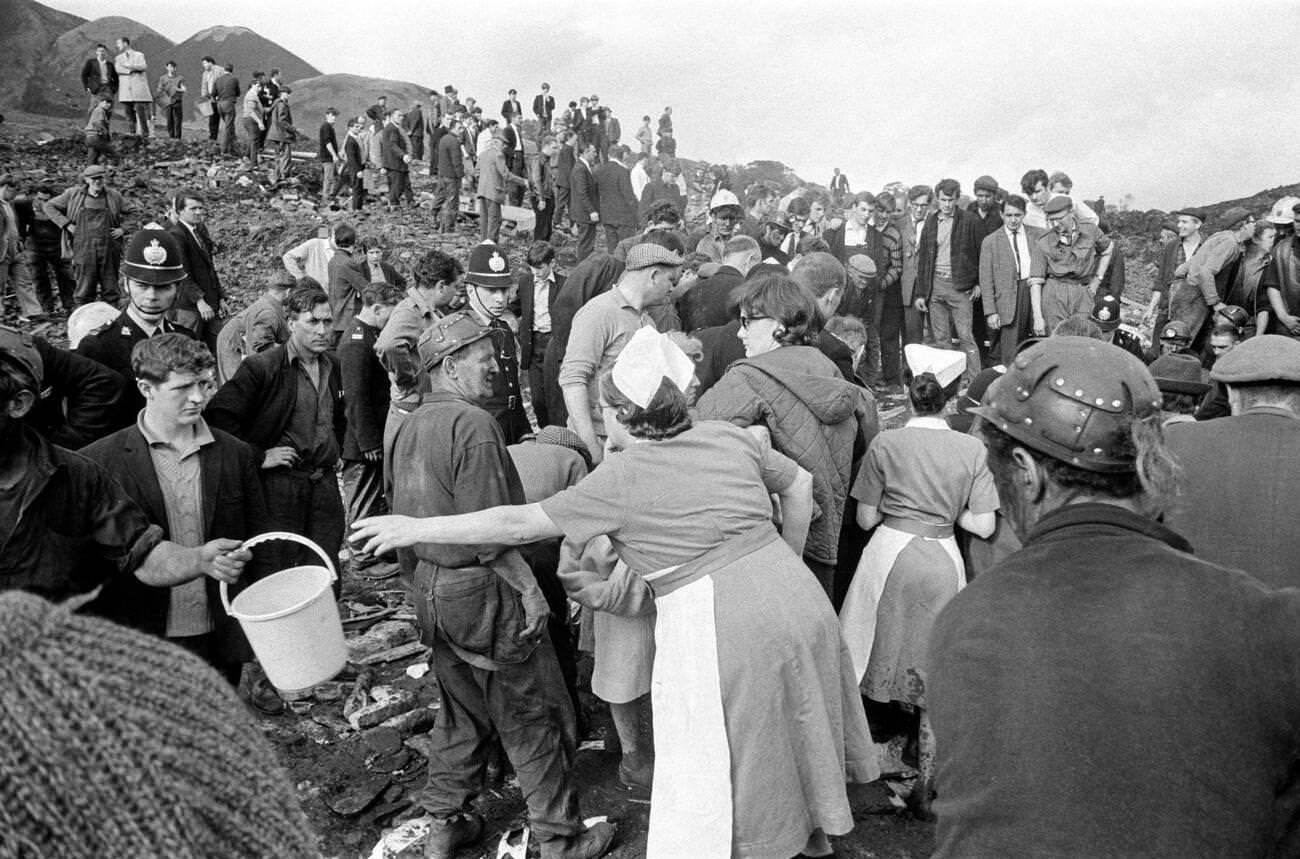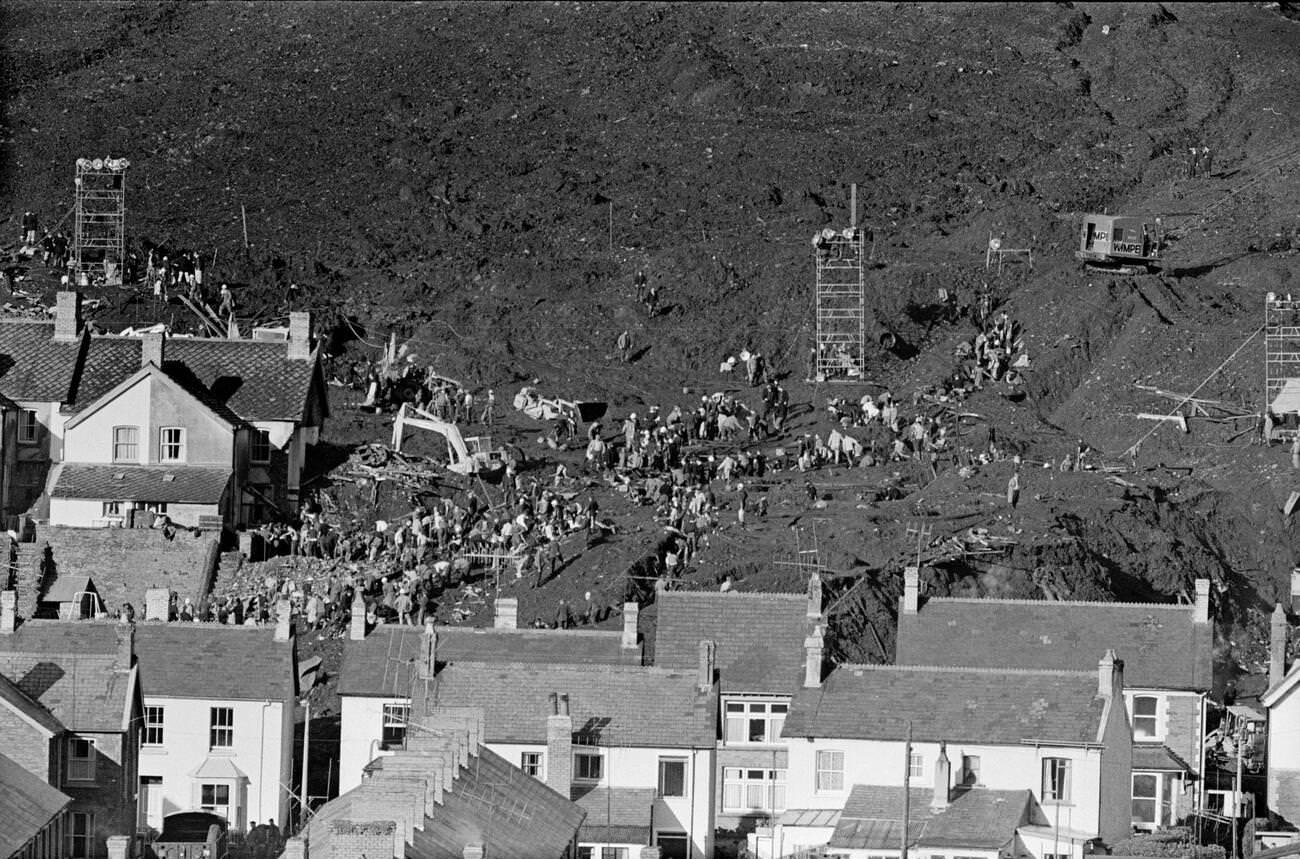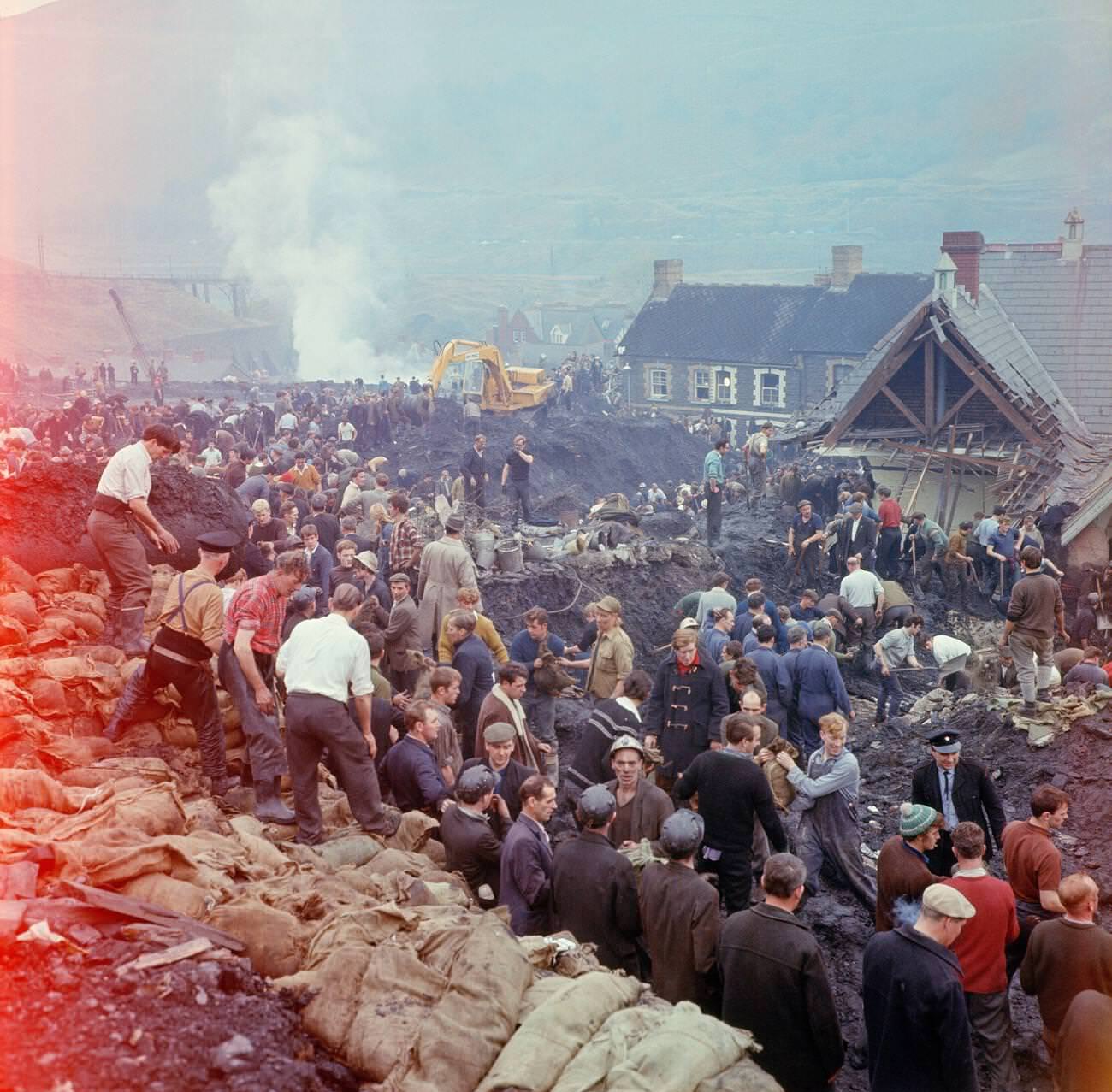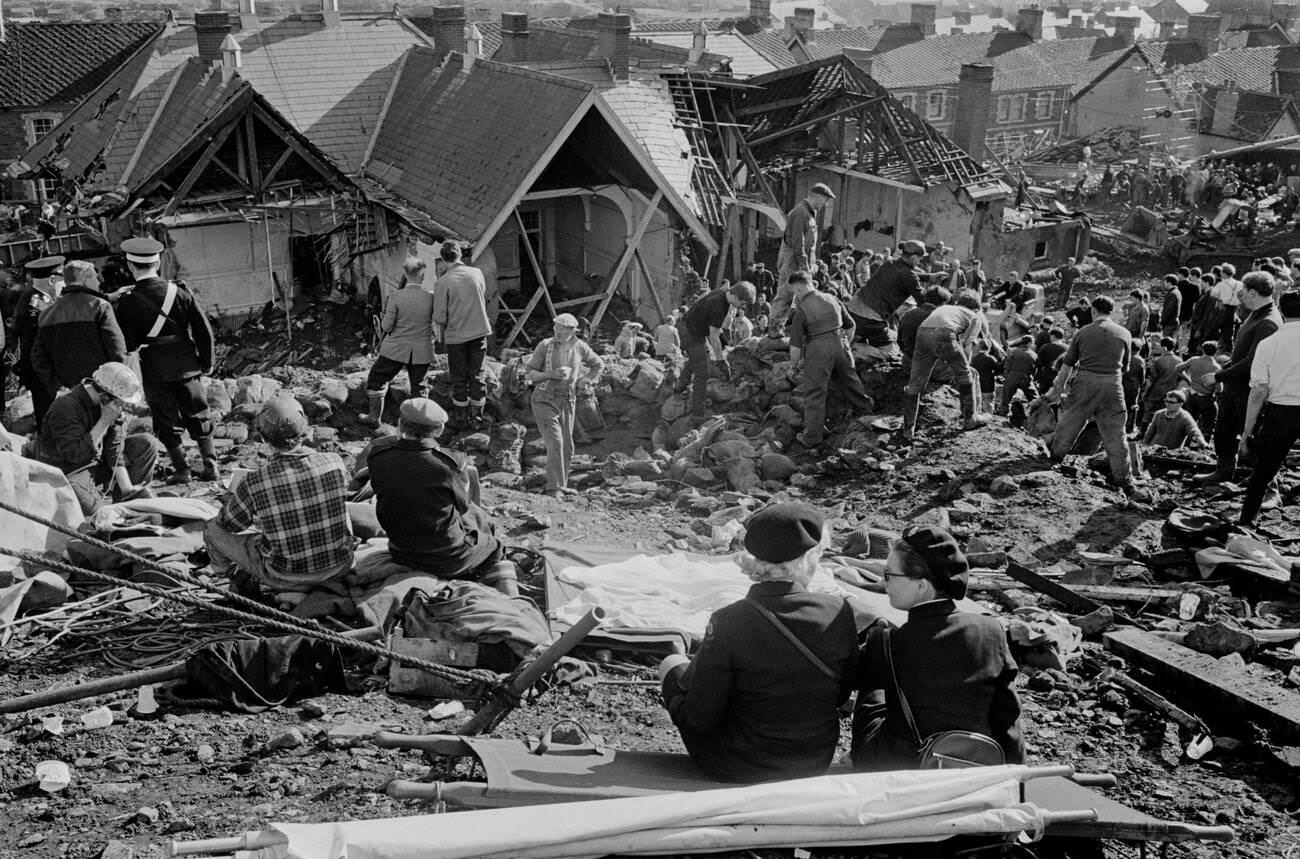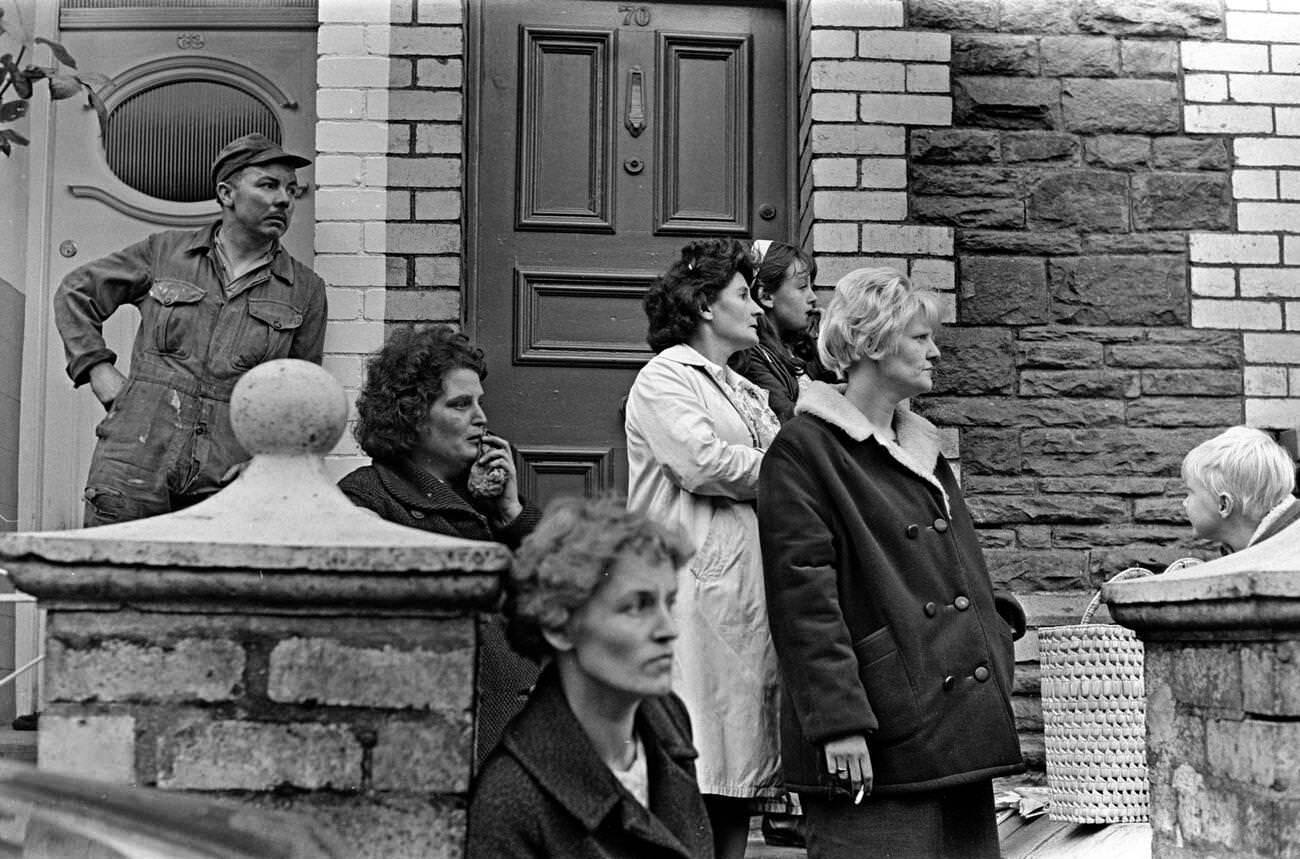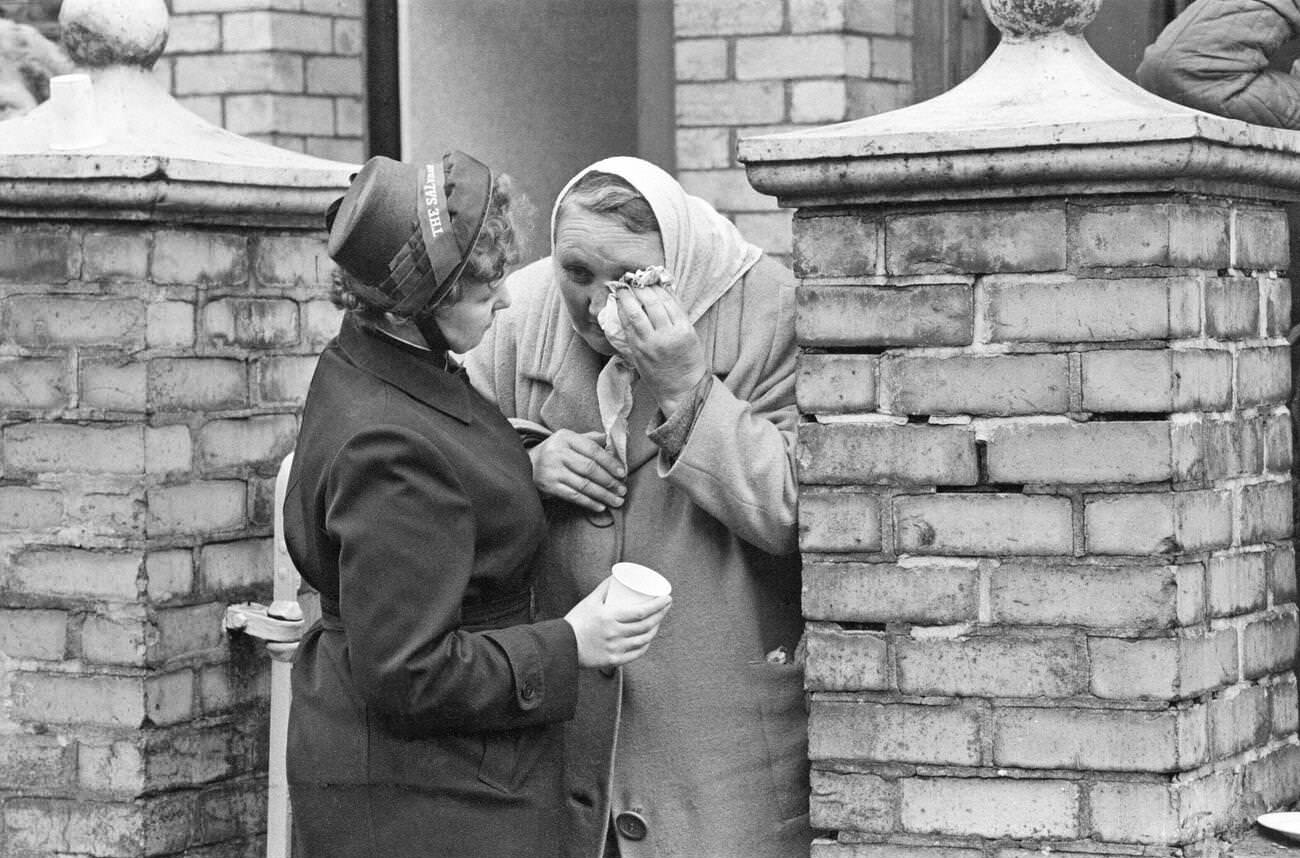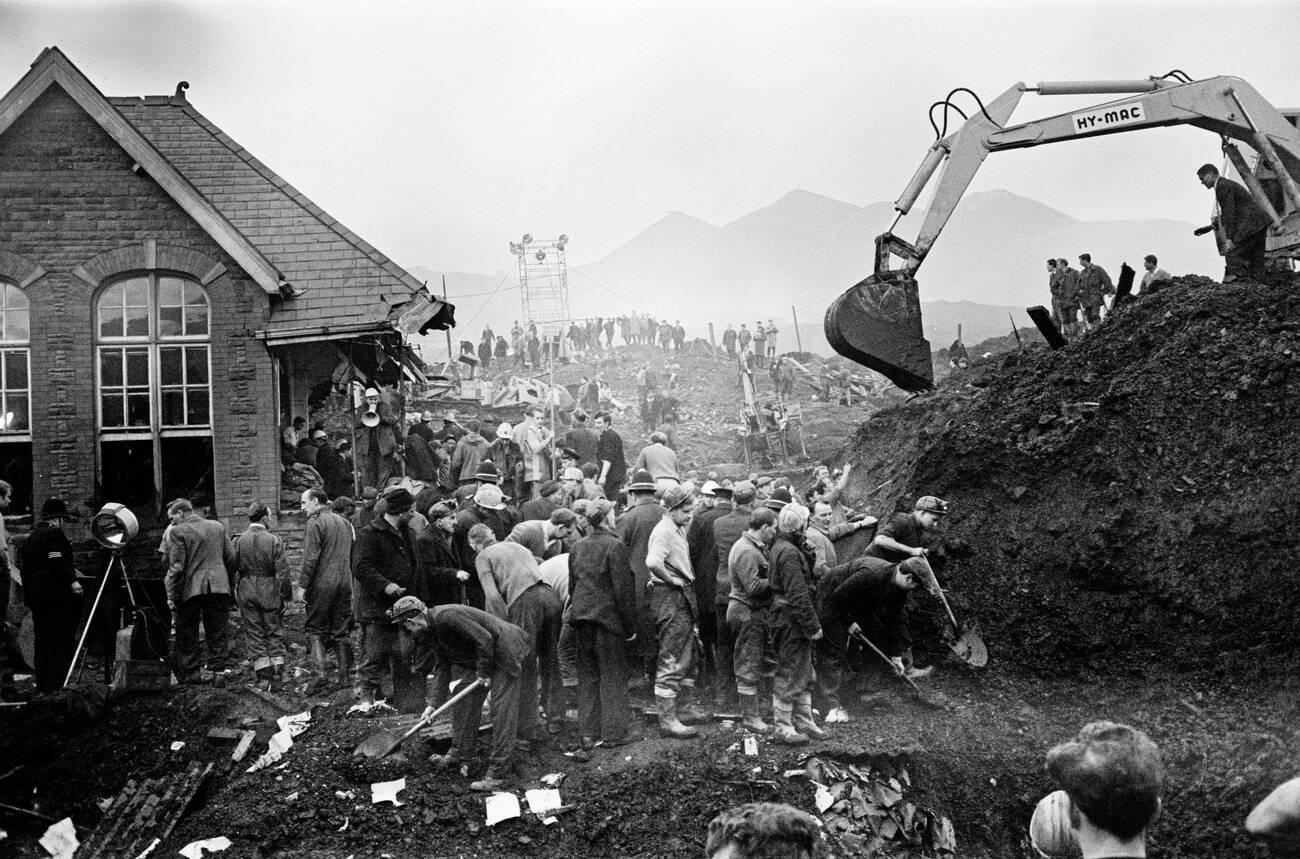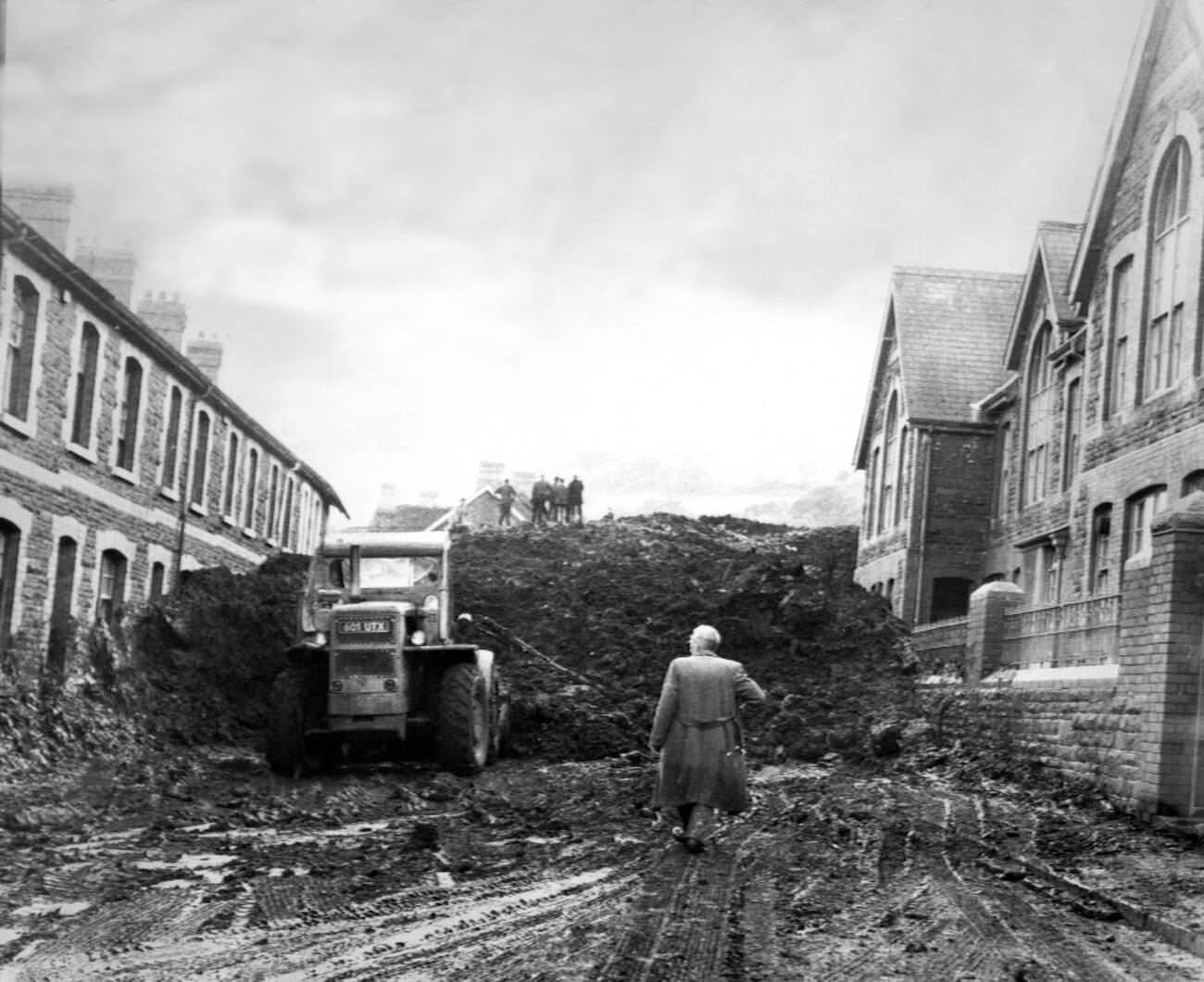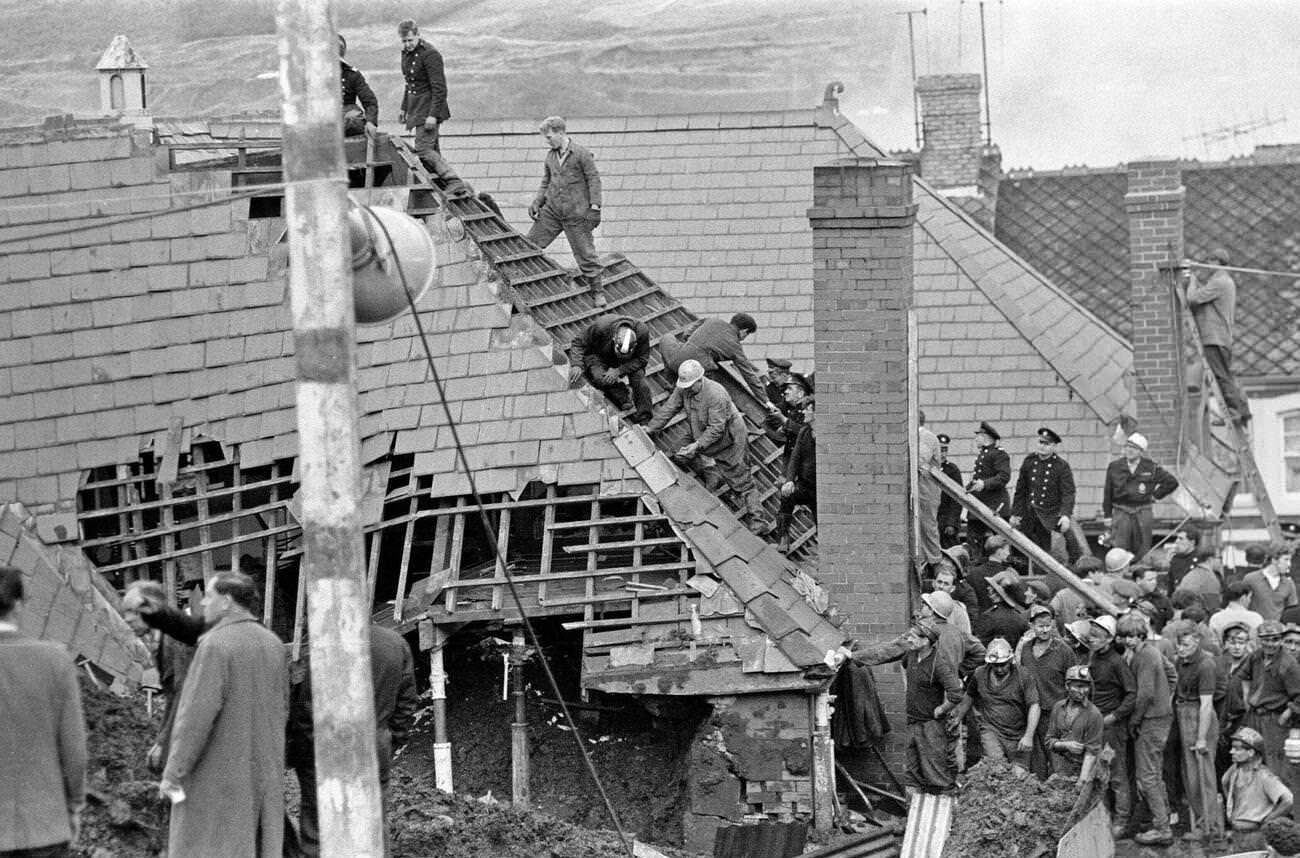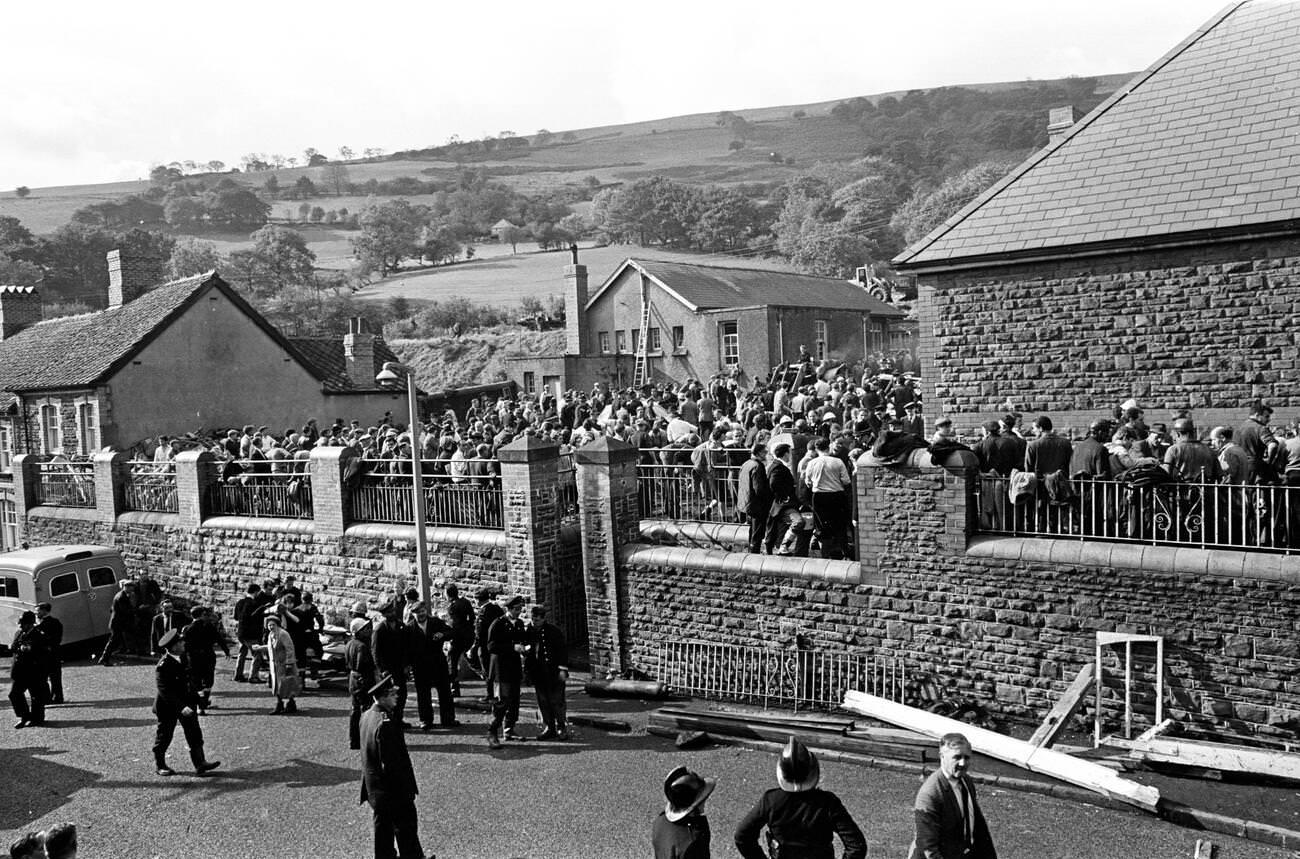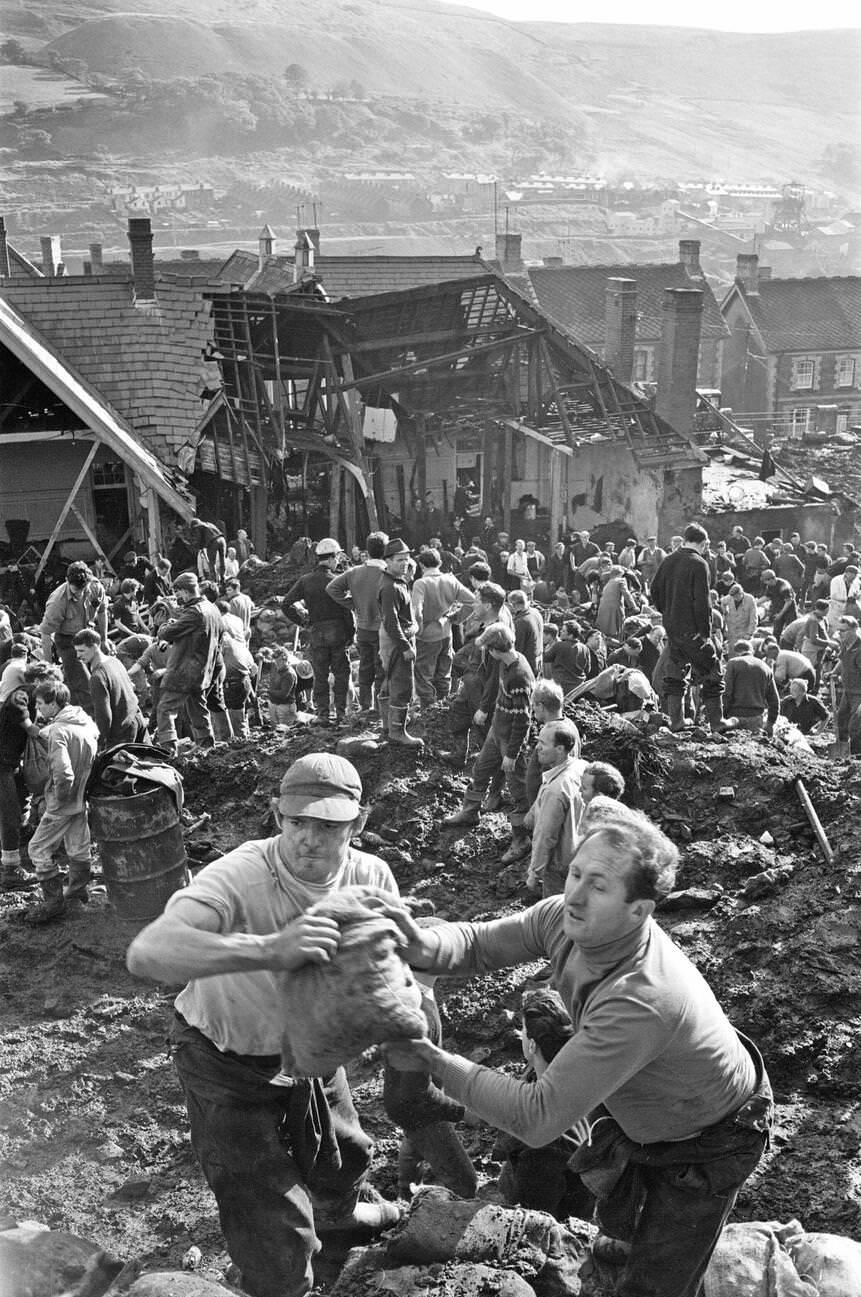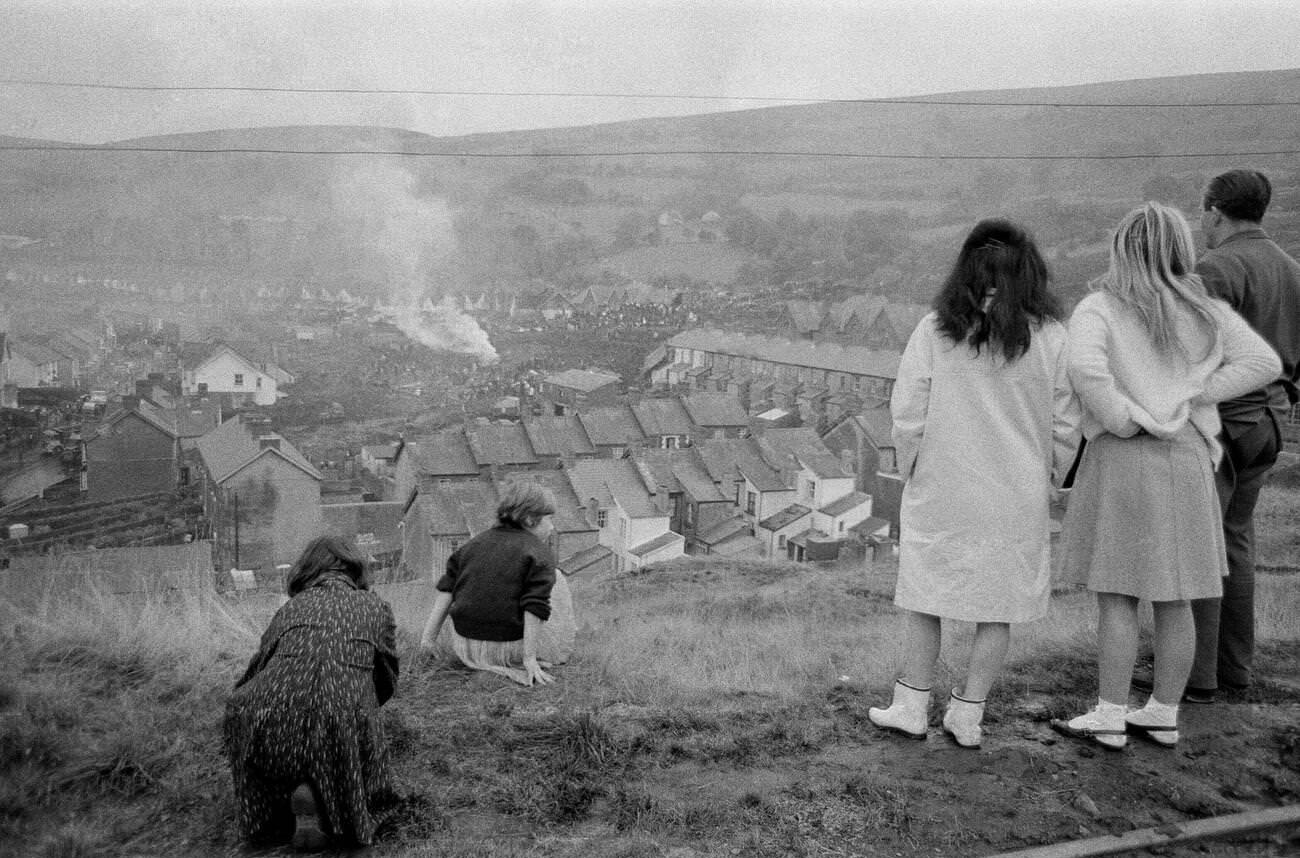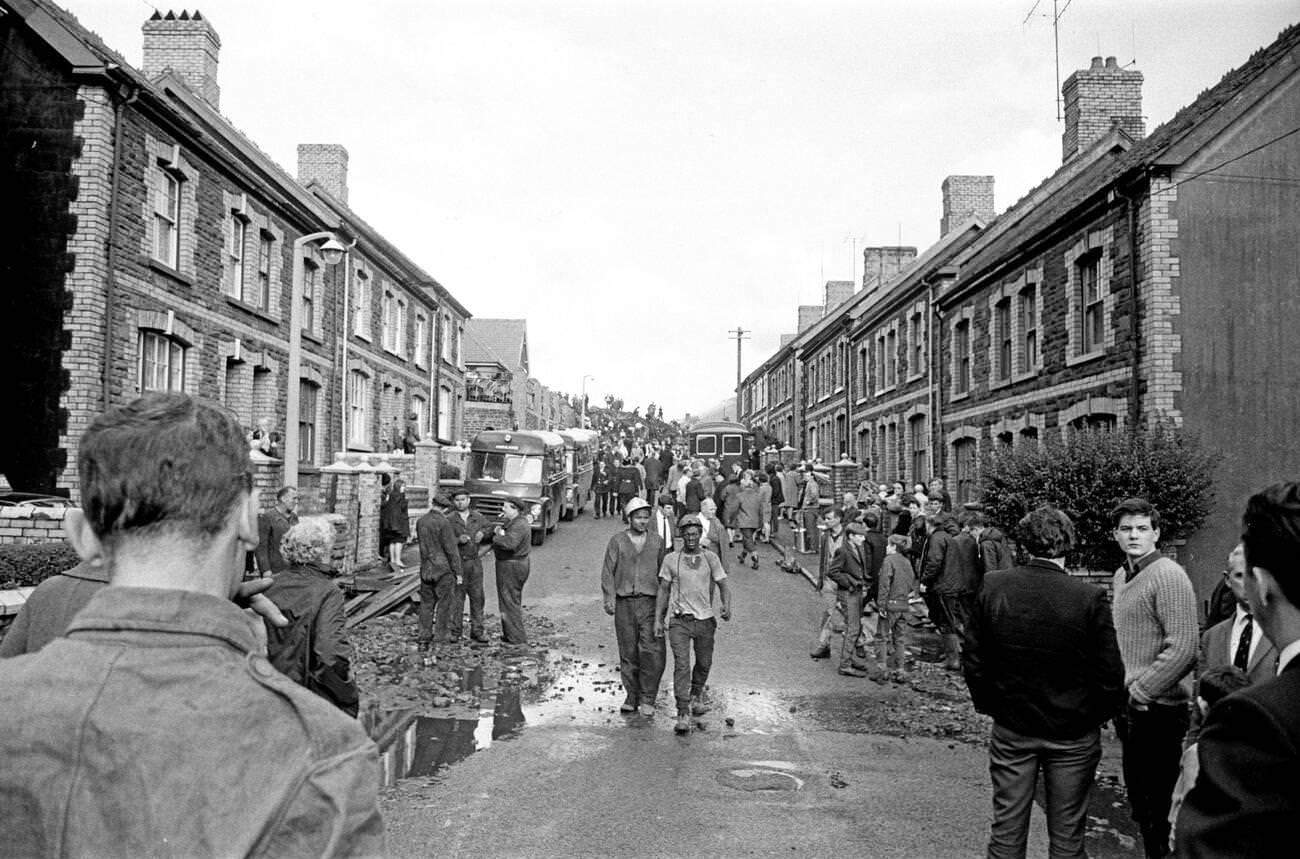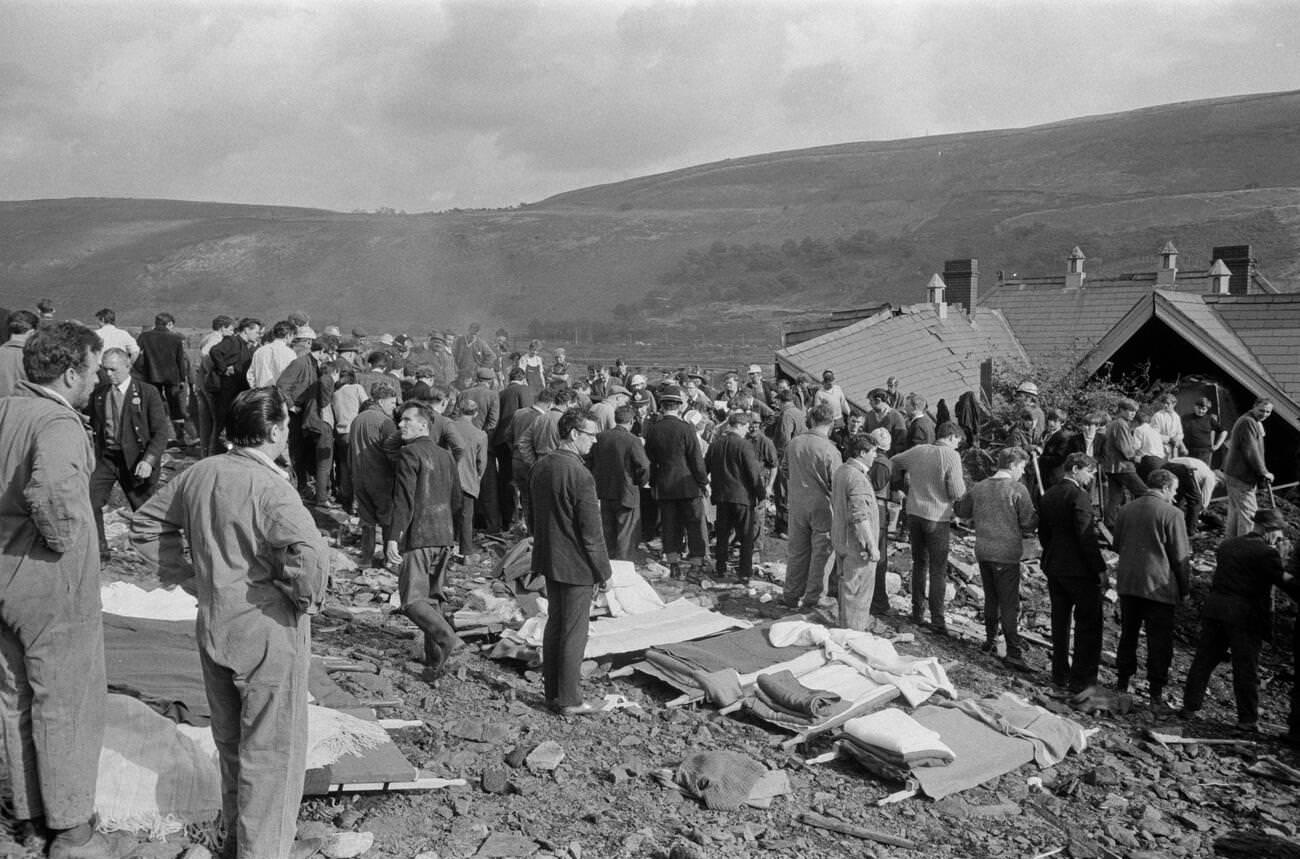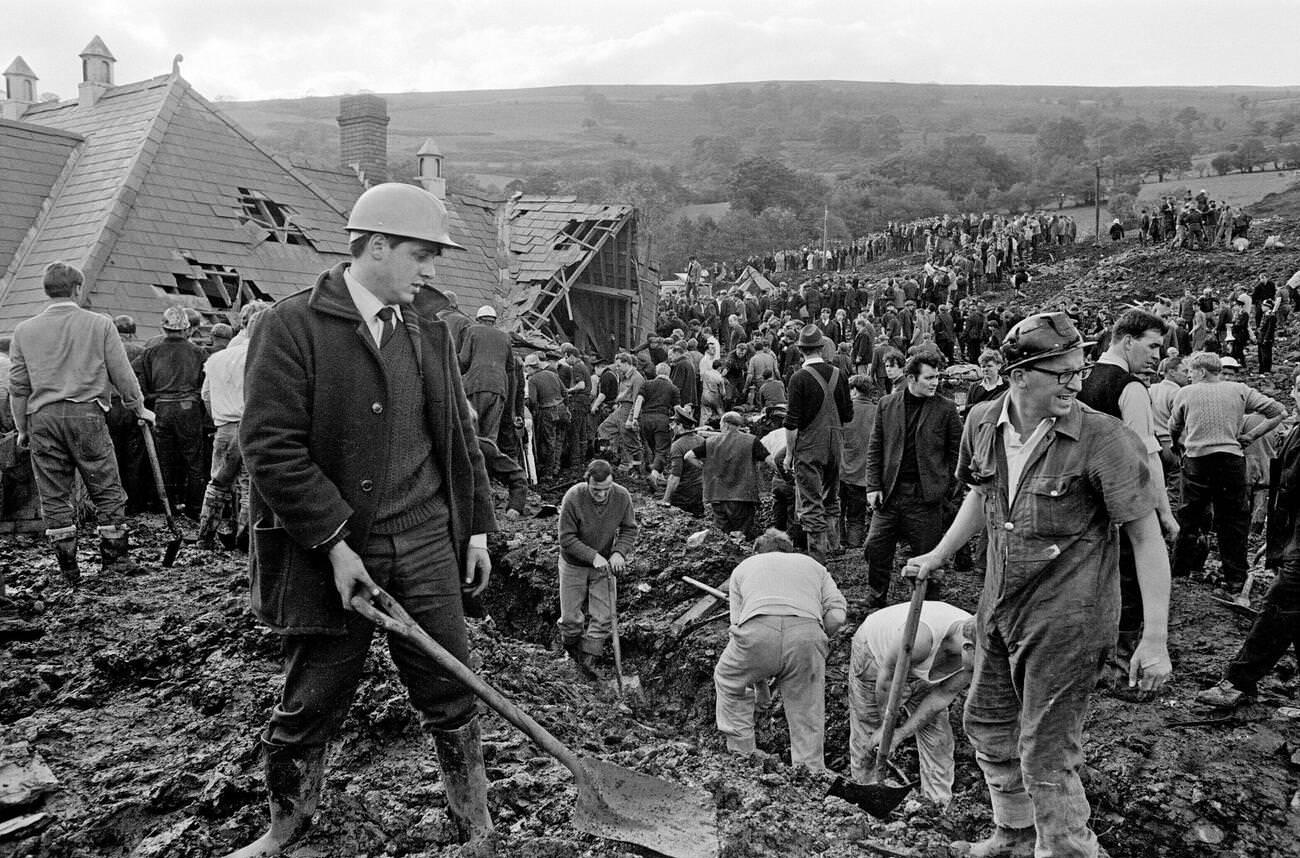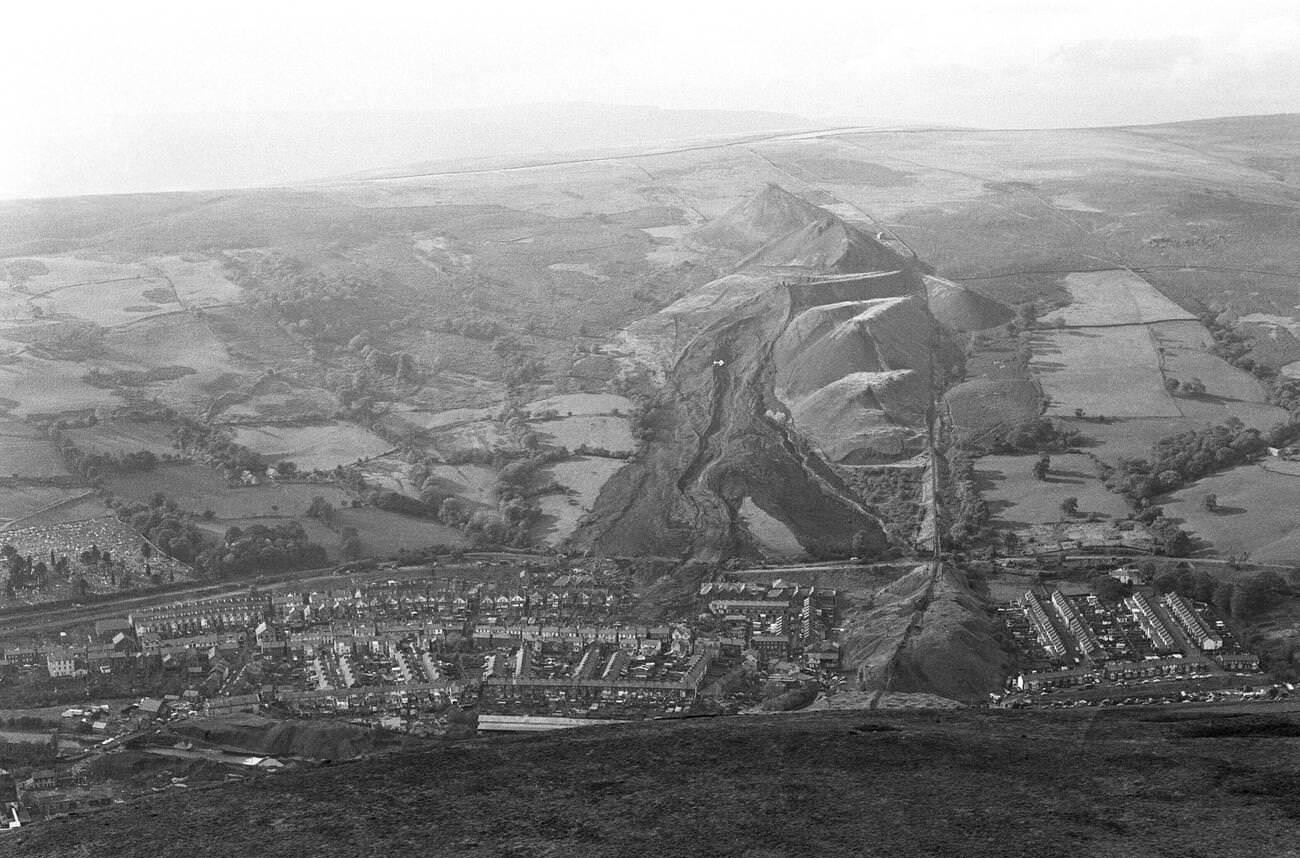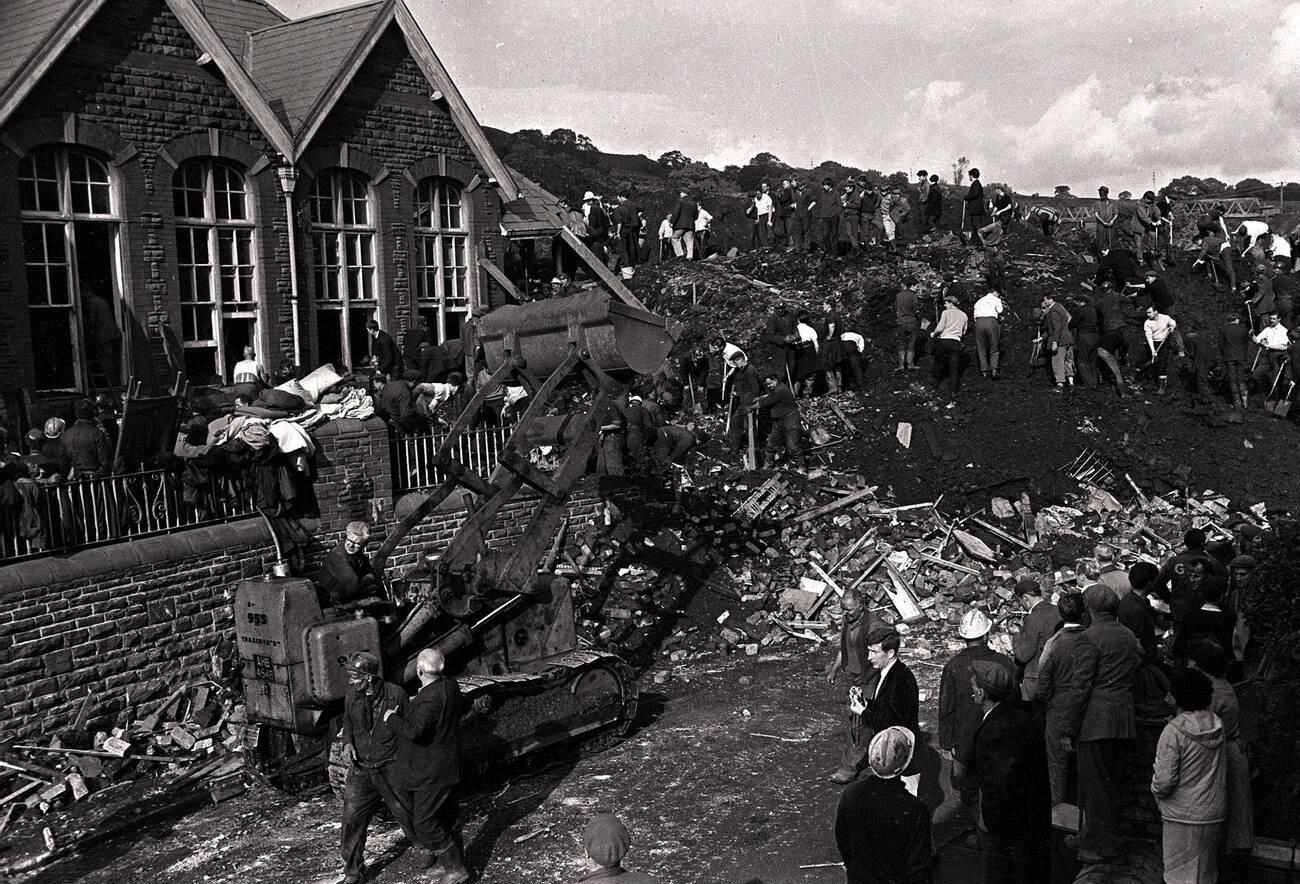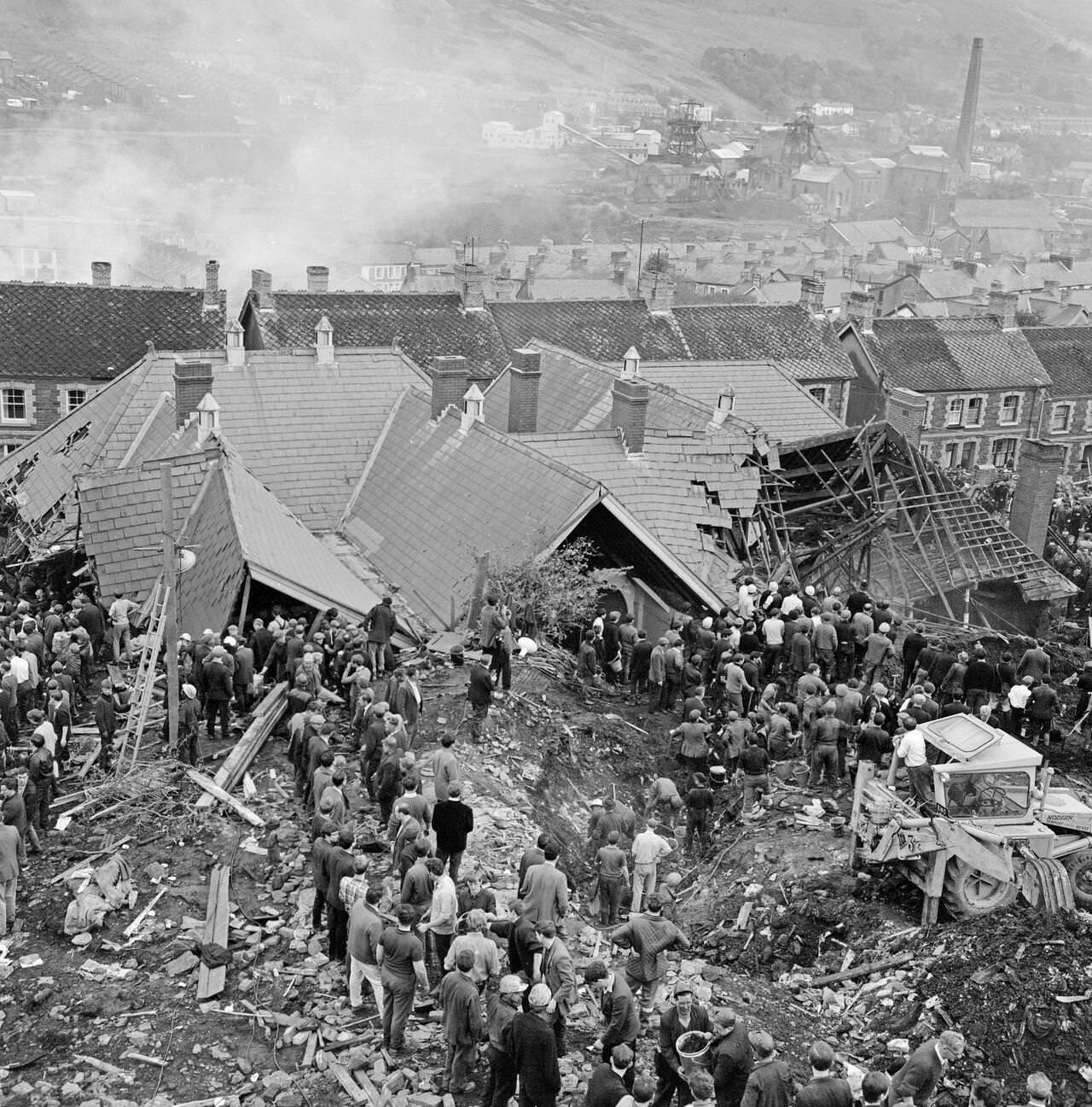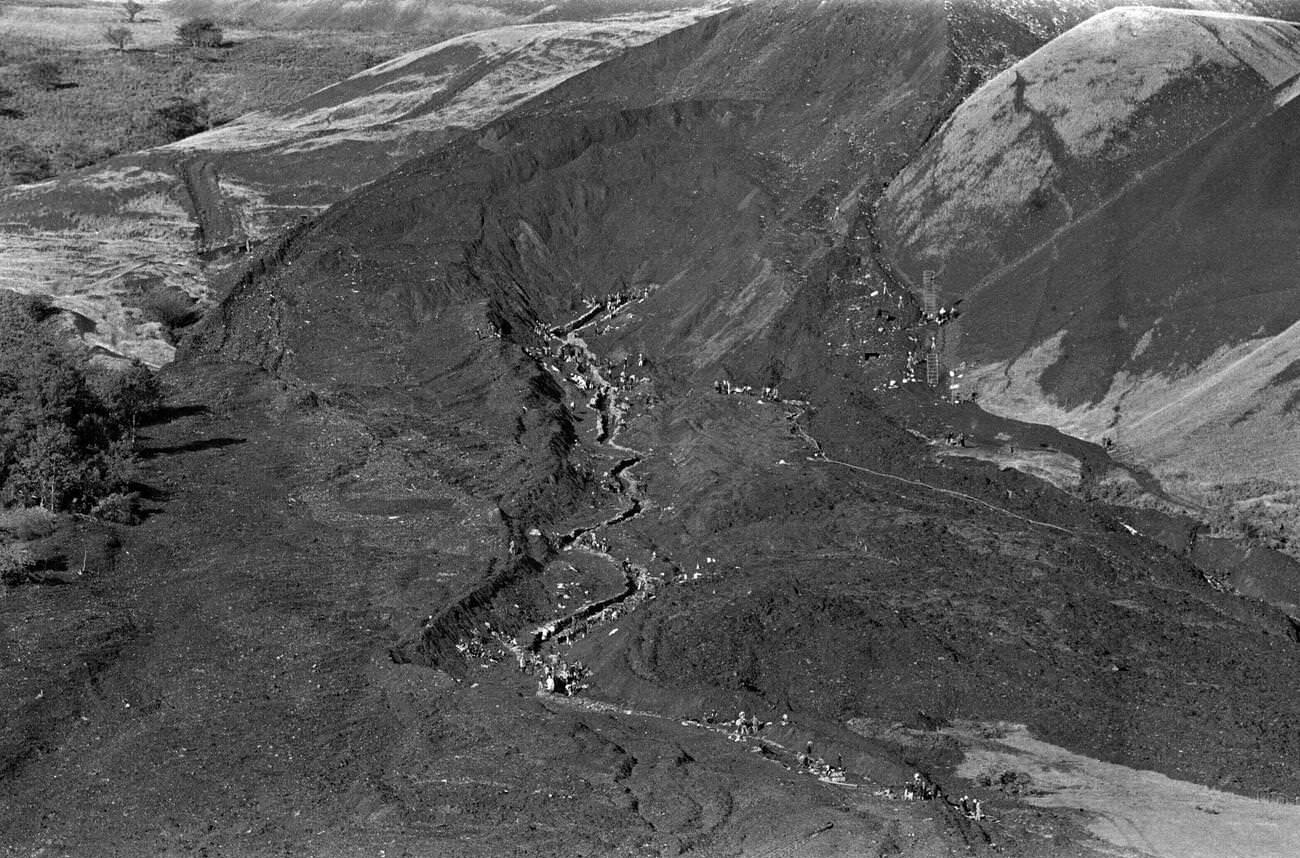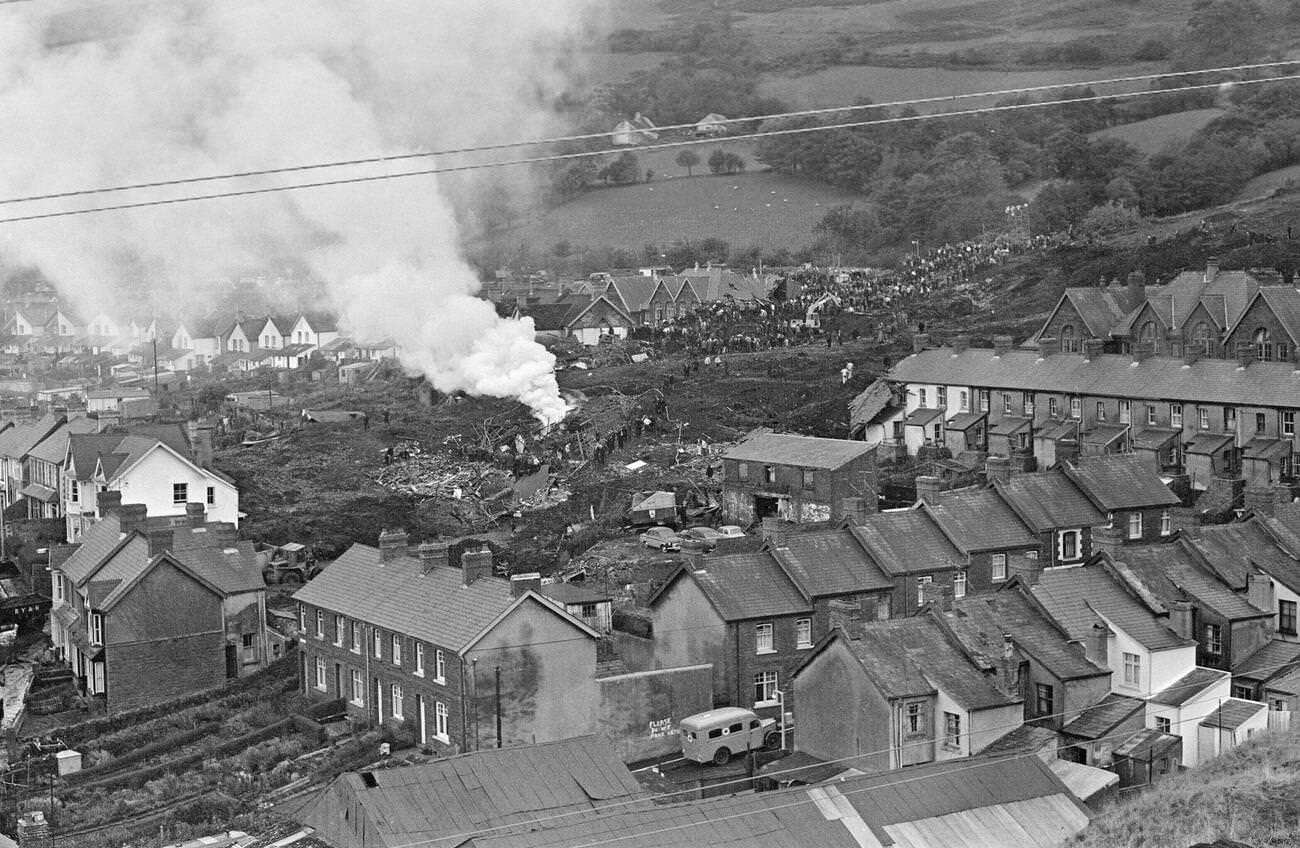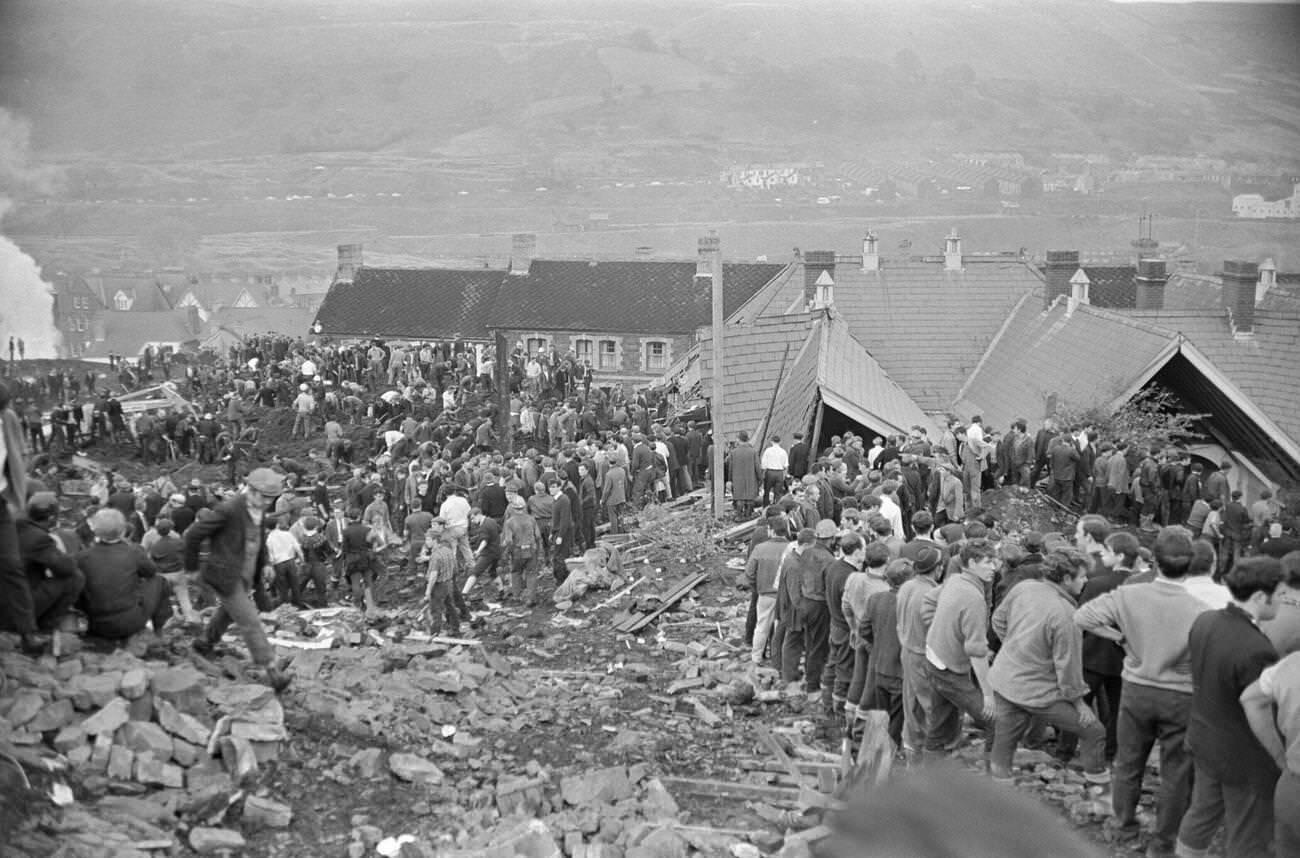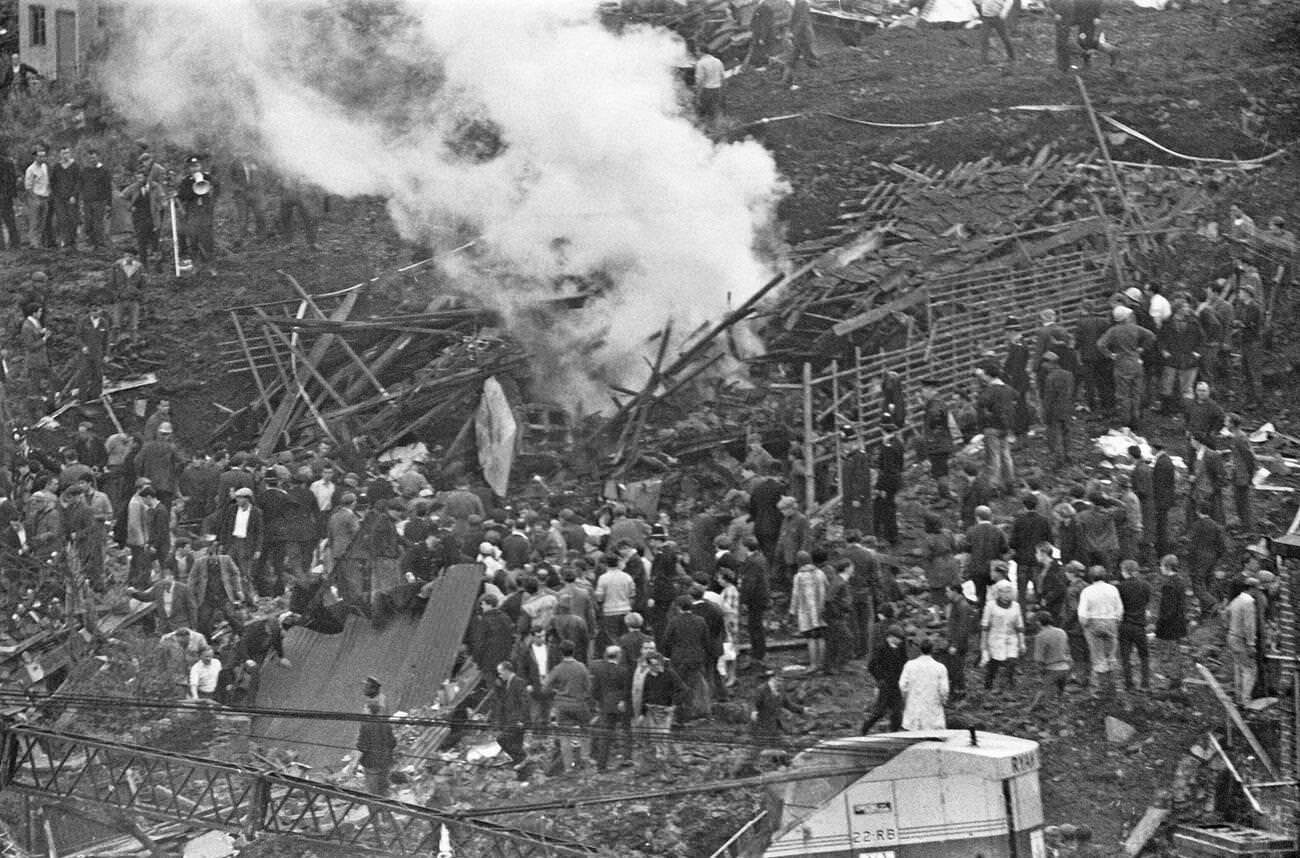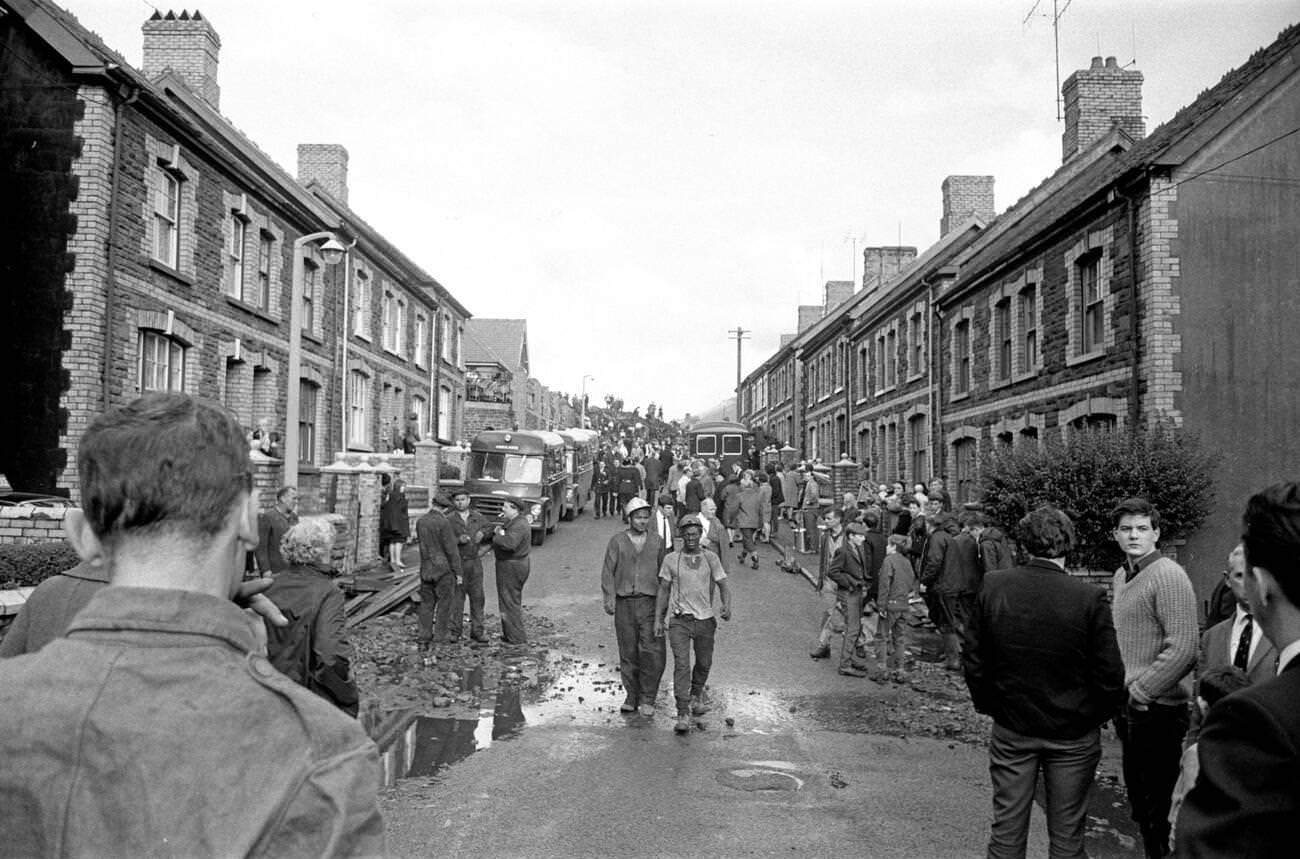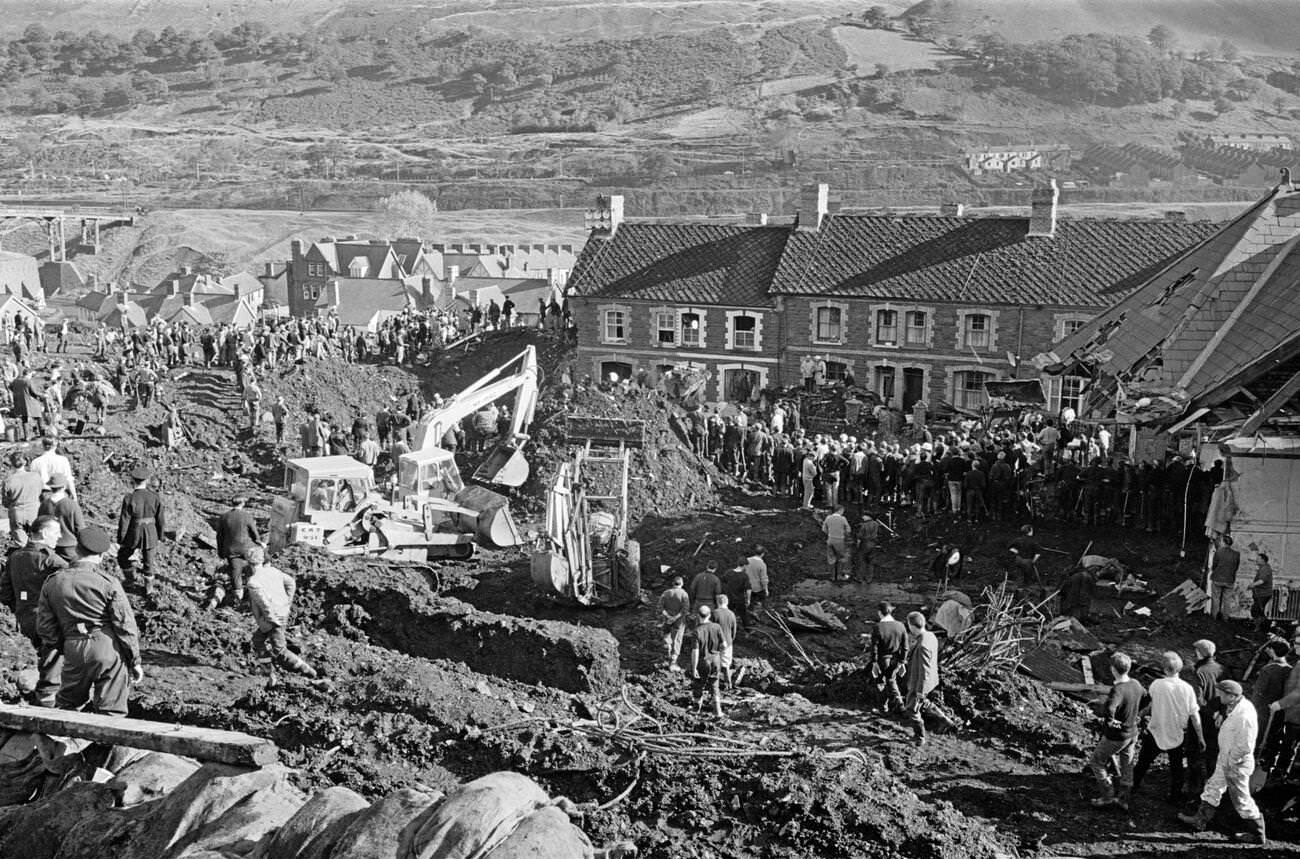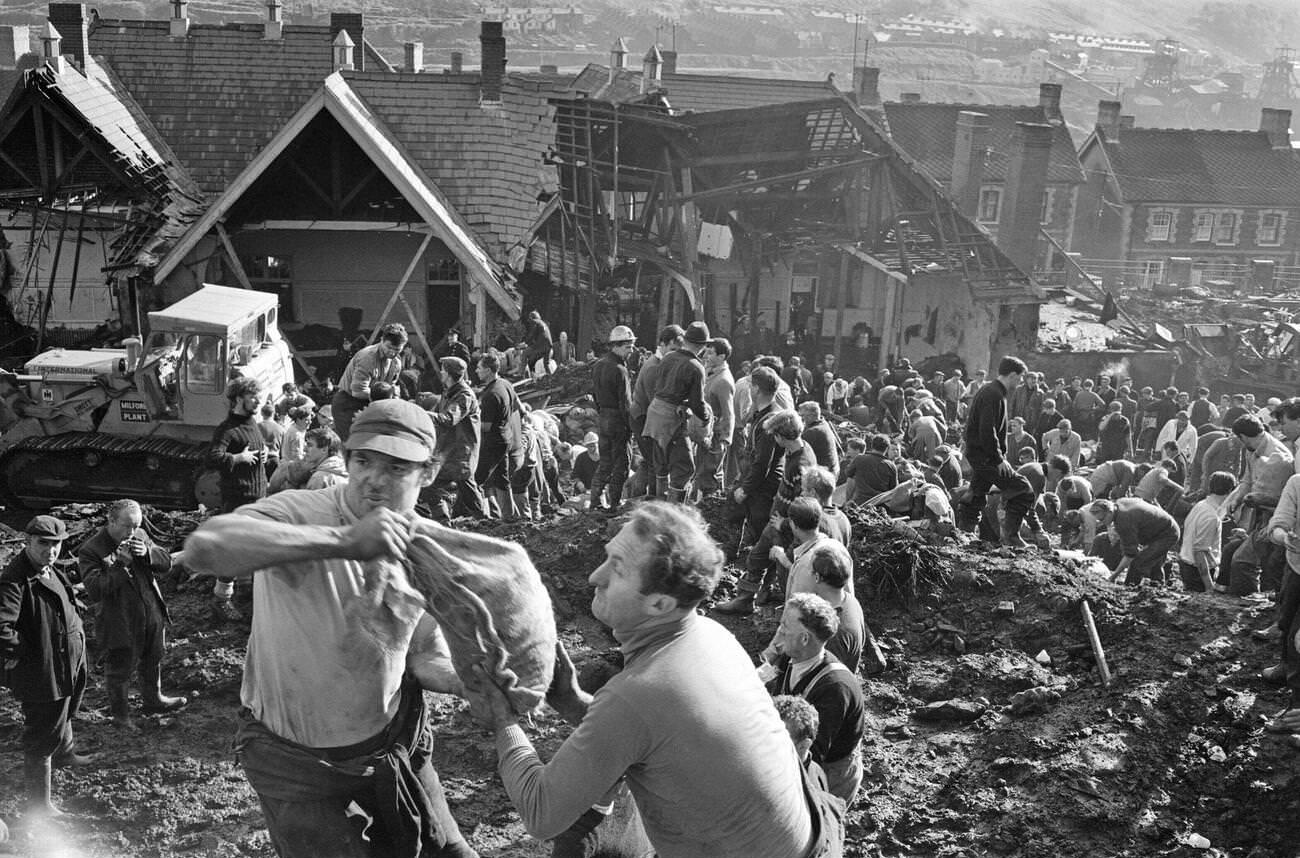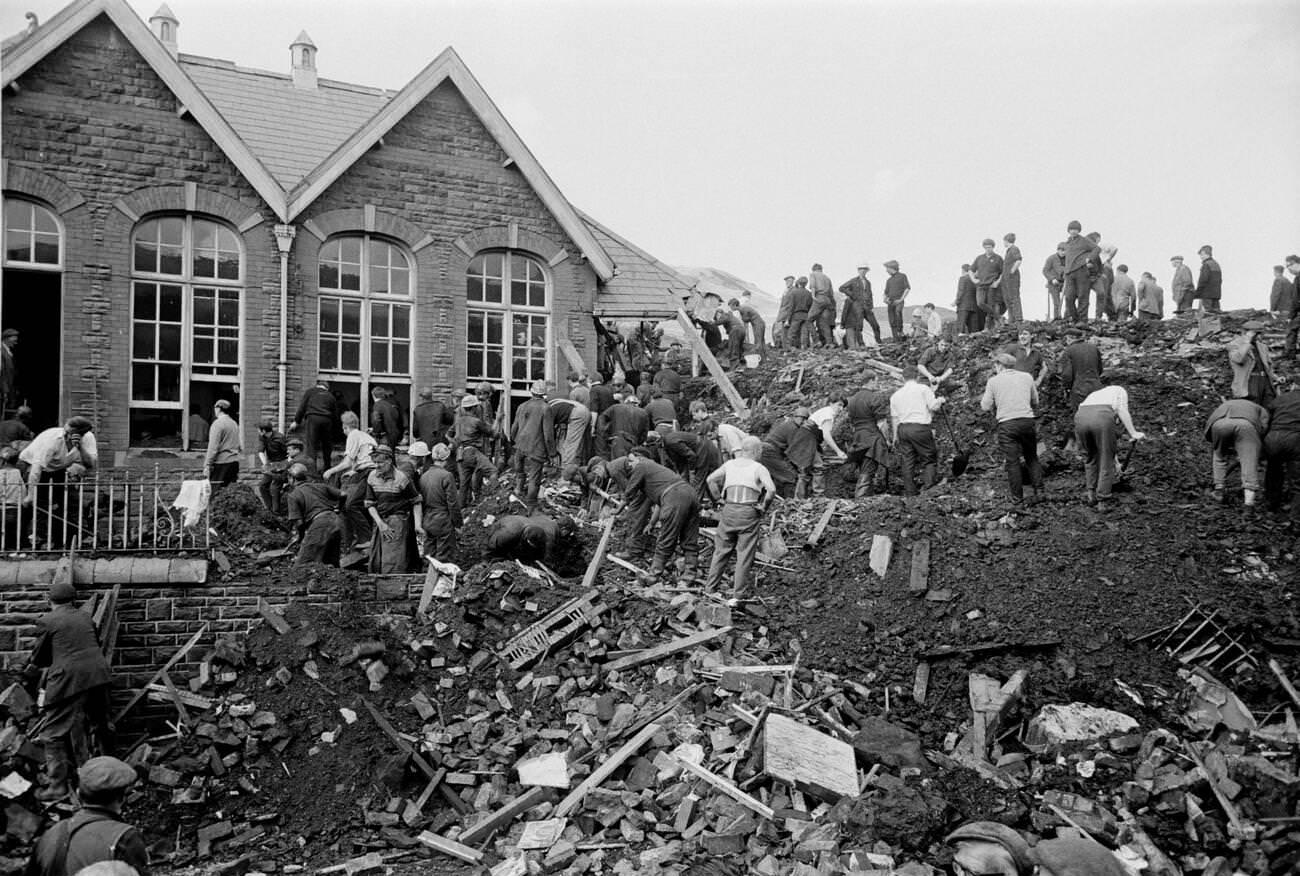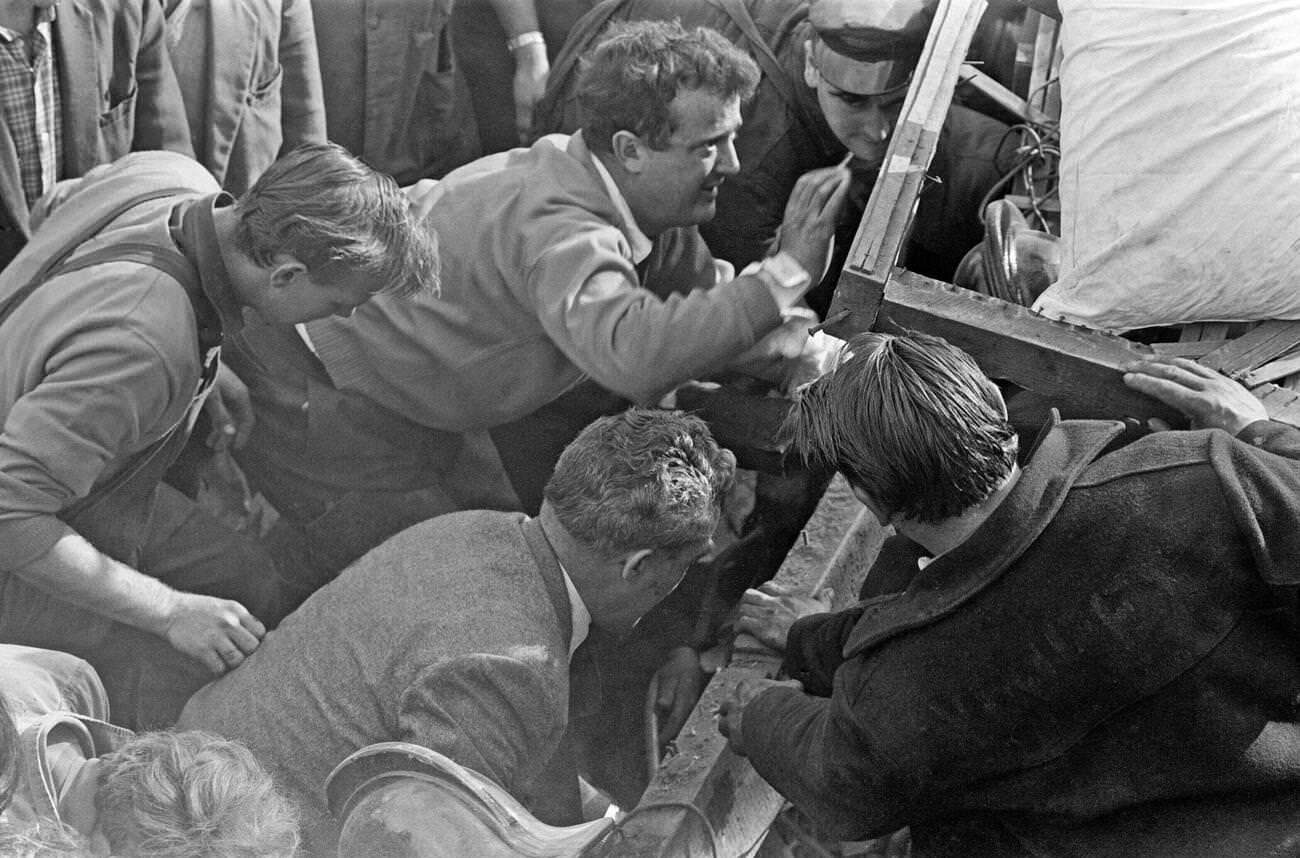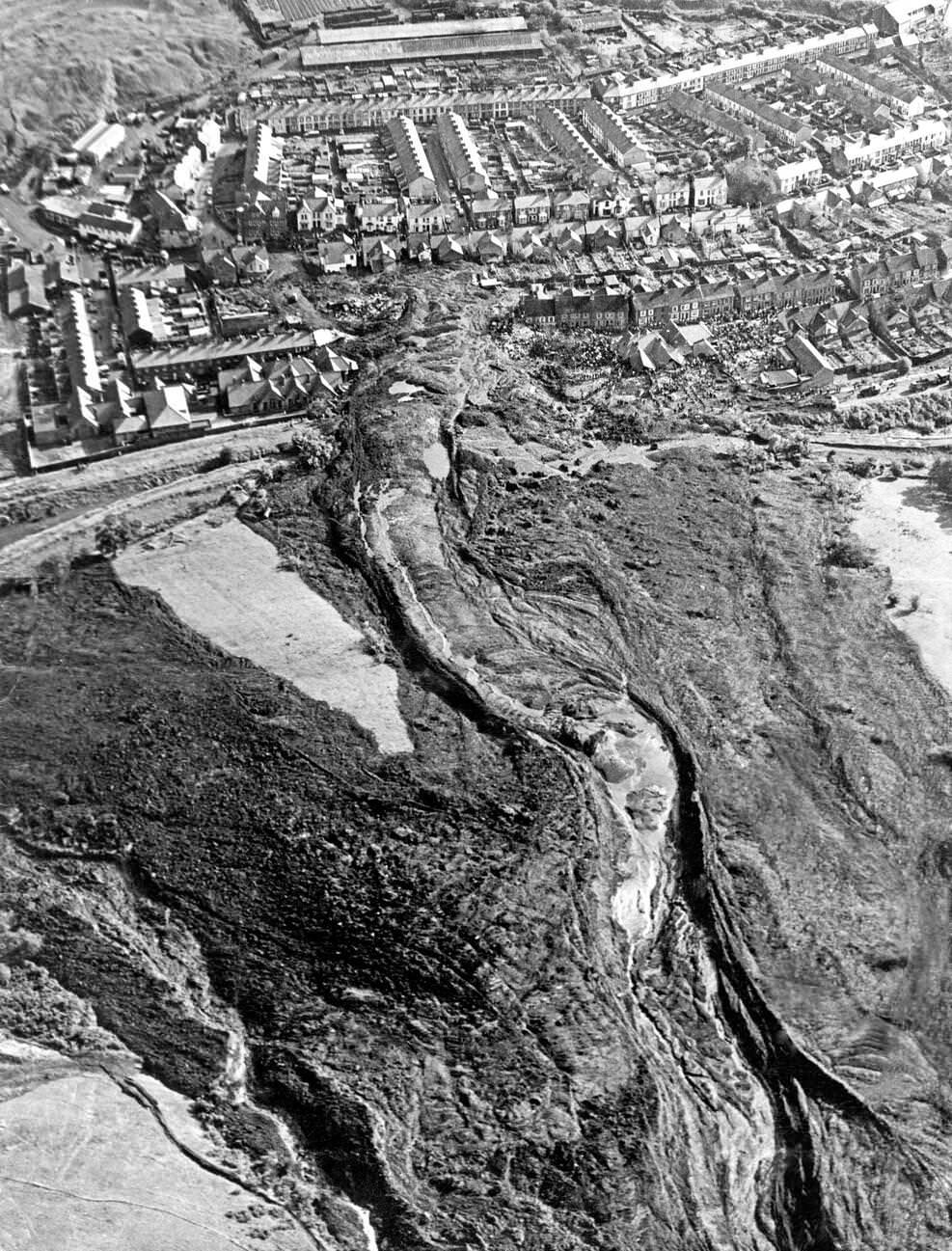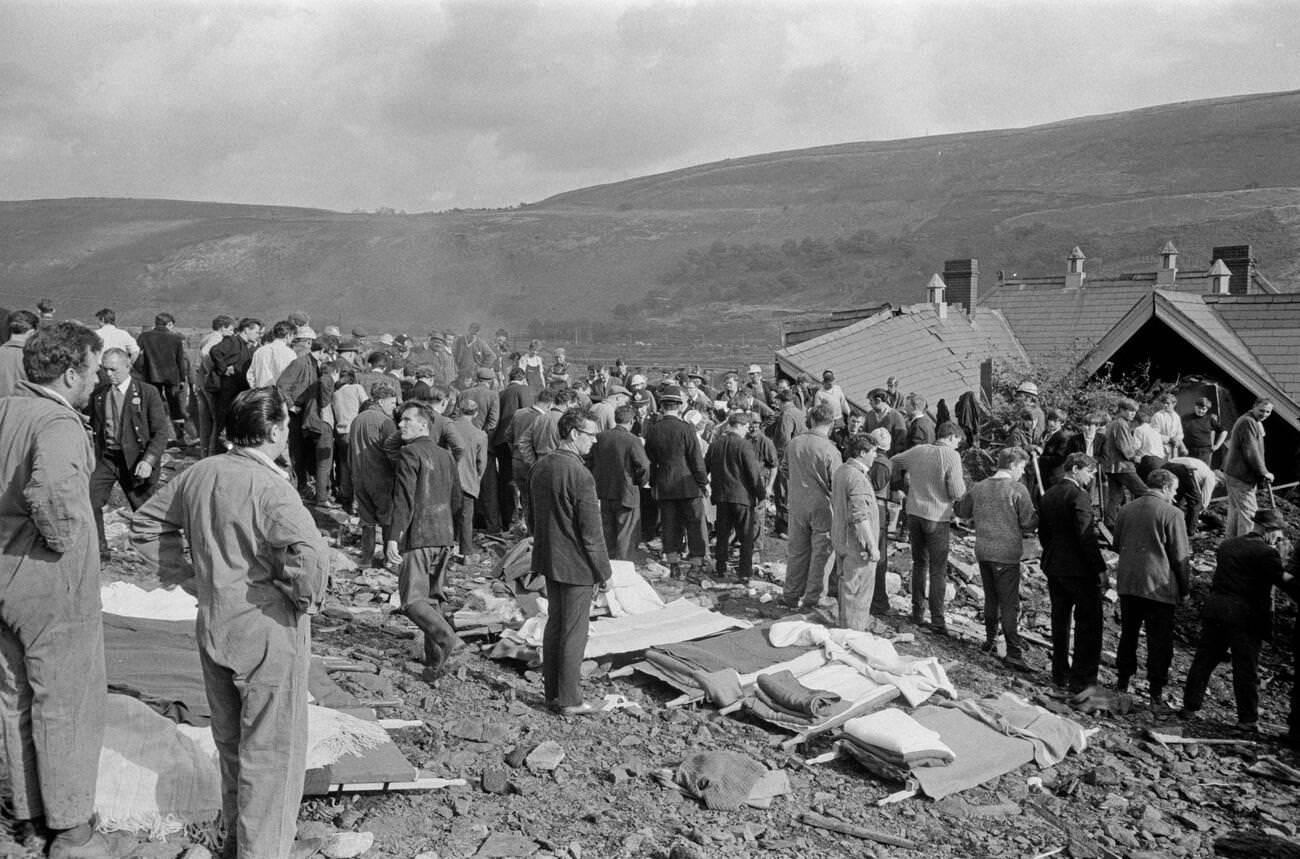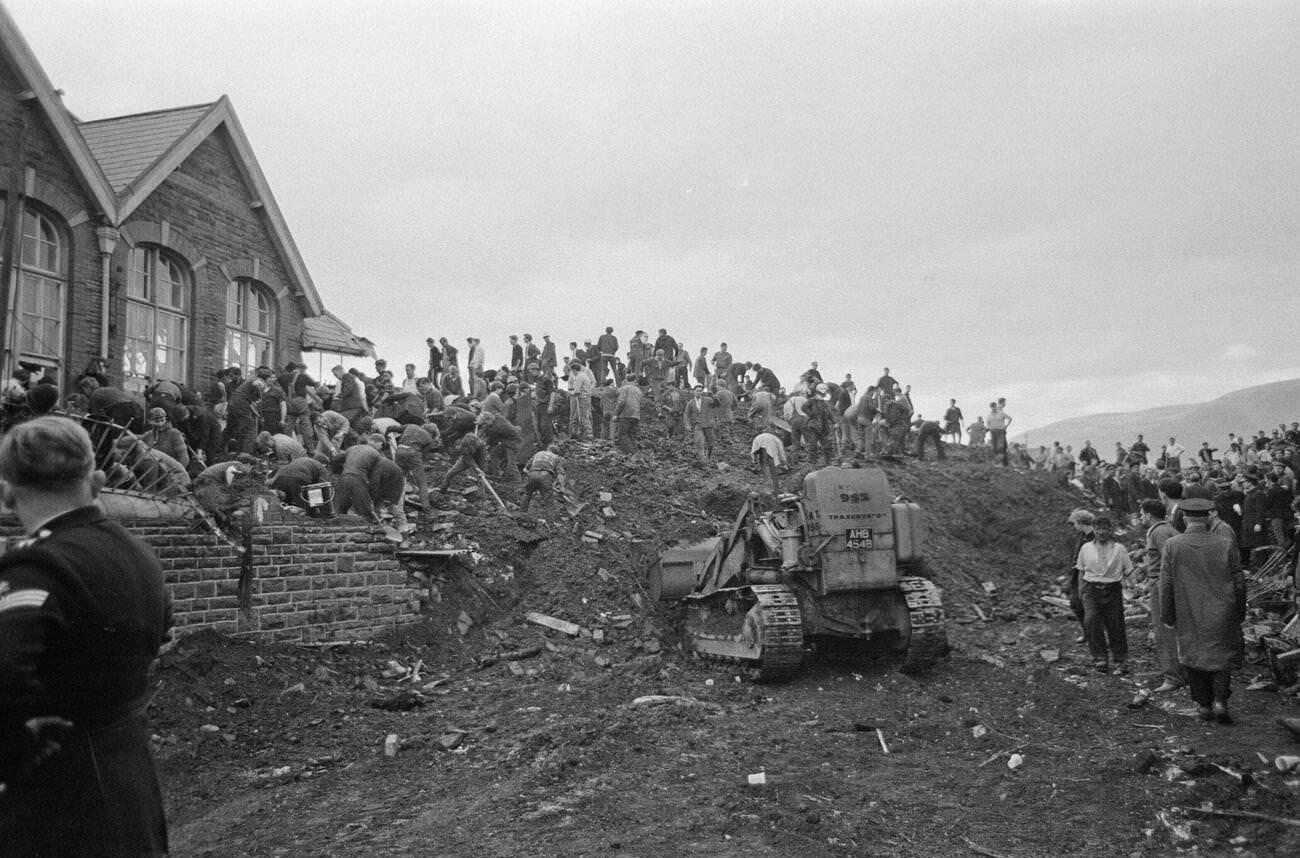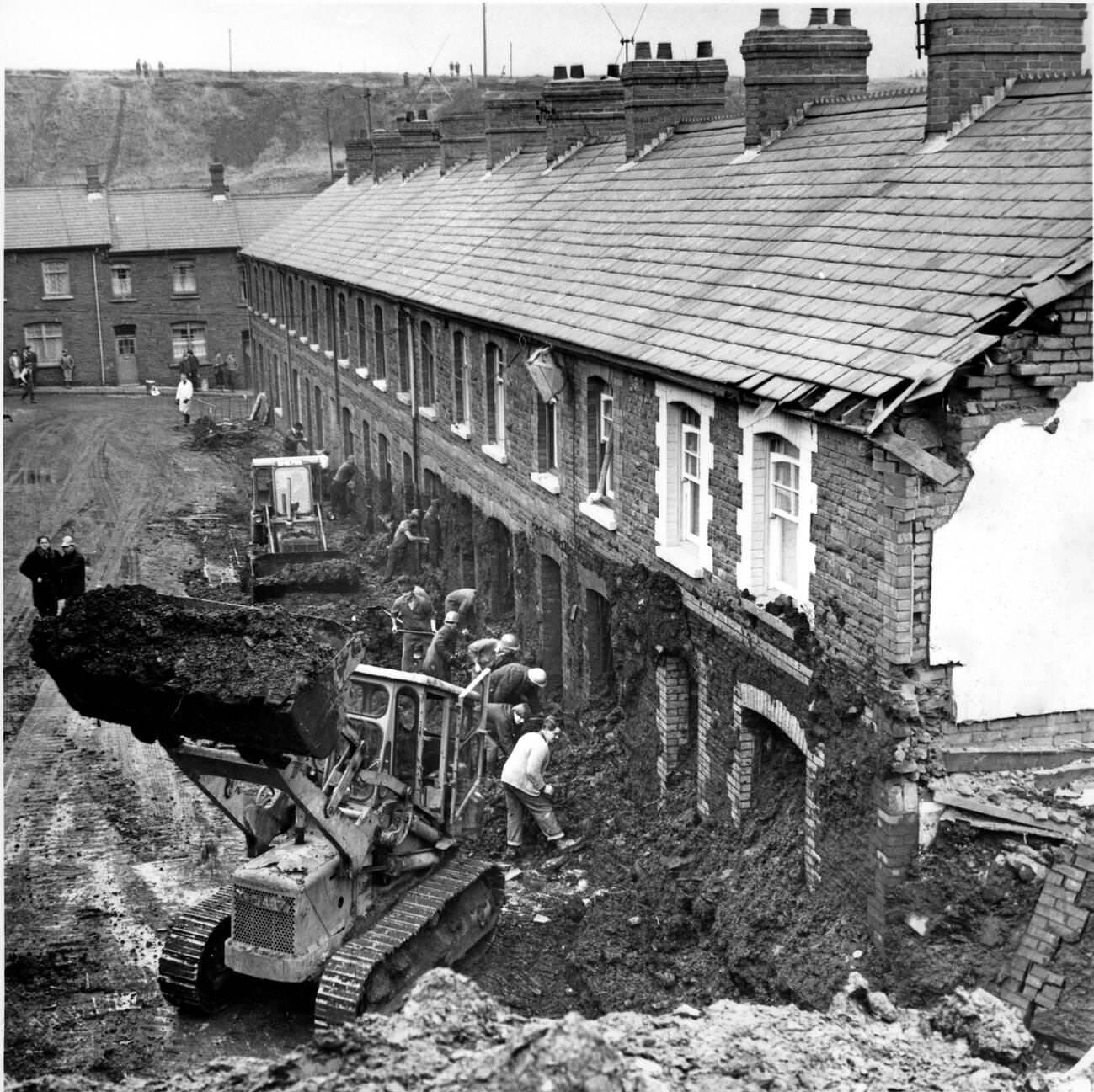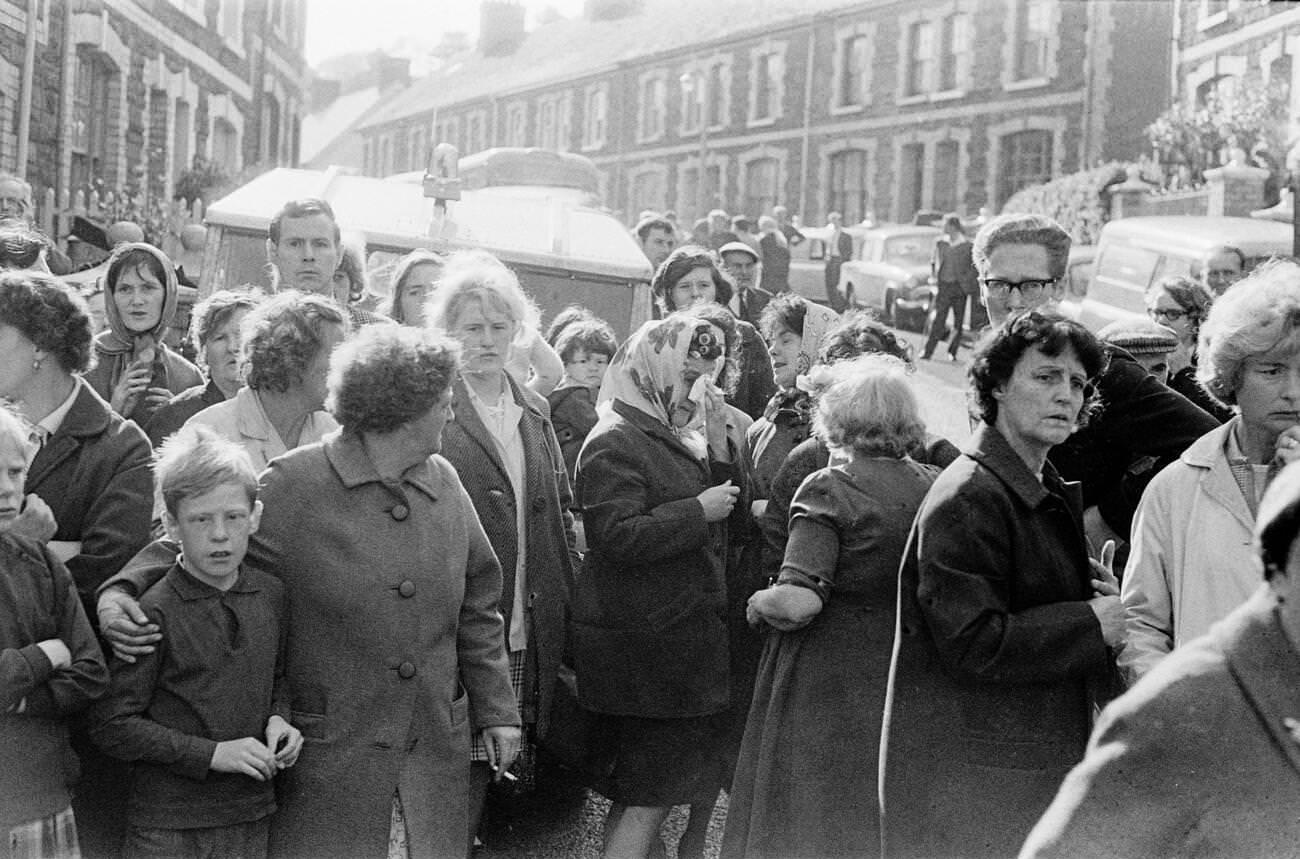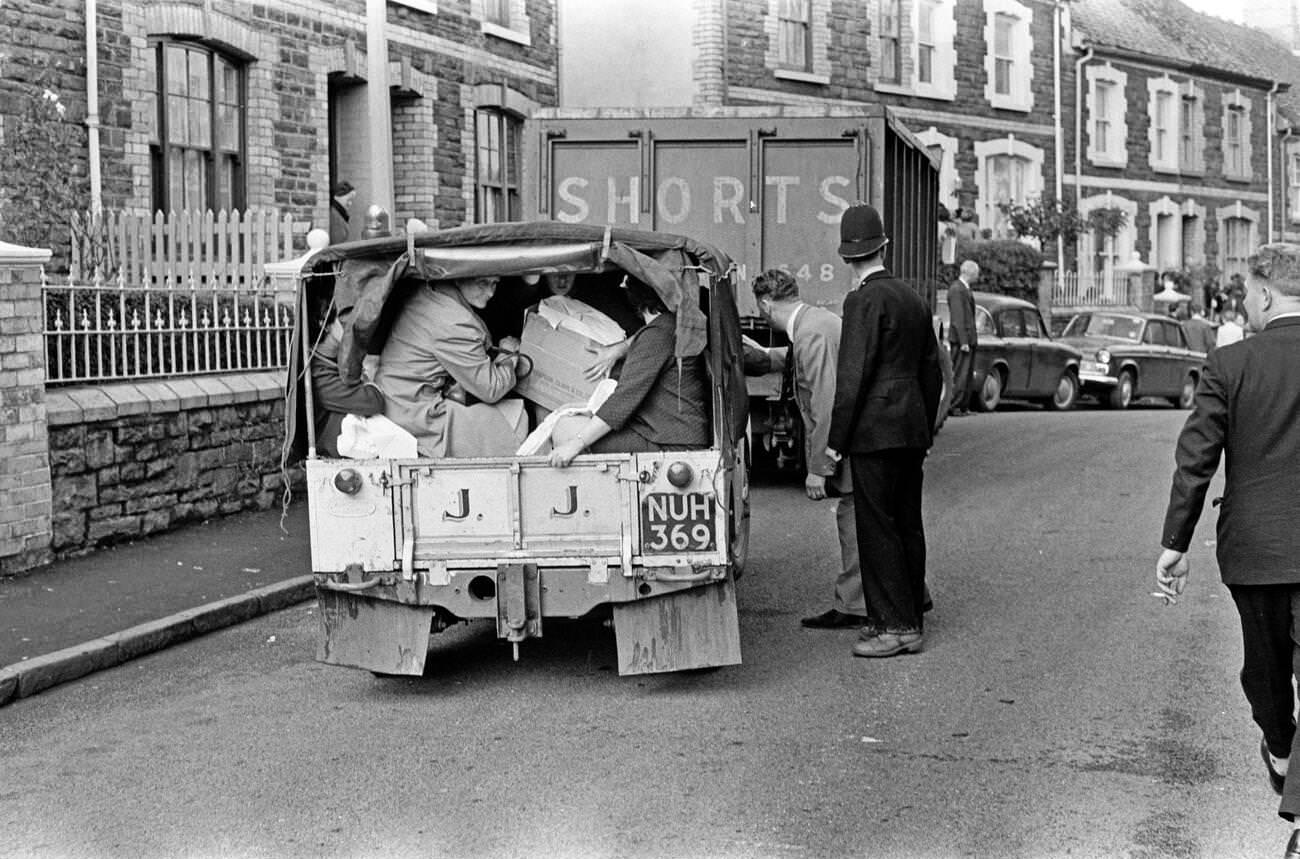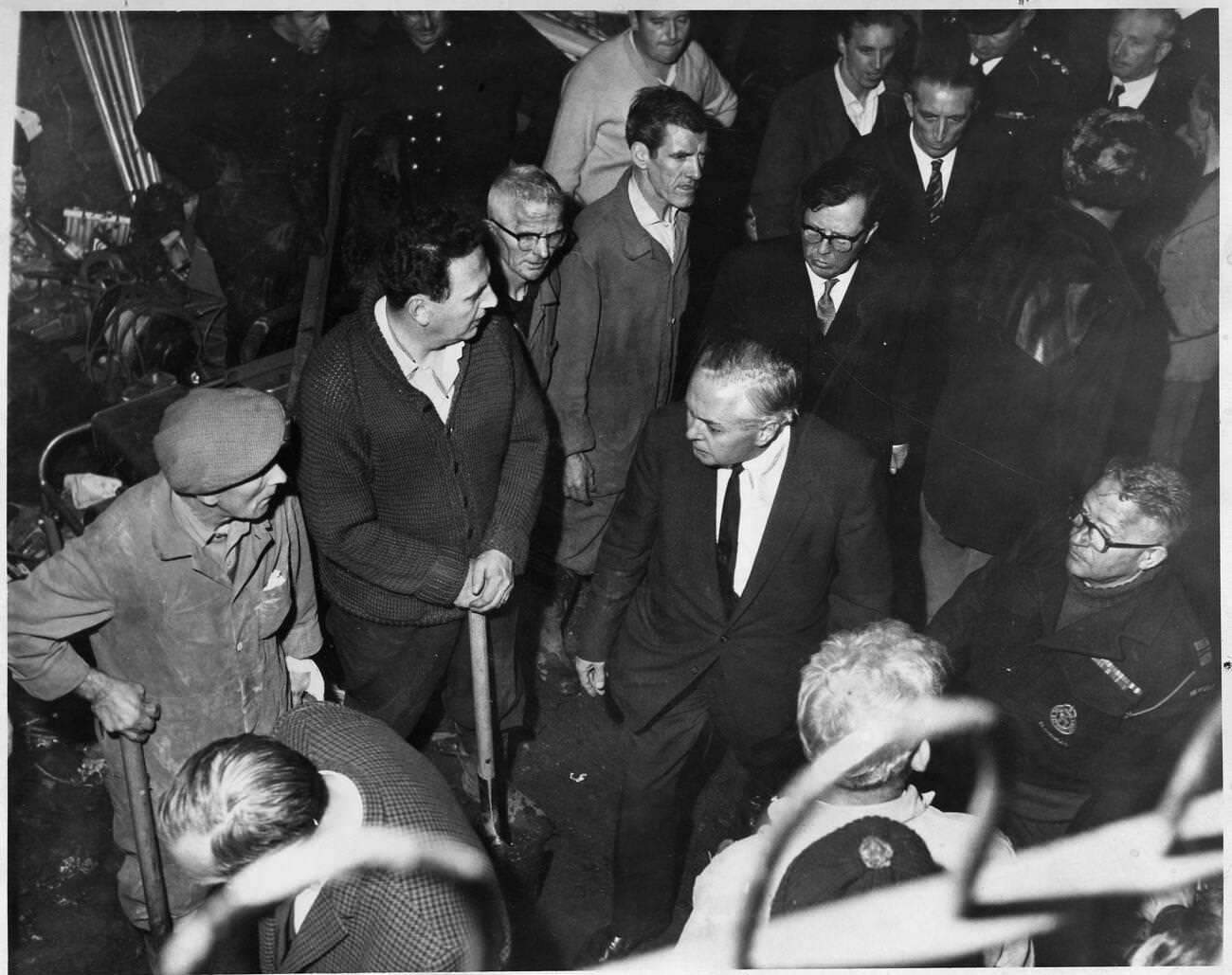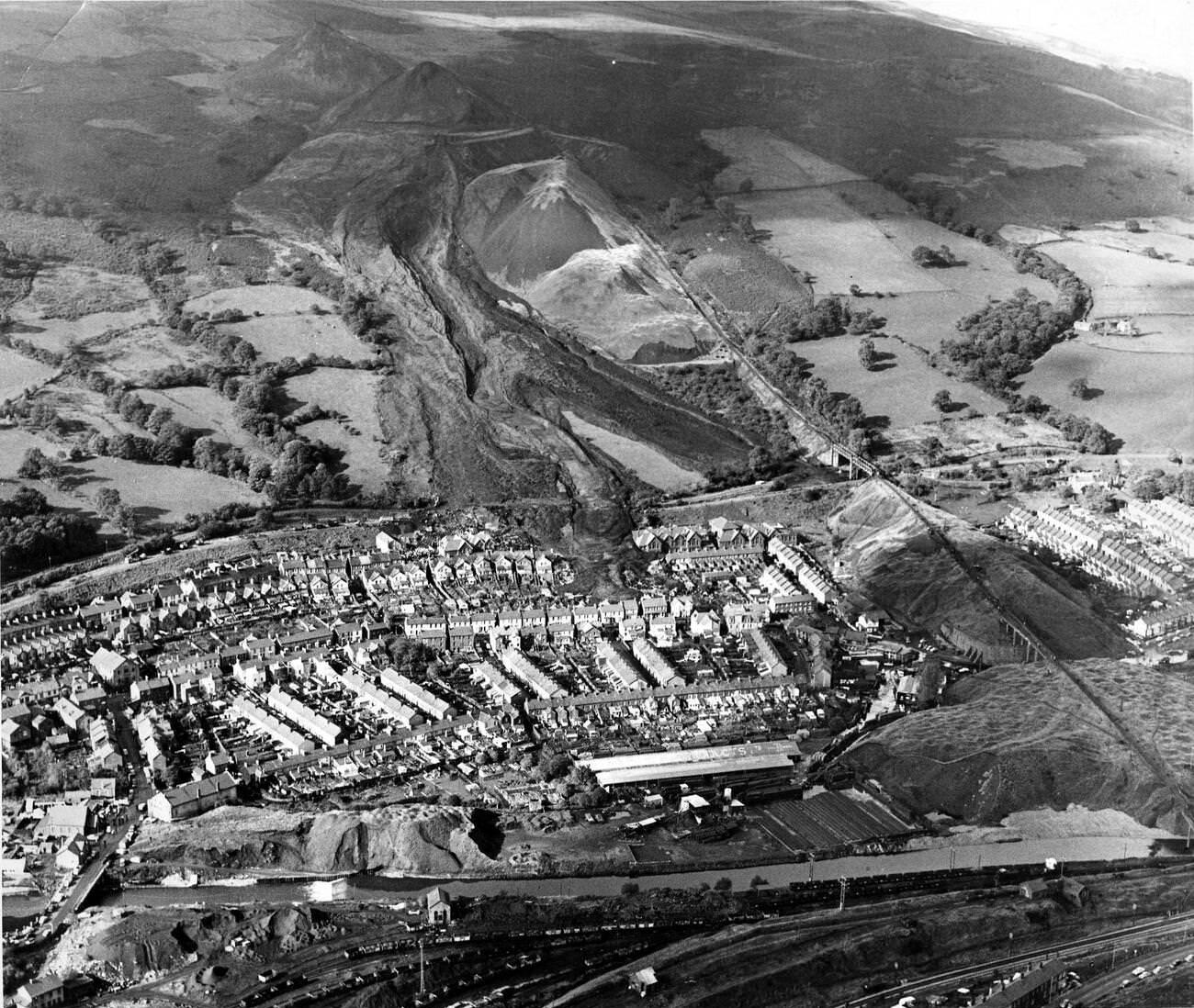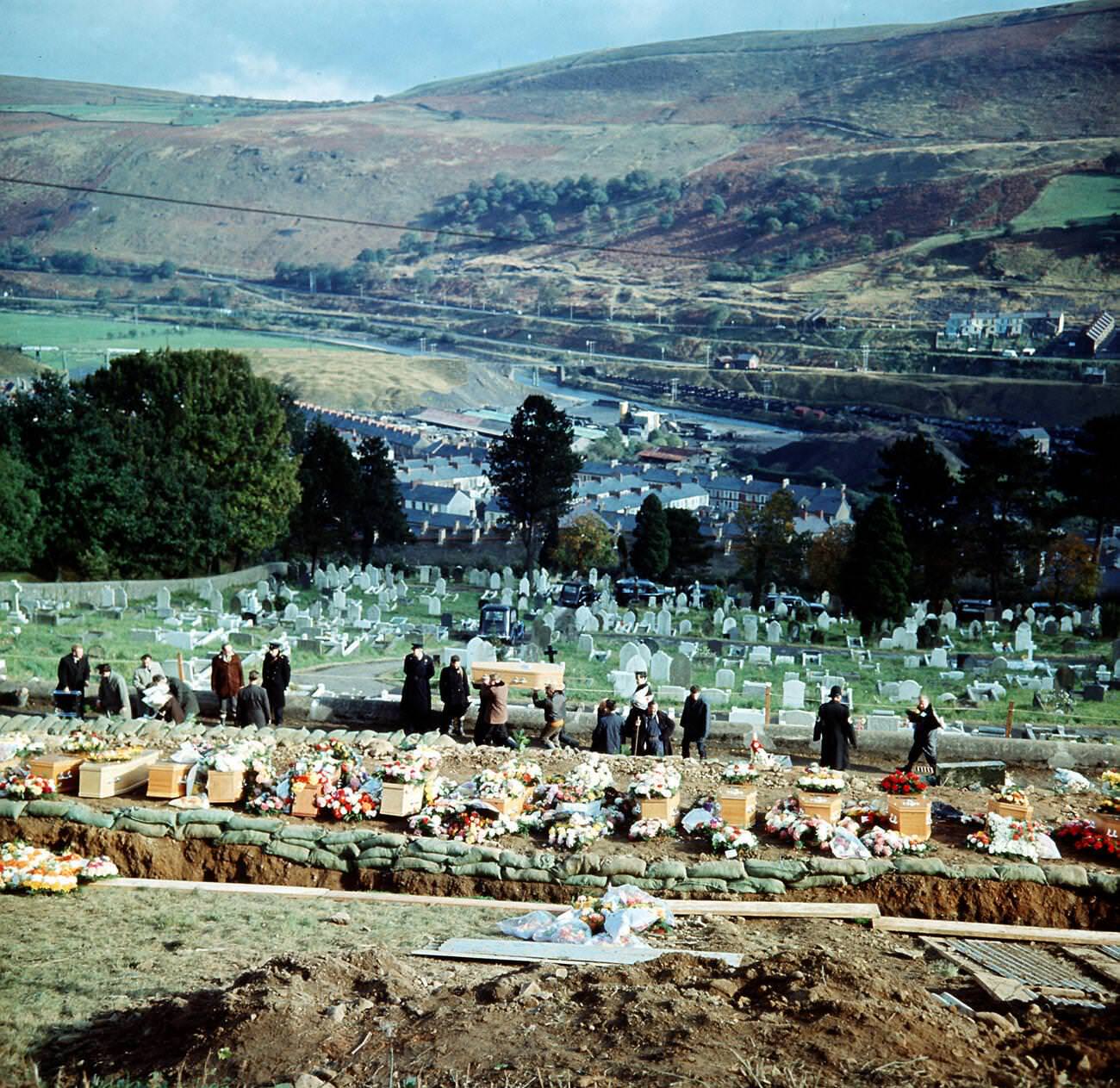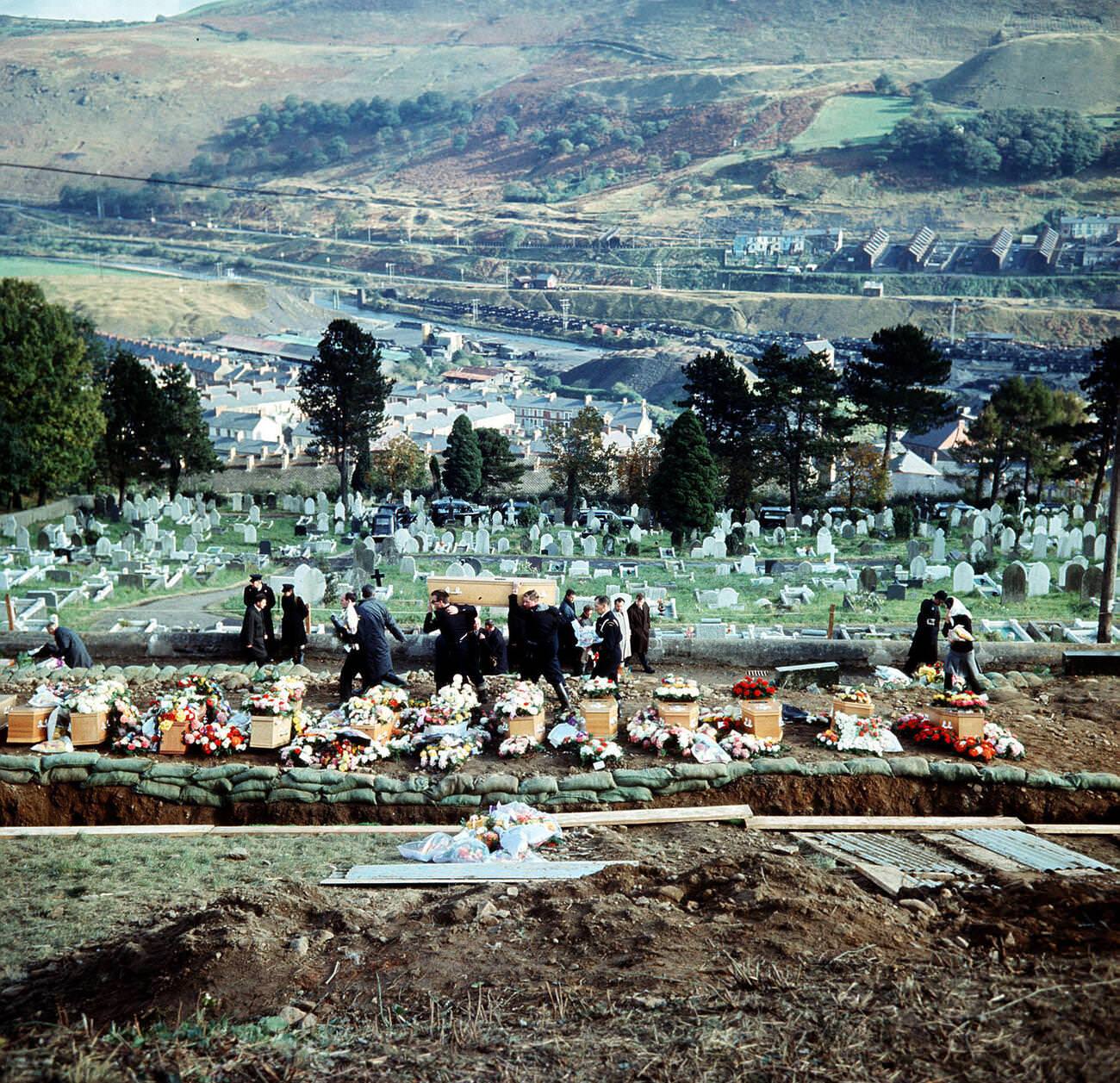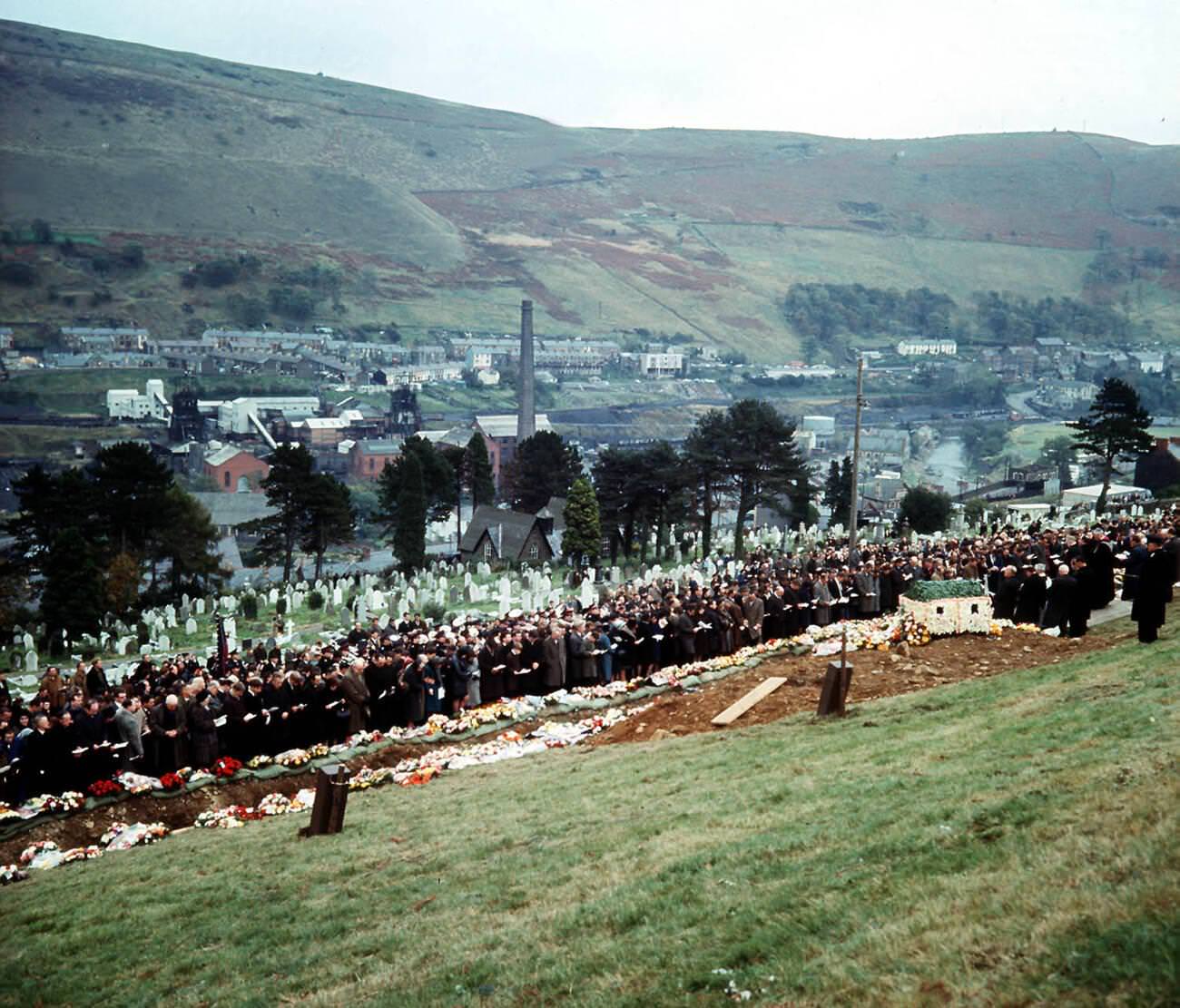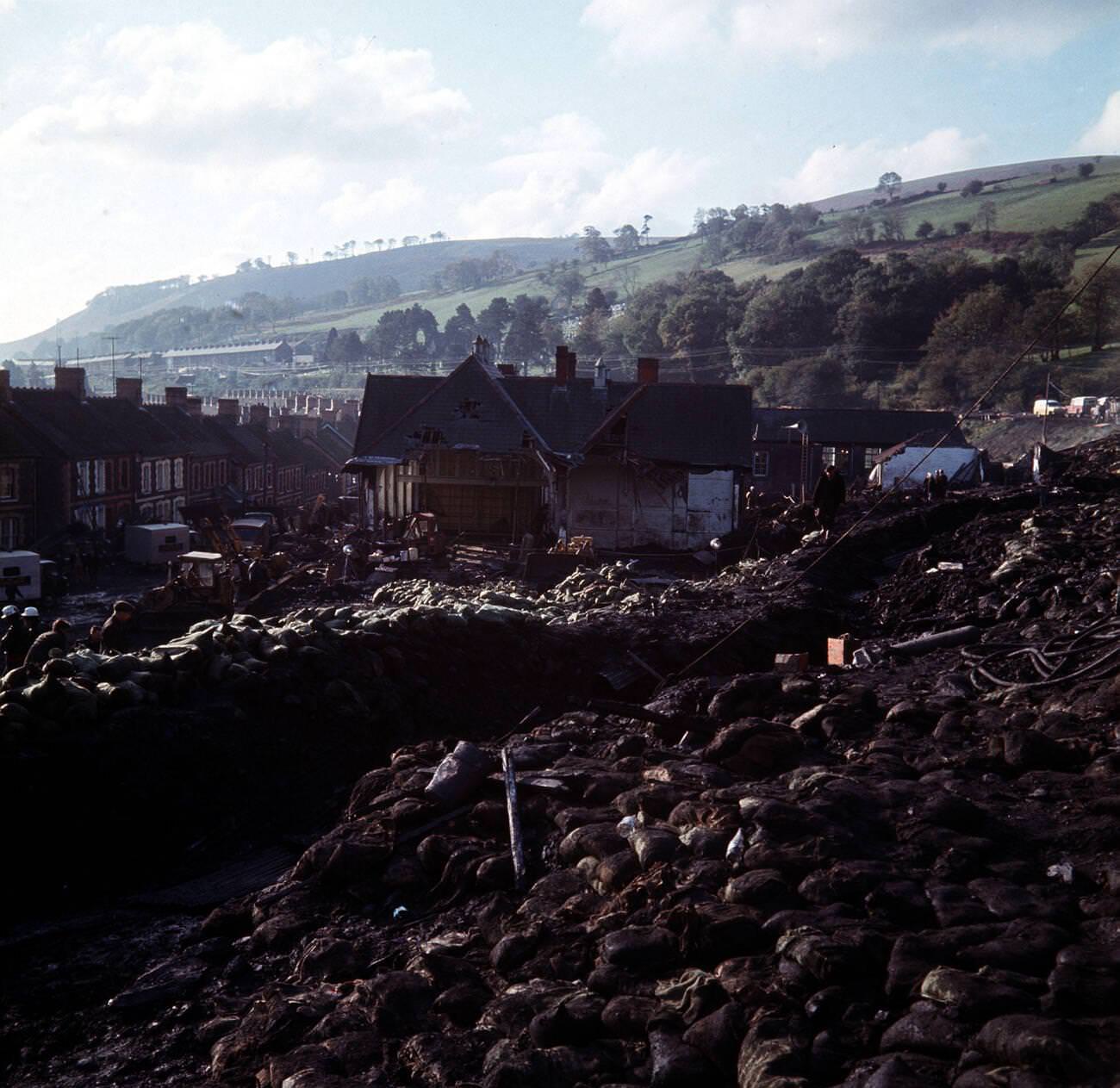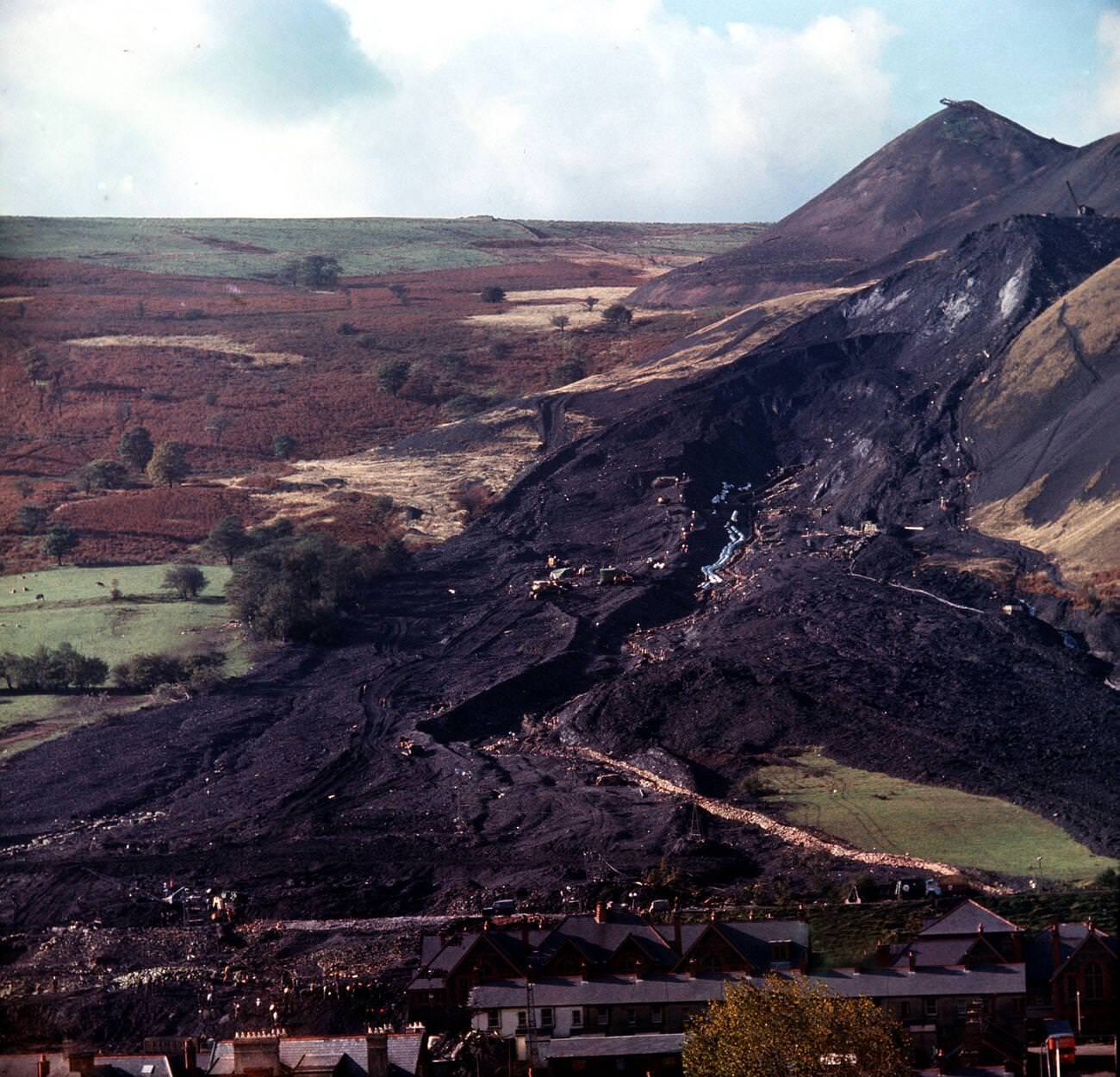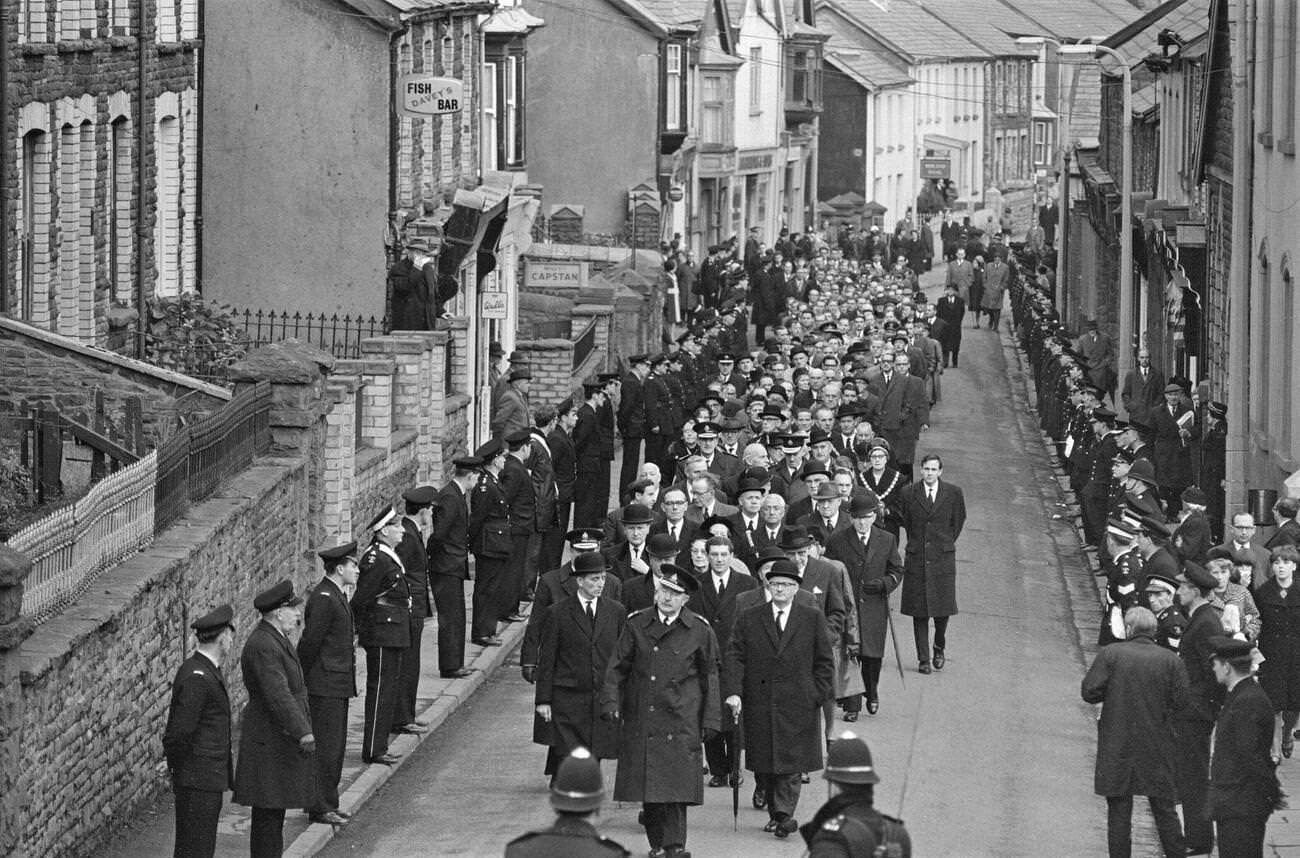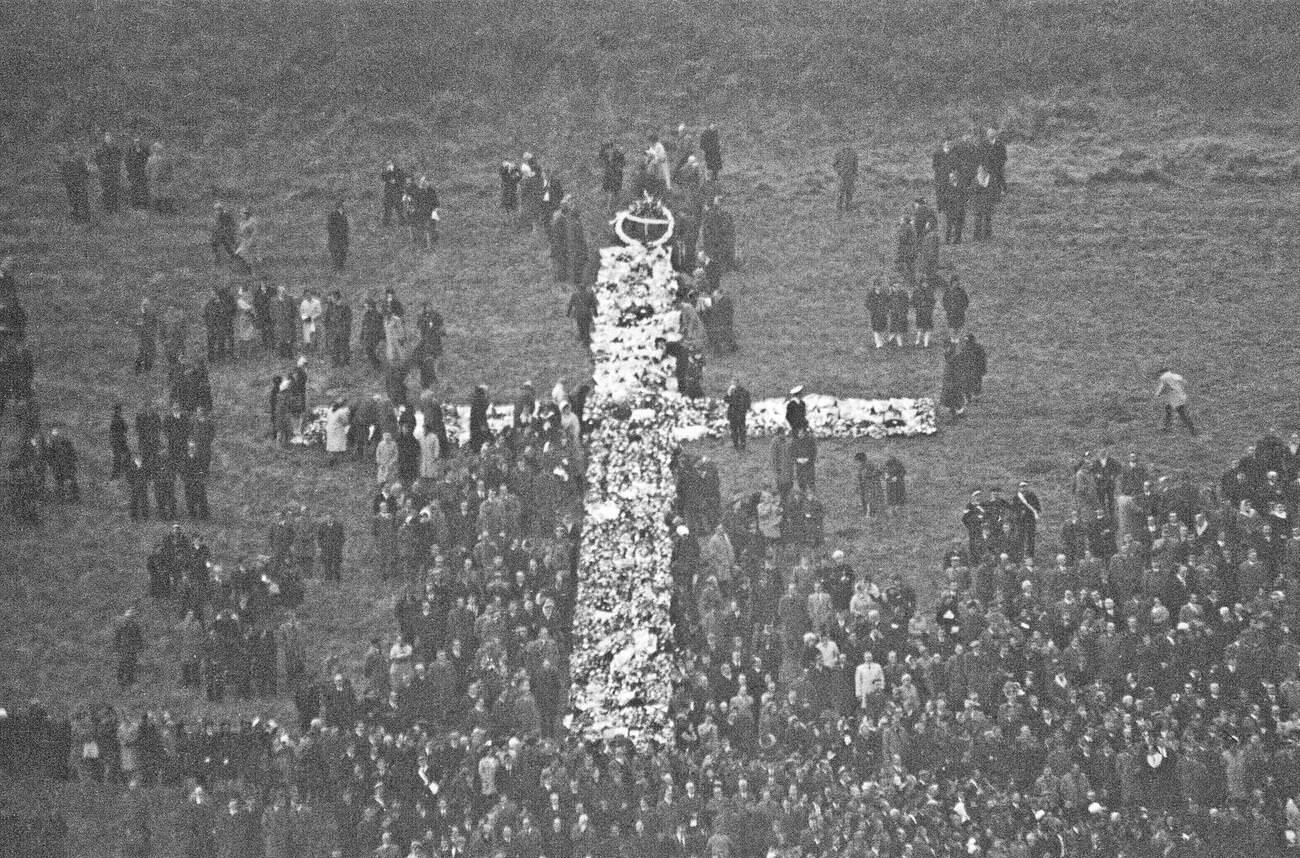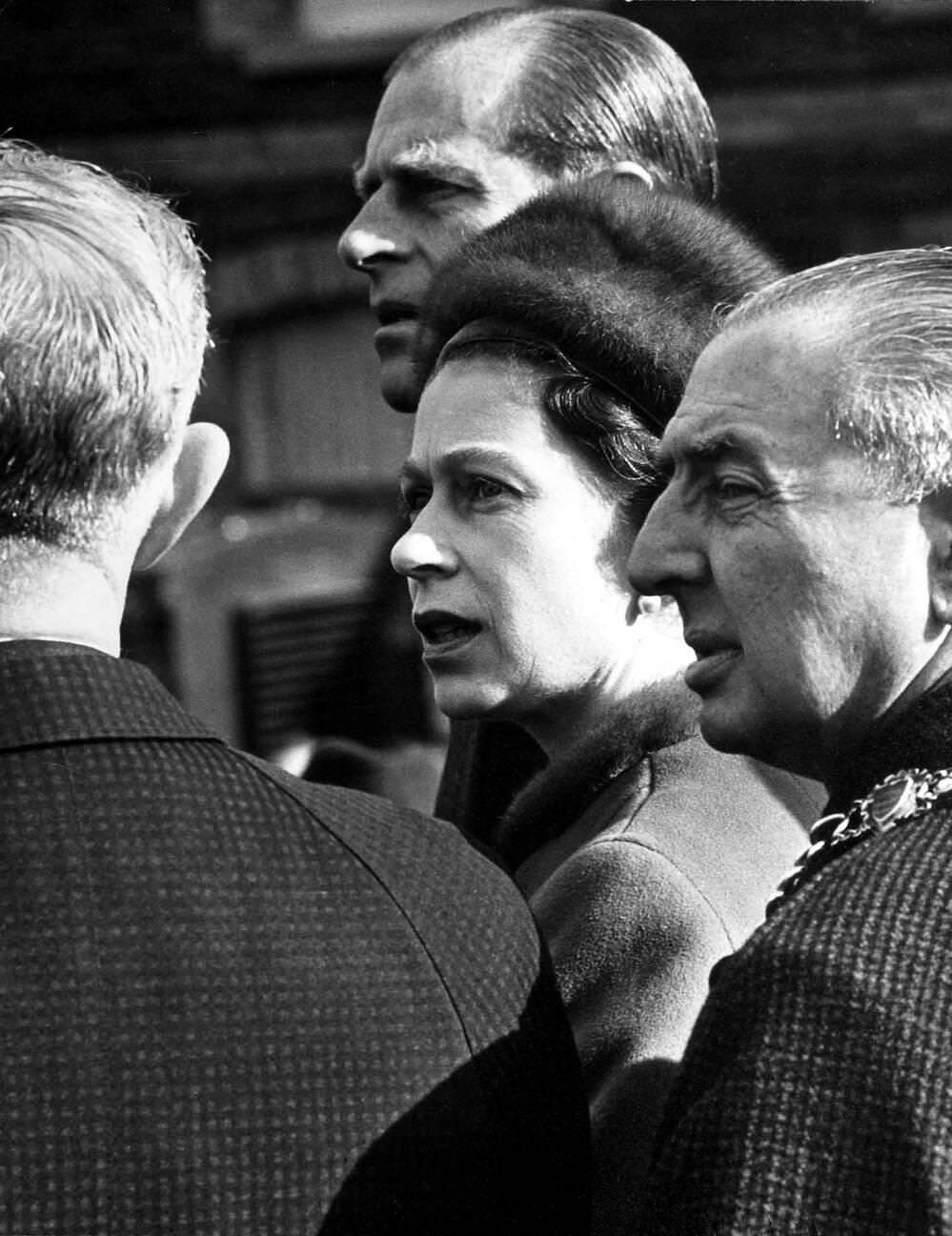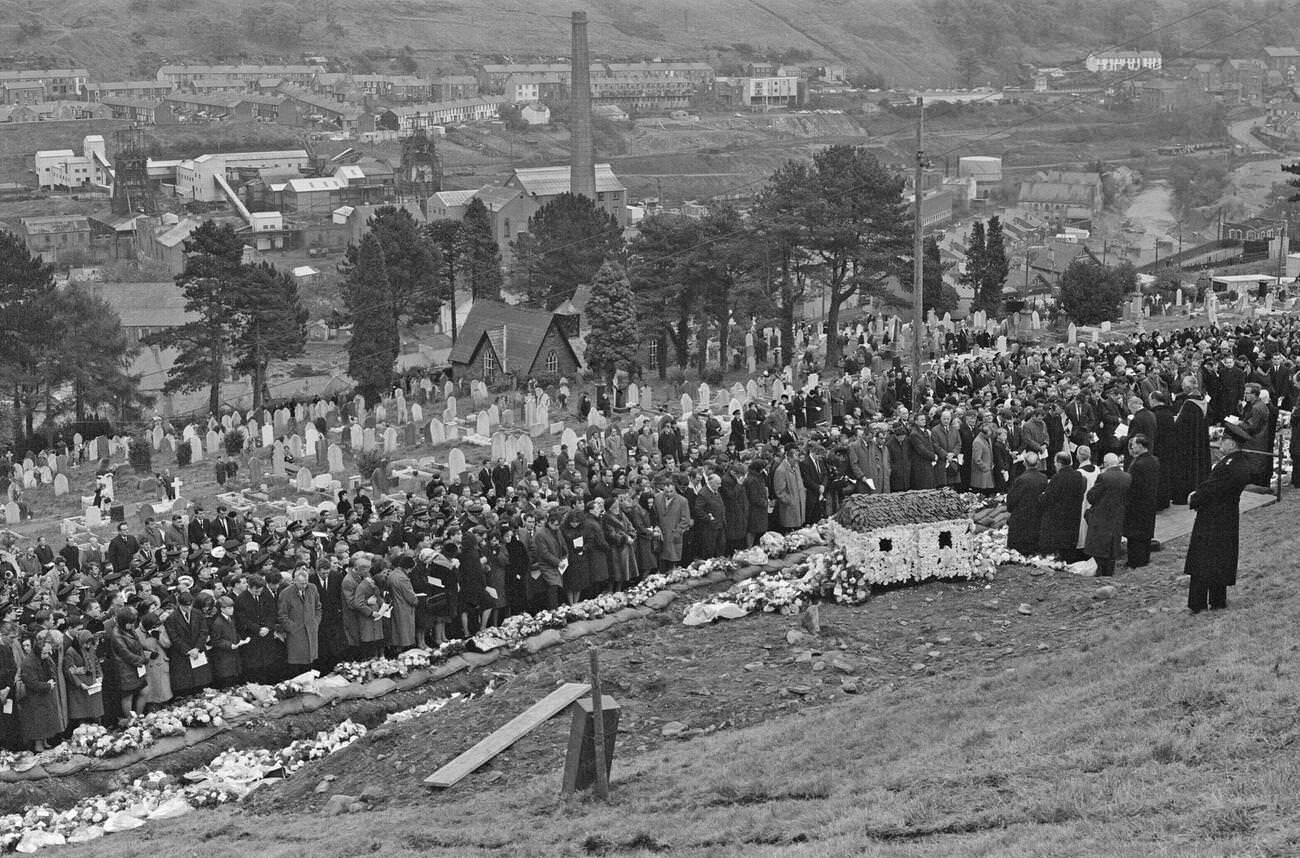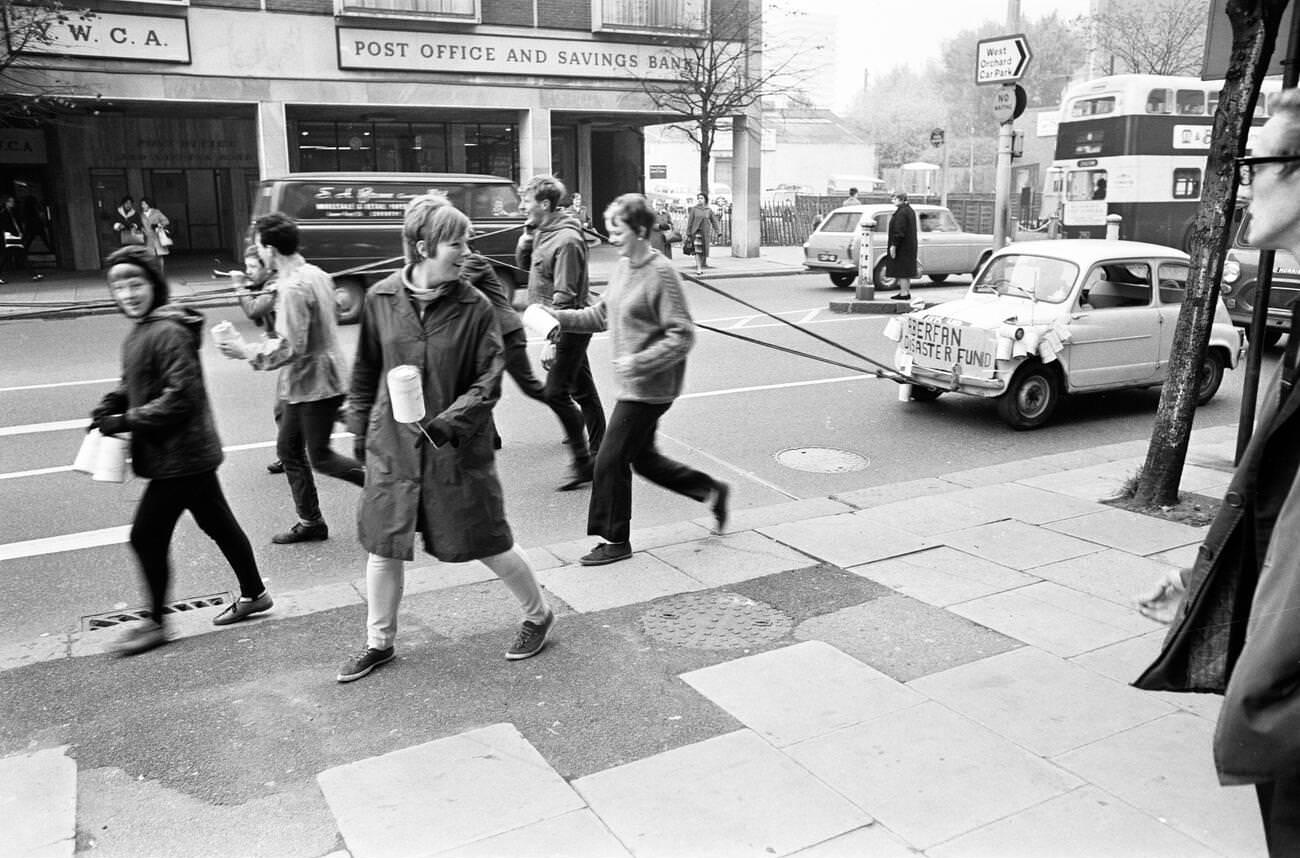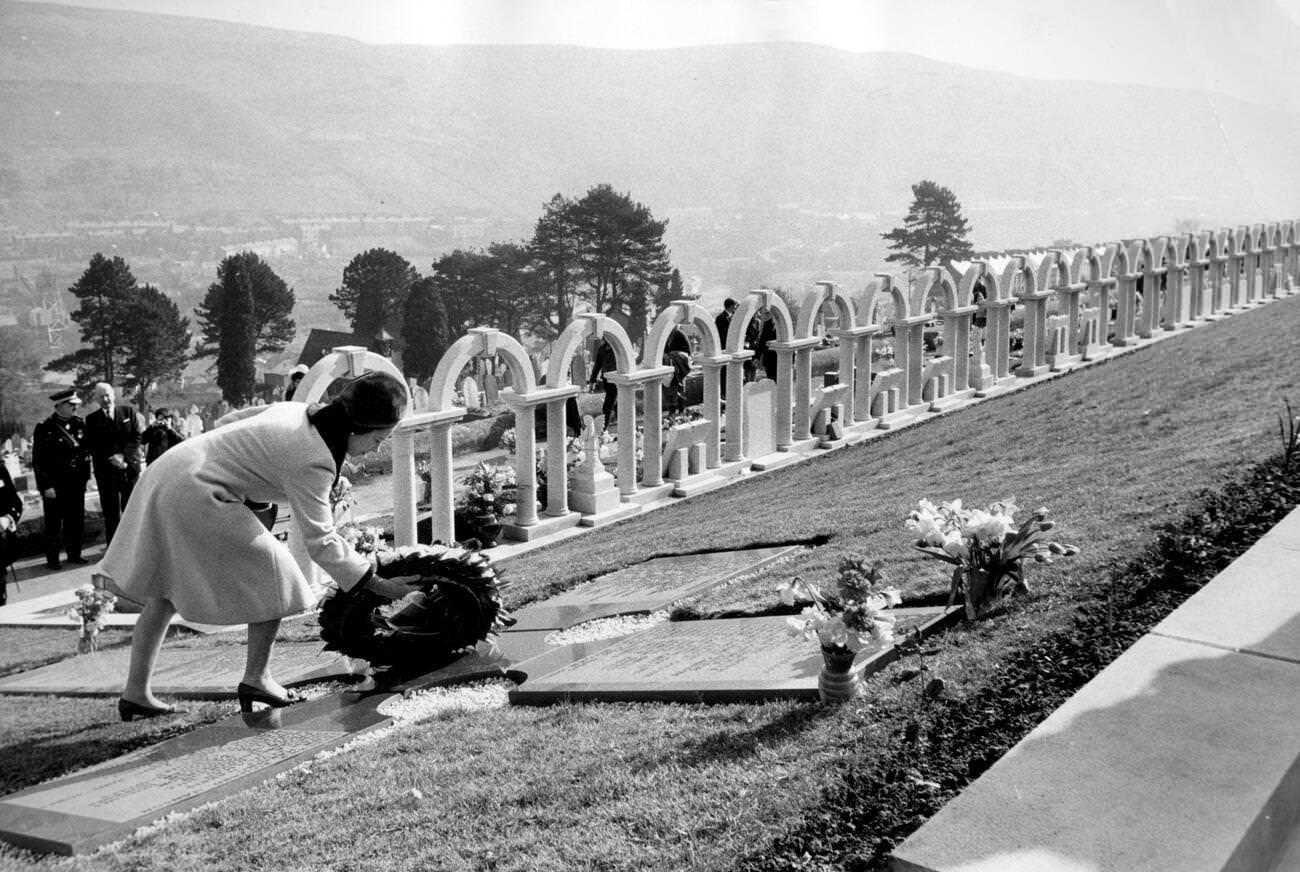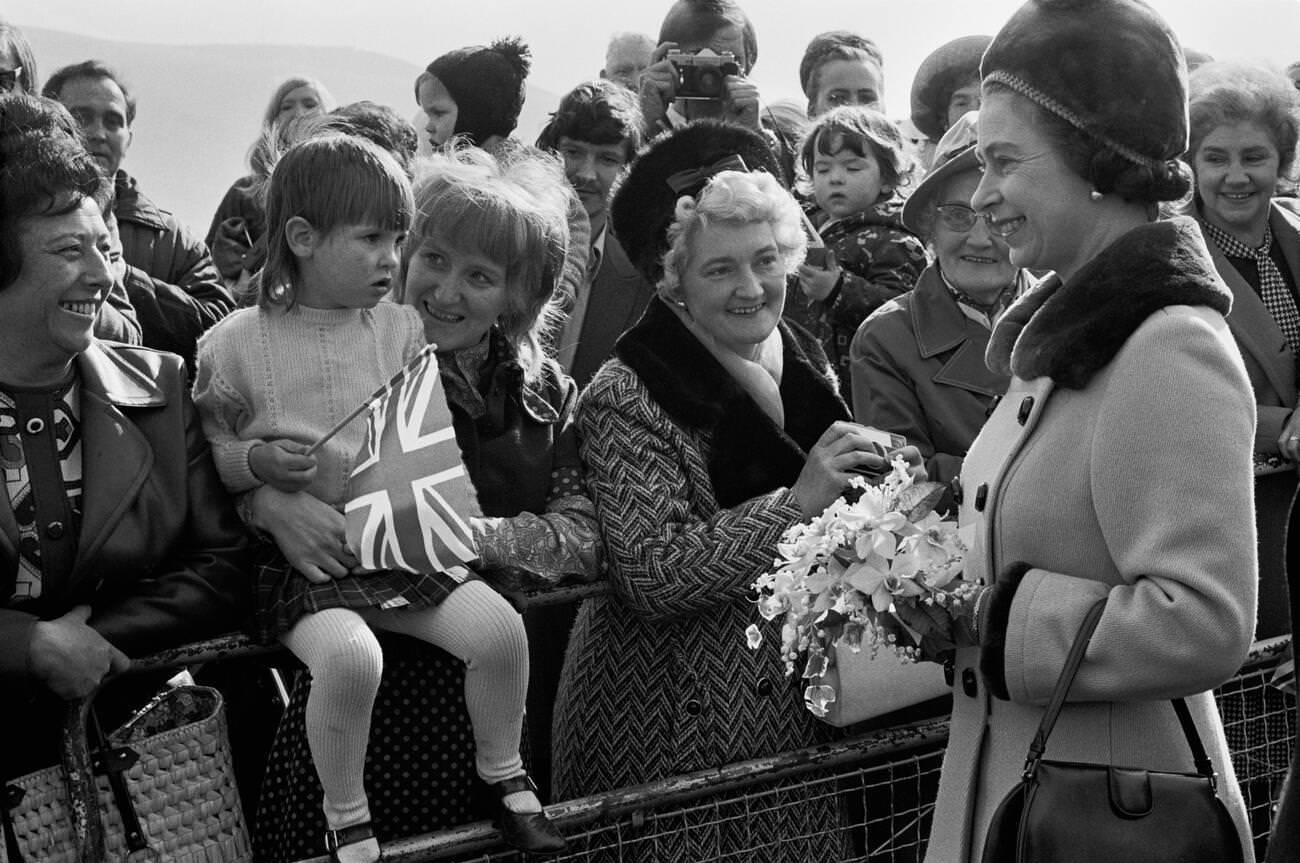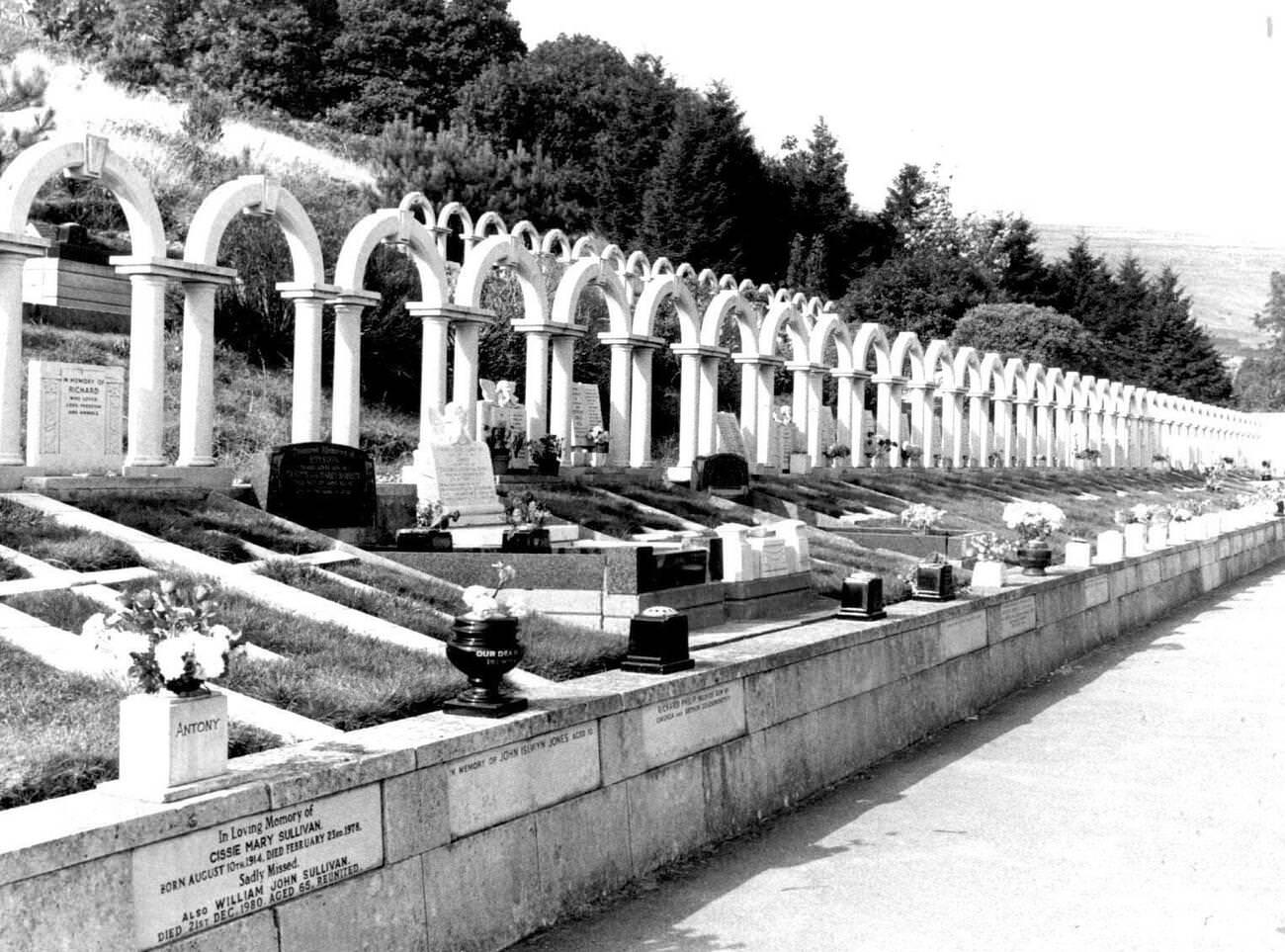On October 21, 1966, the small village of Aberfan in South Wales experienced a tragedy that would forever change its history. The Aberfan Disaster was one of the most heartbreaking events in Welsh history, claiming the lives of 144 people, most of them children. This disaster was caused by the collapse of a colliery spoil tip, a pile of waste material from the local coal mine, which slid down a mountainside and engulfed Pantglas Junior School and several houses.
The Setting of Aberfan
Aberfan was a mining village located near the Merthyr Vale Colliery, a coal mine that had been in operation since the late 1800s. The village was home to many miners and their families. Coal mining was the main source of employment and income in Aberfan. The Merthyr Vale Colliery had several spoil tips where waste material from the mining process was dumped. One of these tips, Tip Number 7, was located on a hillside above the village. This tip contained a mixture of shale, sandstone, and other waste materials from the mine.
The Build-Up to the Disaster
In the days leading up to the disaster, heavy rain had been falling in Aberfan. The rainwater had seeped into the spoil tip, making it unstable. Residents of the village had expressed concerns about the stability of the tips for years. They had noticed small landslides and movements in the spoil heaps. However, their concerns were largely ignored by the National Coal Board (NCB), the organization responsible for the coal mines and spoil tips.
Read more
On the morning of October 21, 1966, the rain continued to fall. At 9:15 AM, a massive section of Tip Number 7 gave way. More than 150,000 cubic meters of debris began to slide down the hillside. The slurry of coal waste moved quickly, gaining speed and force as it descended. The residents of Aberfan had little warning of the impending disaster.
The Impact on Pantglas Junior School
Pantglas Junior School was located at the base of the hillside, directly in the path of the sliding spoil tip. The school day had just begun, and the children were in their classrooms. As the avalanche of waste approached the village, it struck the school with immense force. The walls of the classrooms were no match for the powerful surge of debris. Within seconds, the classrooms were filled with thick sludge, trapping students and teachers inside.
The disaster claimed the lives of 116 children and 28 adults. Many of the children who perished were between the ages of 7 and 10. The village of Aberfan was plunged into mourning. Parents, relatives, and rescue workers frantically dug through the debris, hoping to find survivors. Sadly, few were found.
The Immediate Aftermath
The response to the disaster was swift. Local miners, police officers, firefighters, and volunteers rushed to the scene to assist in the rescue efforts. Despite their best efforts, the scale of the destruction made it difficult to save those trapped beneath the rubble. The sight of the ruined school and the grief-stricken parents became etched in the memories of all who witnessed the scene.
News of the disaster spread quickly, and soon, the entire nation was aware of the tragedy. Messages of sympathy and offers of assistance poured in from across the United Kingdom and beyond. The government launched an inquiry into the cause of the disaster, seeking to understand how such a catastrophe could have occurred.
The Tribunal of Inquiry
The Tribunal of Inquiry into the Aberfan Disaster was set up to investigate the causes and responsibilities associated with the disaster. The inquiry, chaired by Lord Justice Edmund Davies, began its proceedings on November 2, 1966. The tribunal heard testimonies from a wide range of witnesses, including residents, experts, and officials from the National Coal Board.
The inquiry revealed that the disaster was not a natural occurrence but rather a man-made catastrophe. It was found that the National Coal Board had been aware of the instability of Tip Number 7 for several years. The NCB had ignored warnings and failed to take action to prevent the disaster. The inquiry concluded that the NCB was responsible for the disaster due to its negligence and disregard for safety.
The Role of the National Coal Board
The National Coal Board was heavily criticized for its role in the disaster. The inquiry report stated that the NCB had shown “bungling ineptitude” and a “lamentable lack of foresight.” The organization had failed to conduct proper assessments of the spoil tips and had ignored the concerns of the villagers. The inquiry’s findings led to significant changes in the regulation and management of spoil tips and mining operations across the UK.
The NCB was ordered to pay compensation to the families of the victims and to the village of Aberfan. However, the process of compensation was slow and often insufficient. The grief and anger of the community were compounded by the NCB’s inadequate response to their needs.
Despite the immense loss and grief, the community of Aberfan support one another in the wake of the disaster. Memorial services were held, and a fund was established to help the families affected by the tragedy. The Aberfan Disaster Memorial Fund received donations from around the world, providing financial assistance to the bereaved families and helping to rebuild the community.
In the years following the disaster, Aberfan continued to remember and honor those who lost their lives. Memorials were erected, and annual remembrance services were held to ensure that the victims were never forgotten. The disaster had a lasting impact on the village, but it also demonstrated the strength and solidarity of the Aberfan community.
The Aberfan Disaster had far-reaching consequences beyond the village itself. It led to significant changes in the regulation and management of coal mining operations in the UK. The government introduced stricter safety regulations and established new procedures for the assessment and management of spoil tips. These measures were designed to prevent similar tragedies from occurring in the future.
The disaster also highlighted the importance of listening to and addressing the concerns of local communities. The voices of the Aberfan residents had been ignored, with tragic consequences. The inquiry emphasized the need for greater accountability and responsiveness from organizations like the National Coal Board.
Today, the memory of the Aberfan Disaster remains strong. The village has preserved the stories of those who were lost and the lessons learned from the tragedy. The Aberfan Memorial Garden stands as a poignant reminder of the lives cut short and the enduring spirit of the community. Visitors to Aberfan can pay their respects and learn about the disaster through the memorials and exhibits that commemorate this devastating event.


